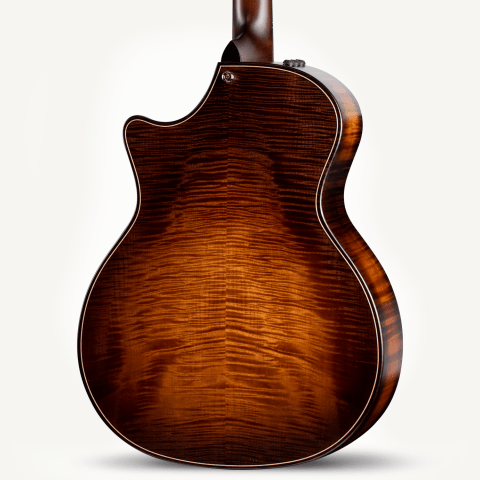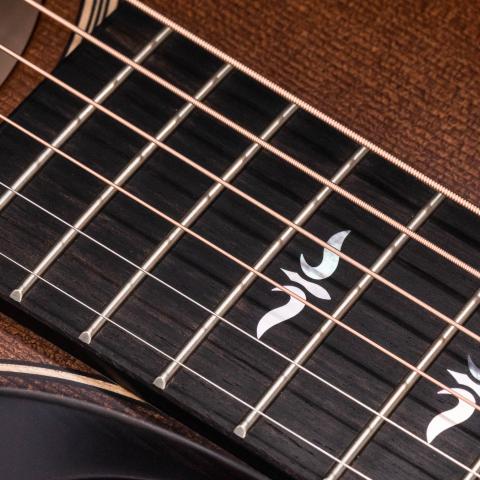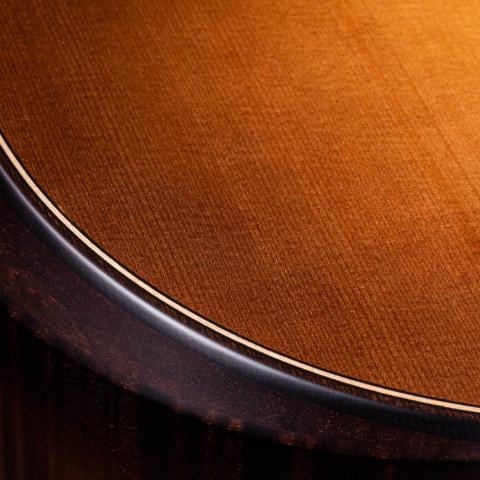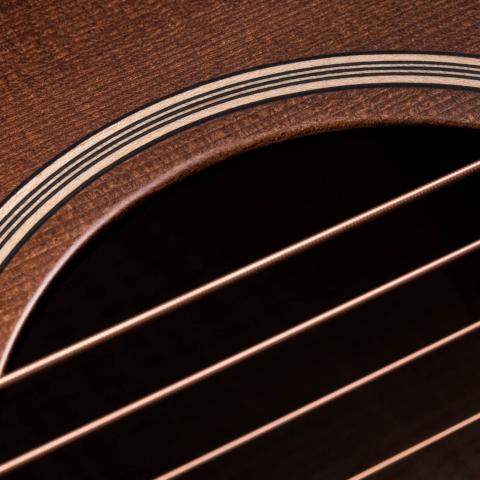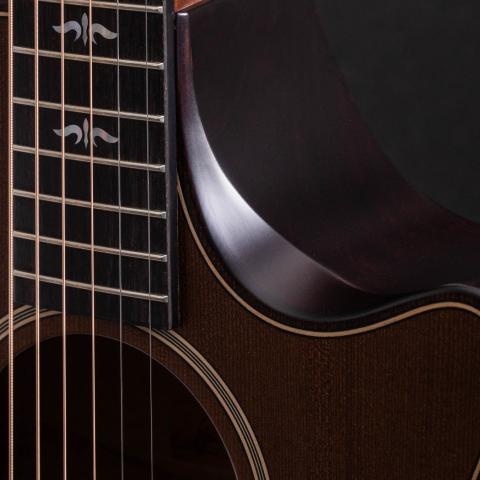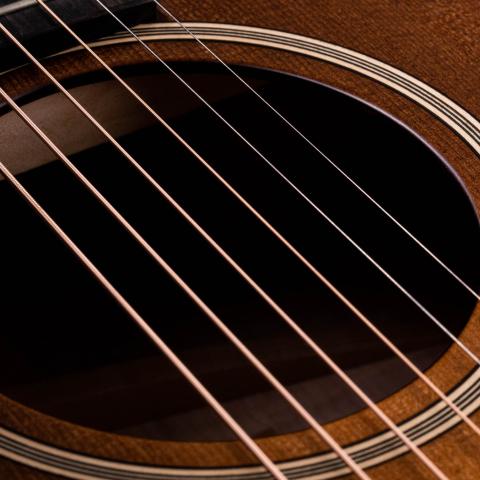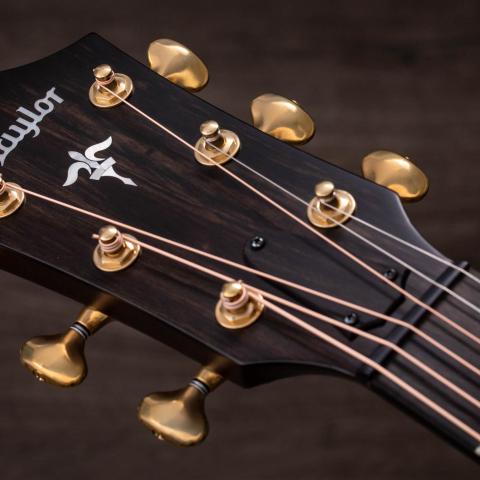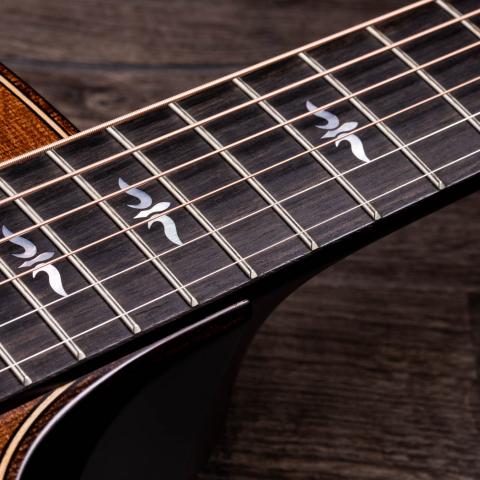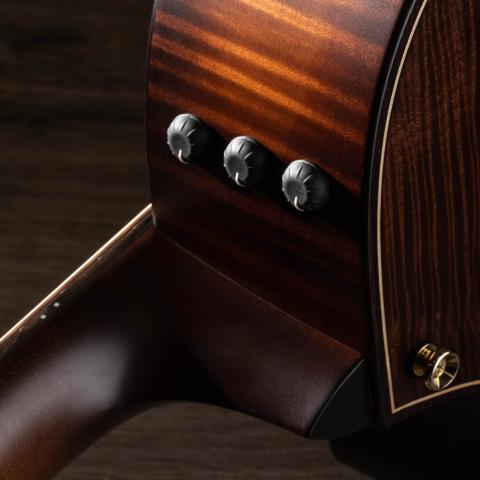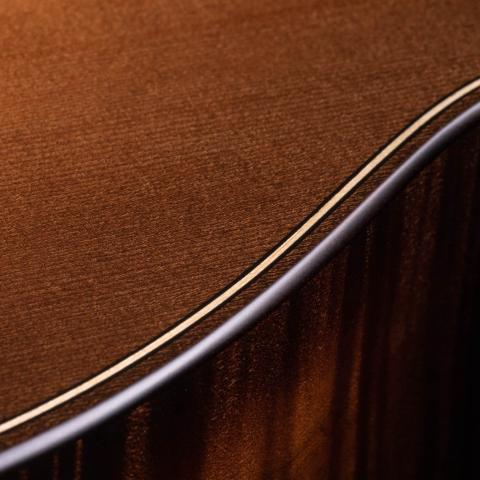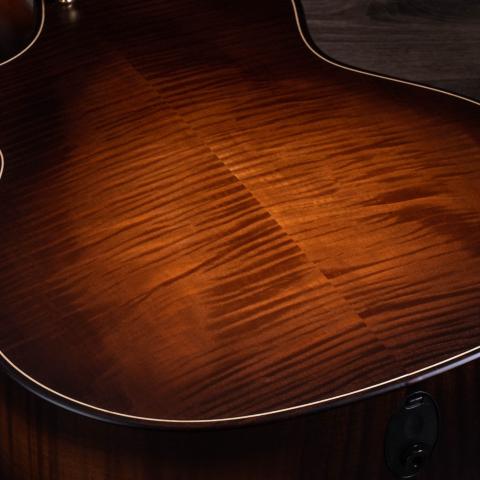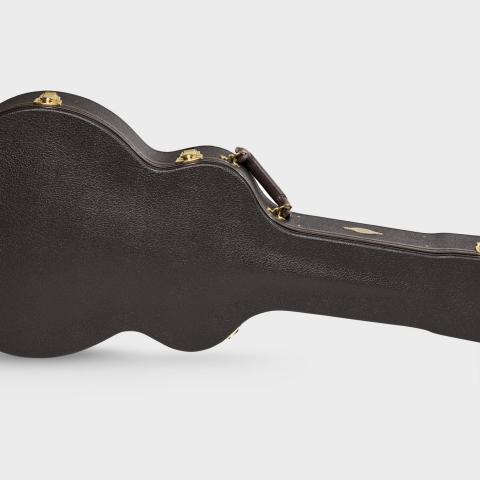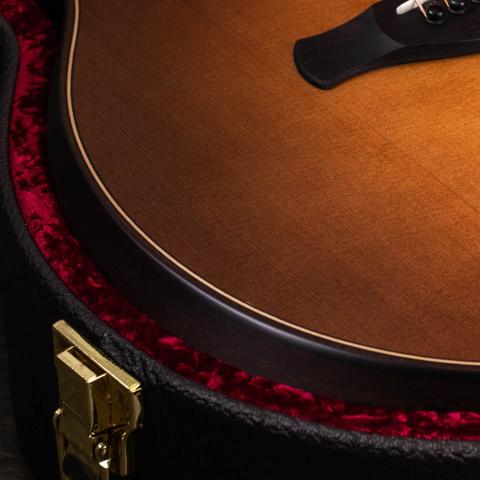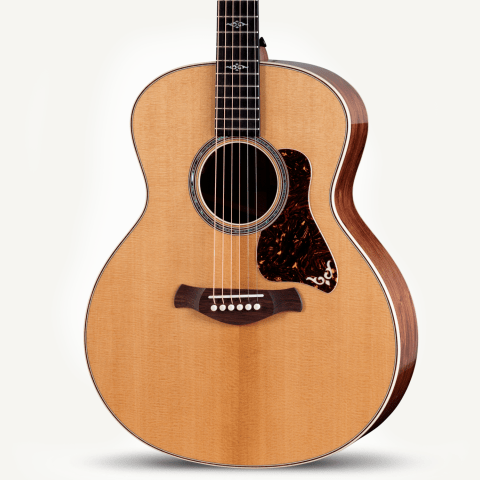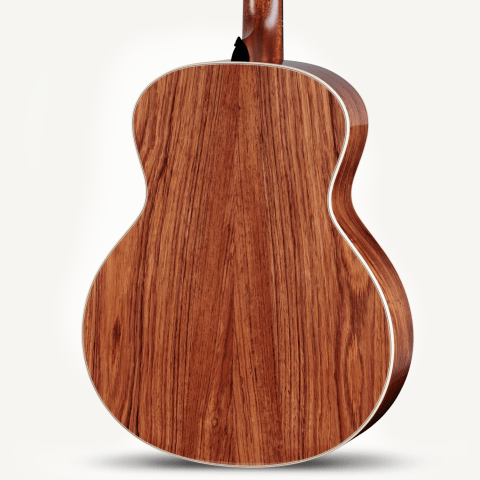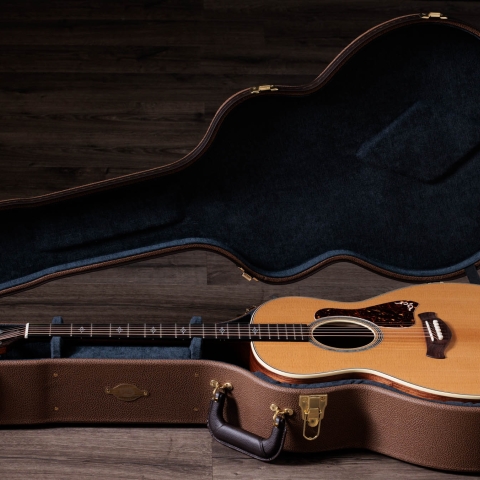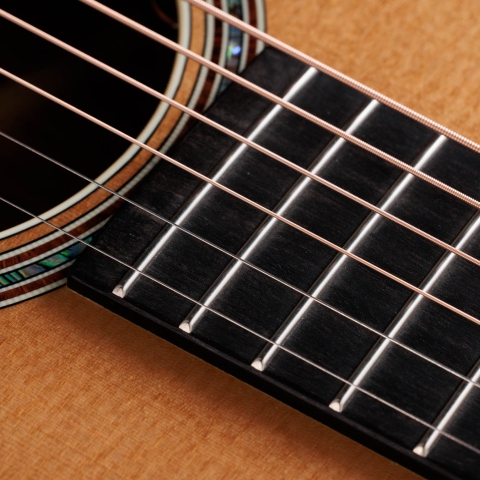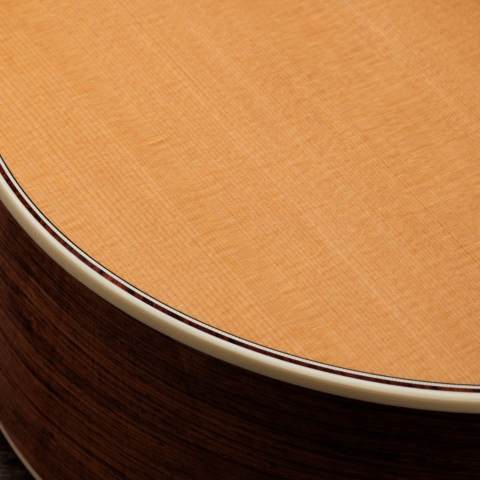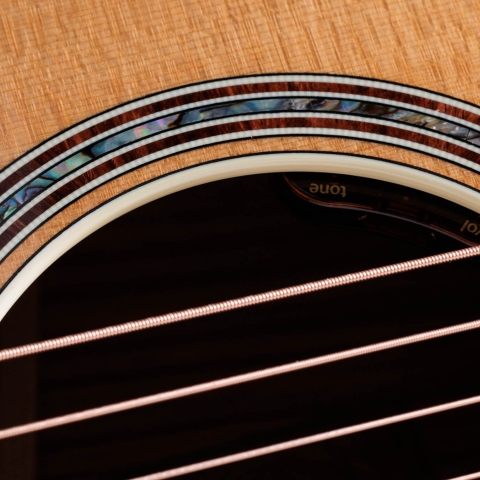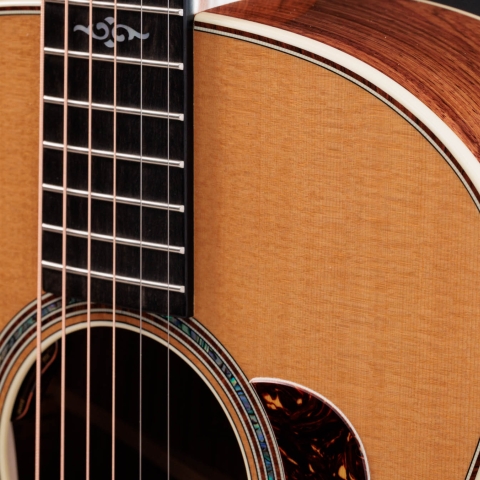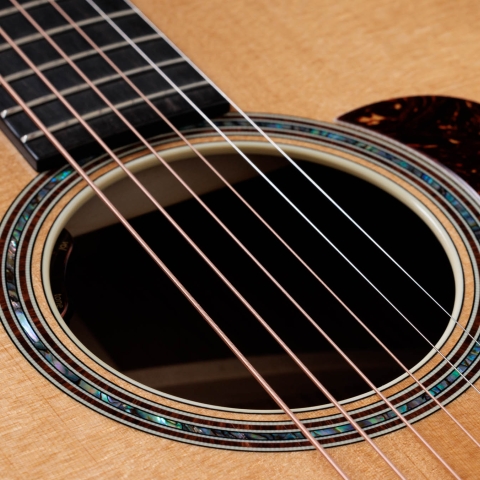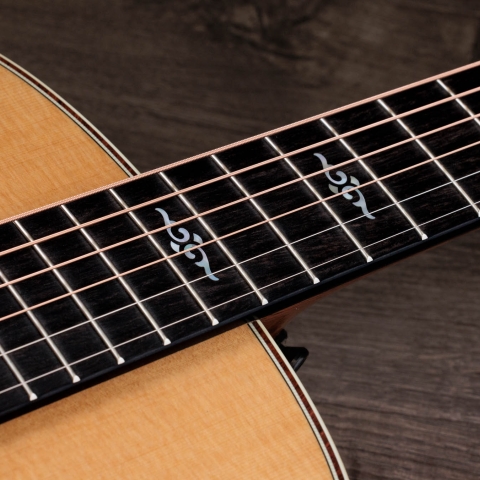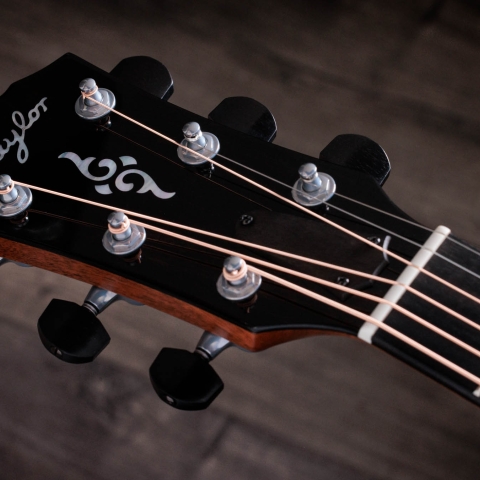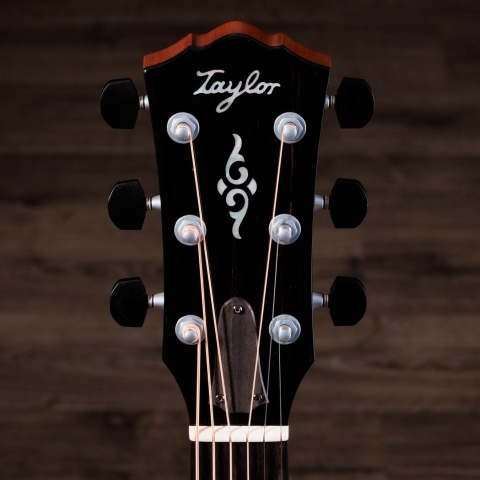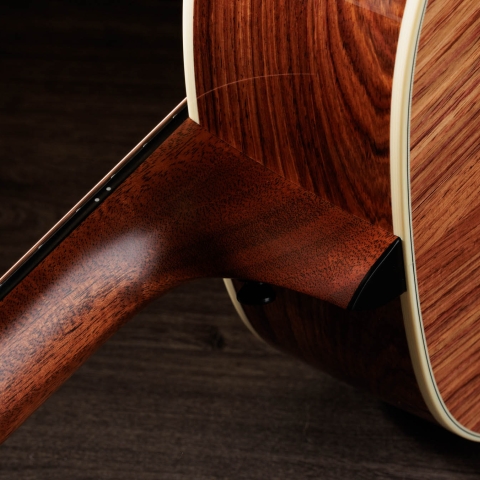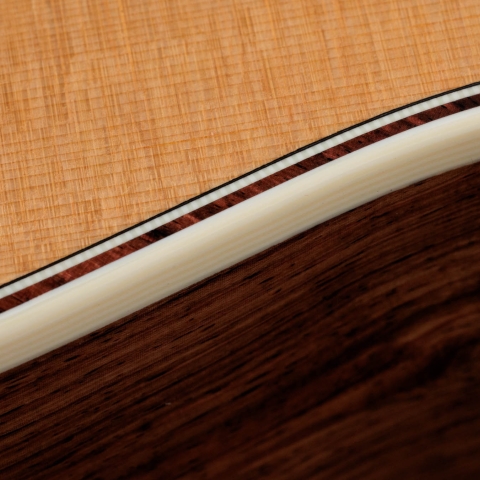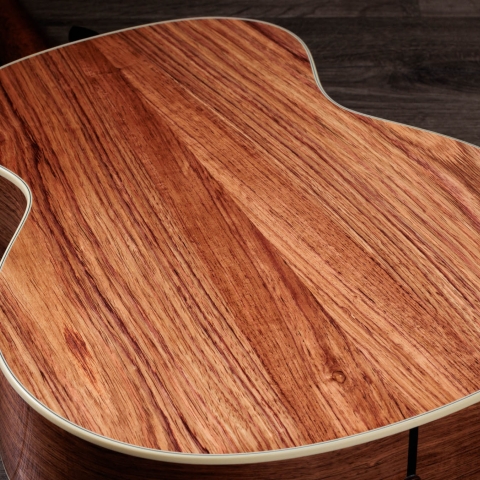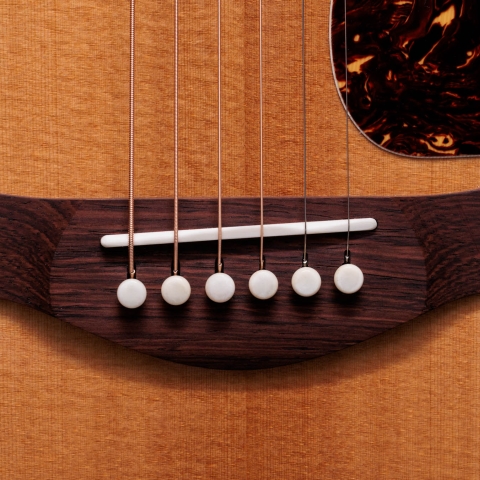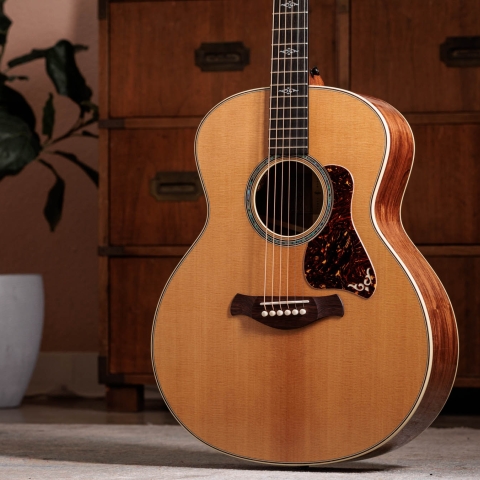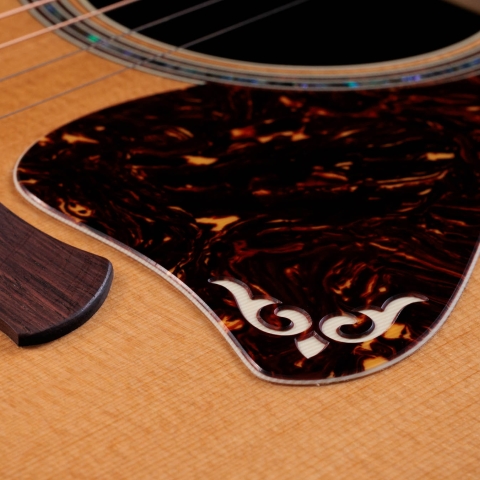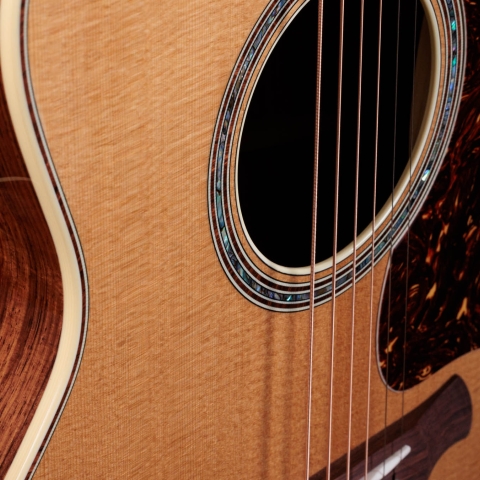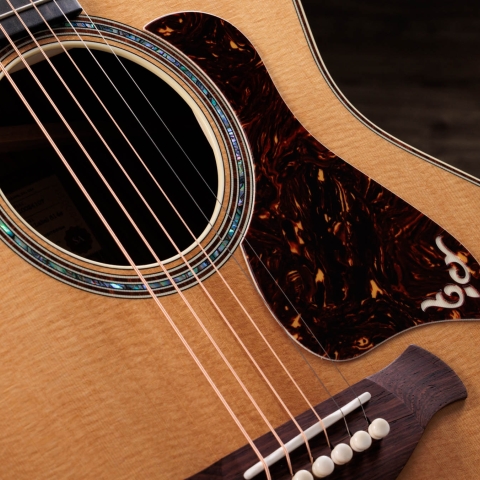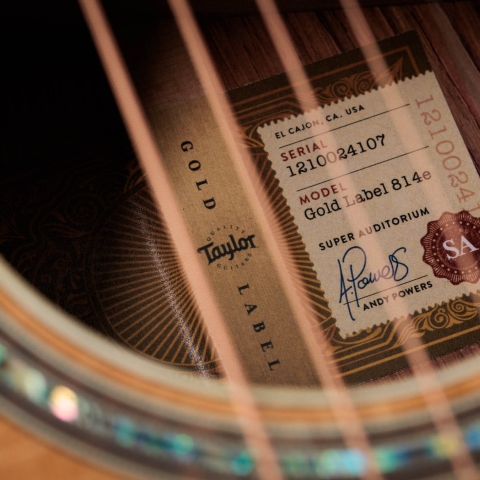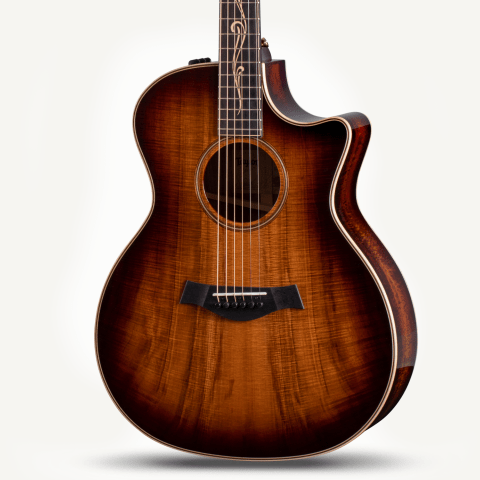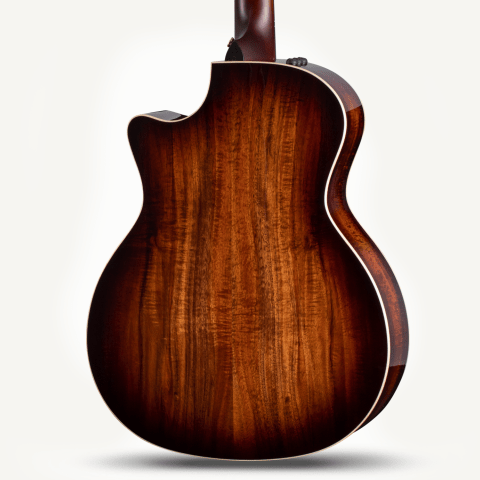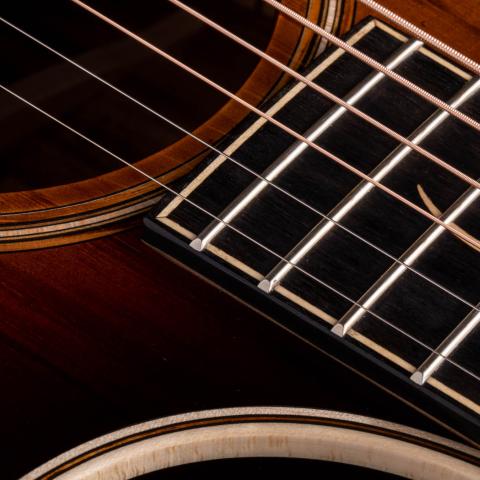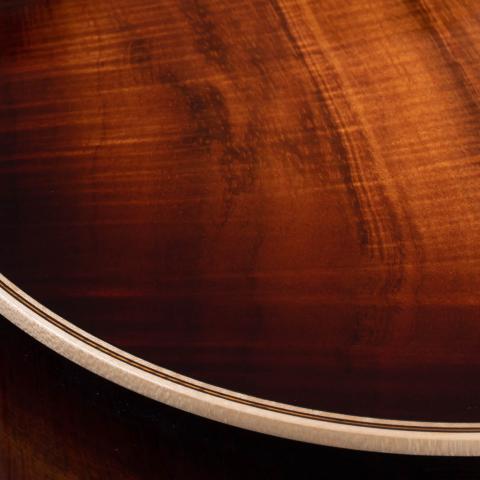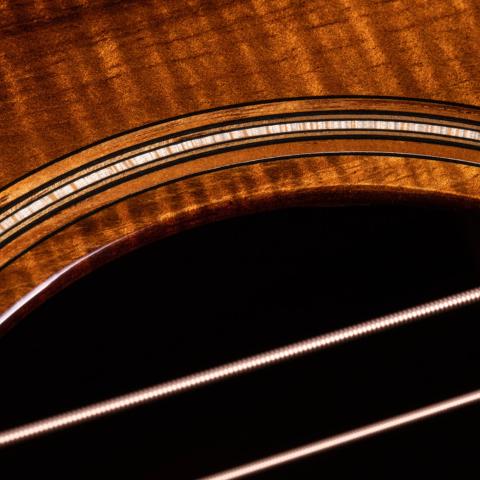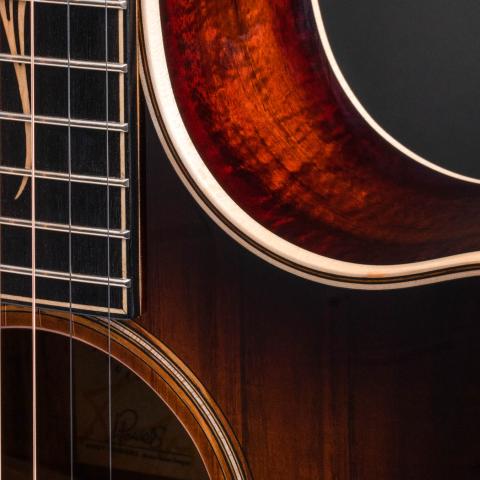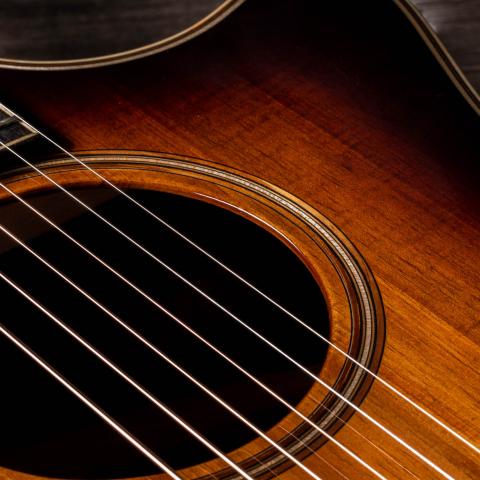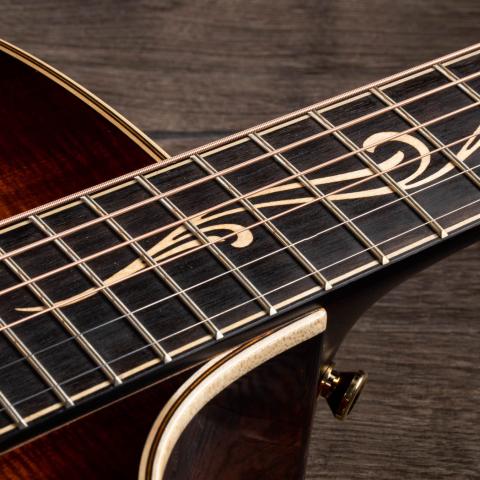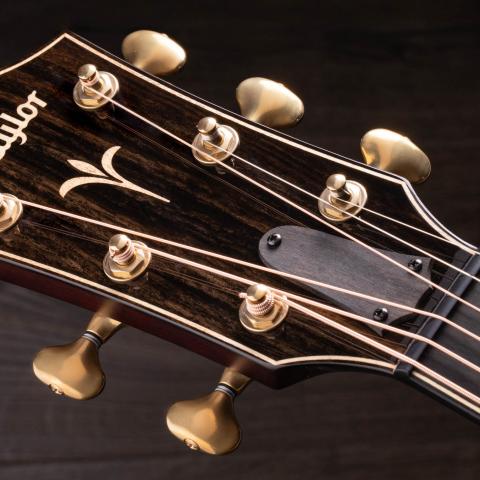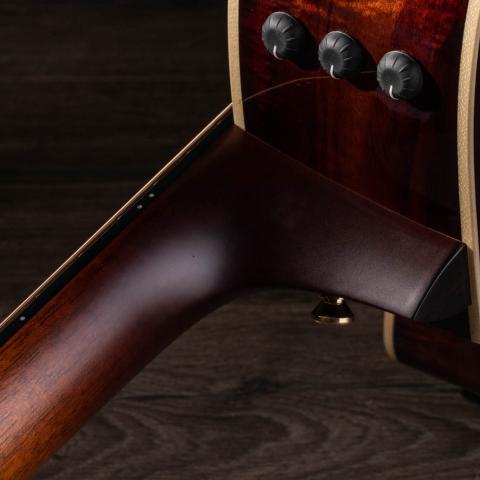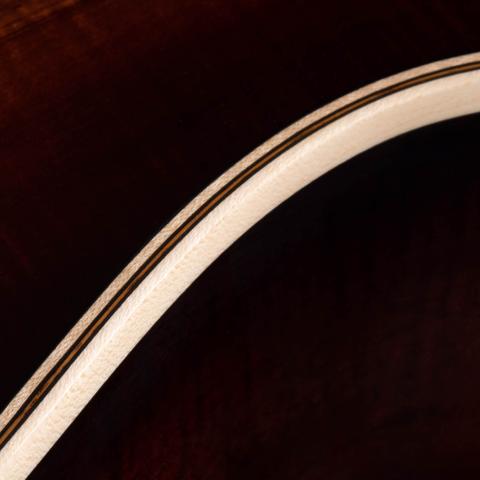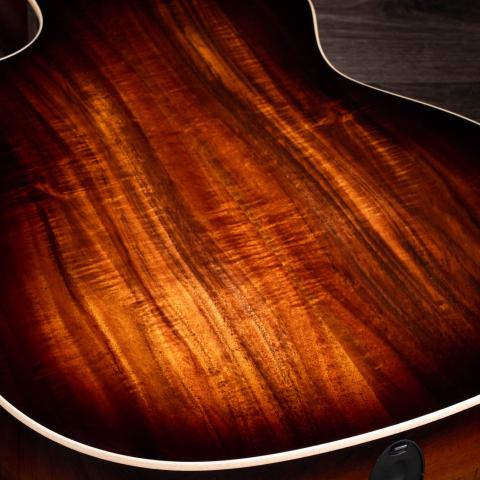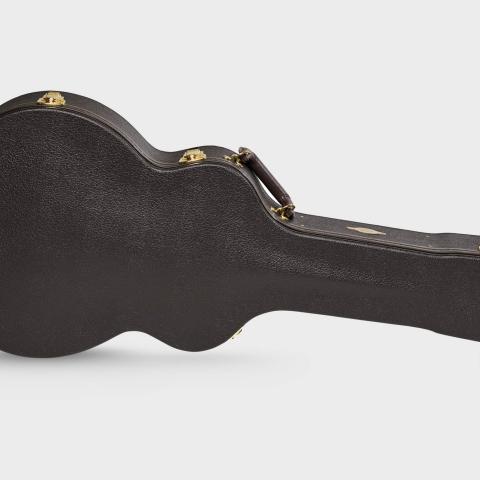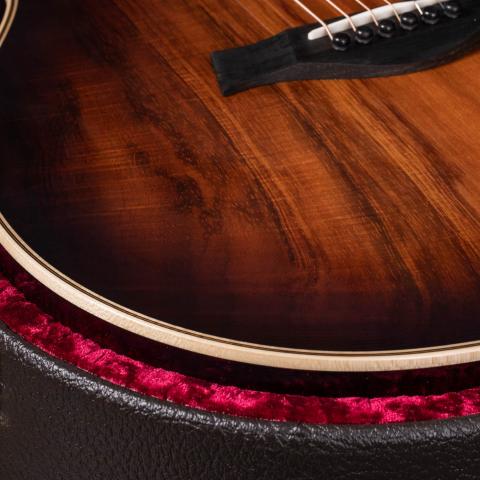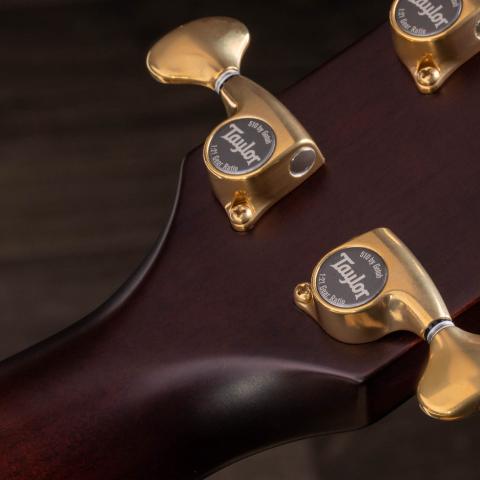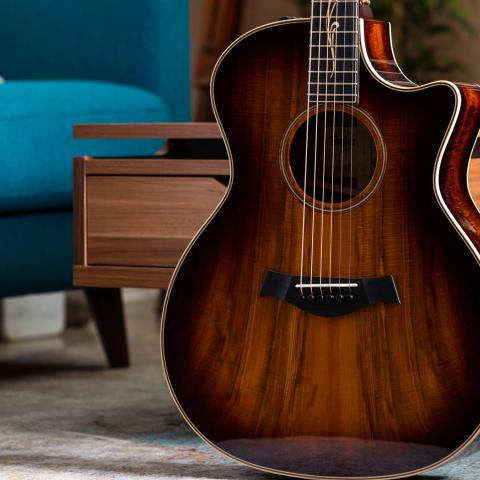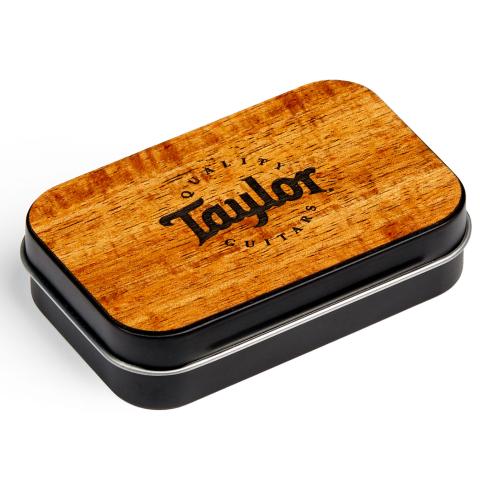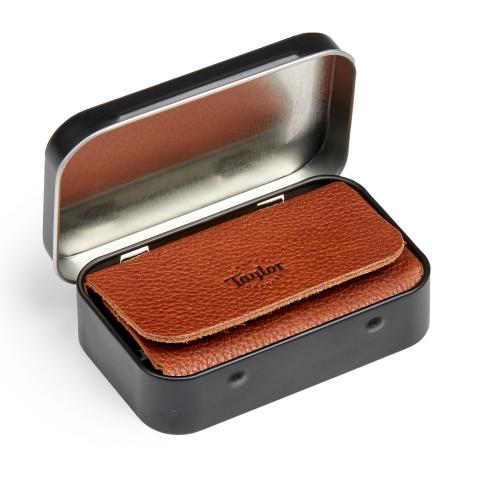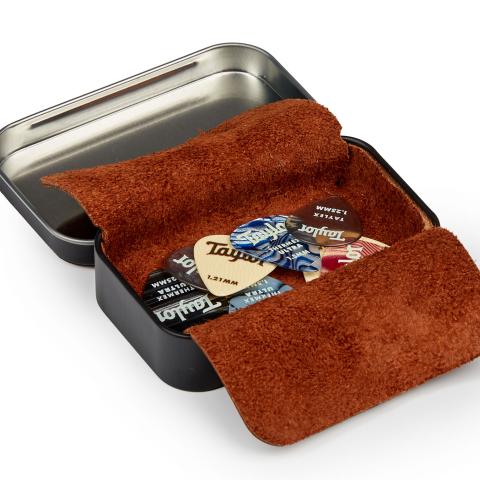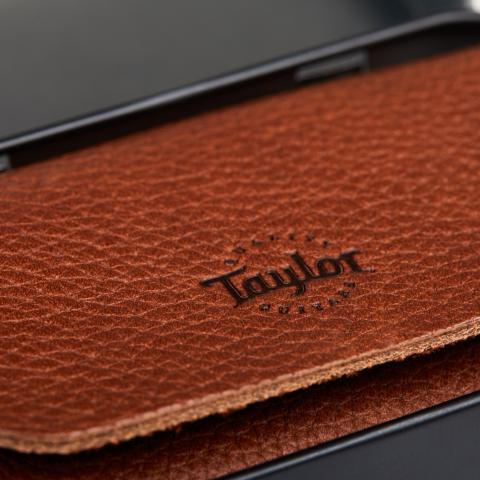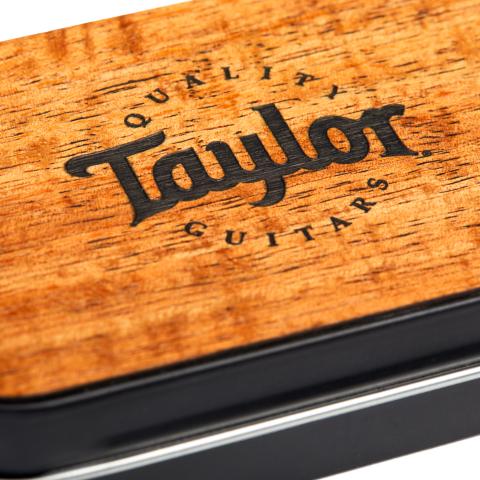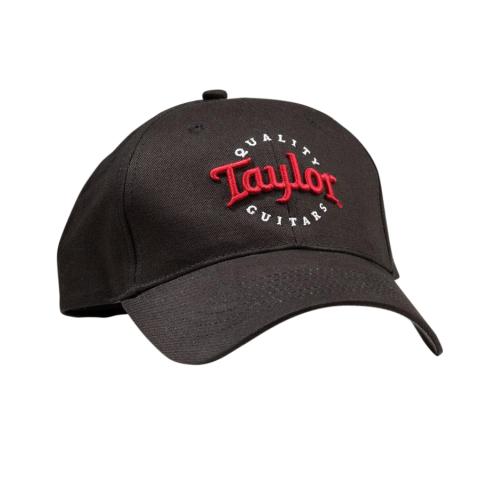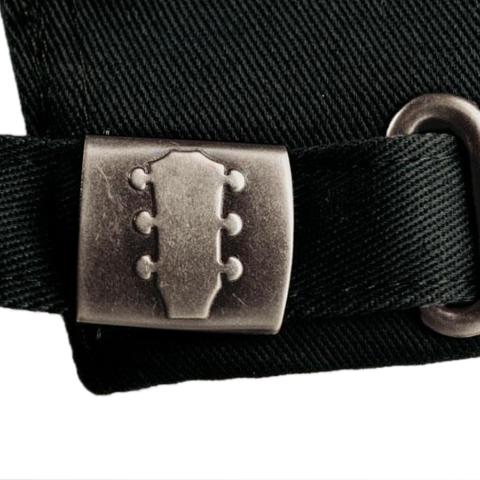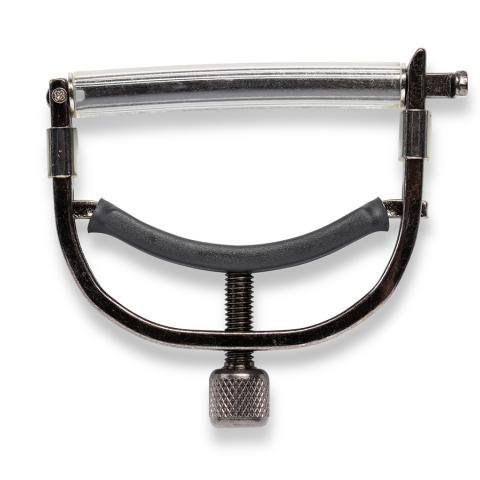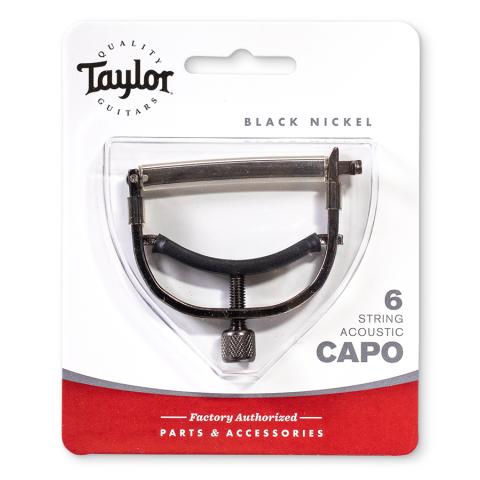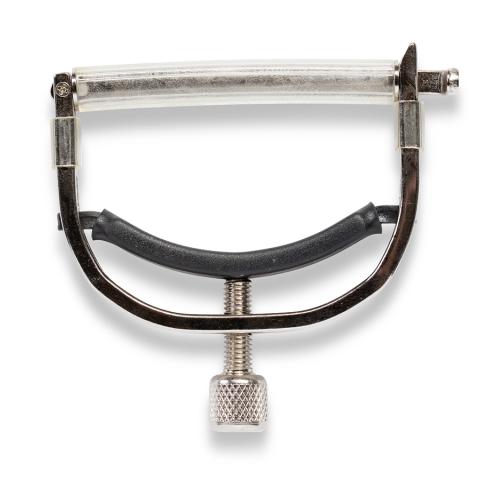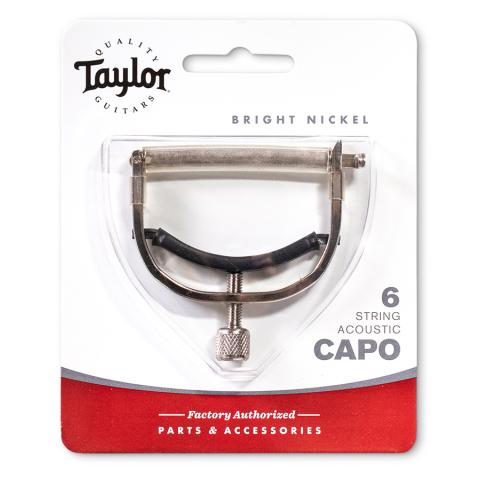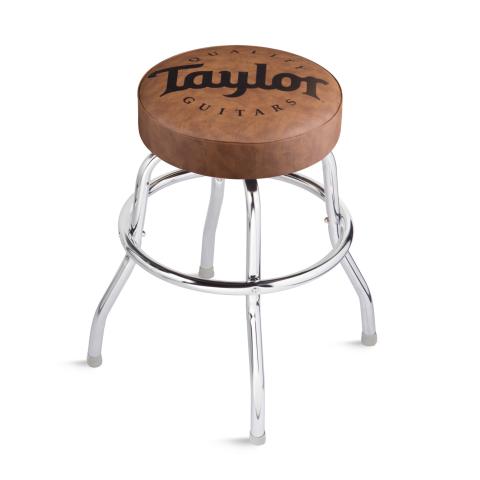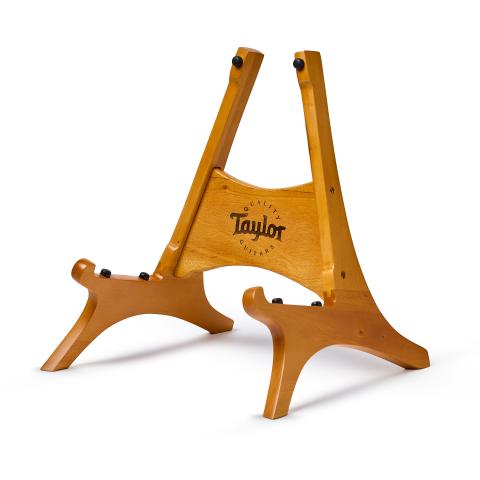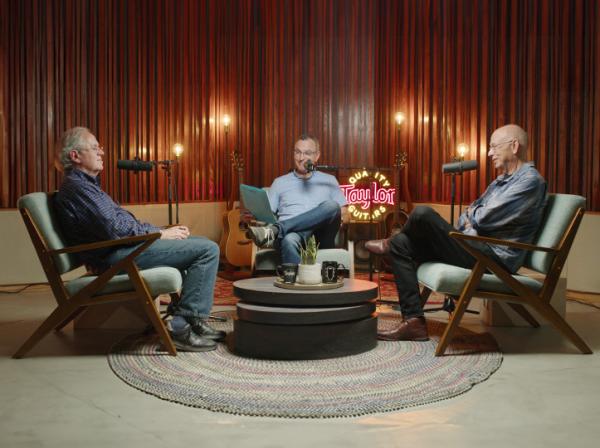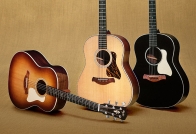
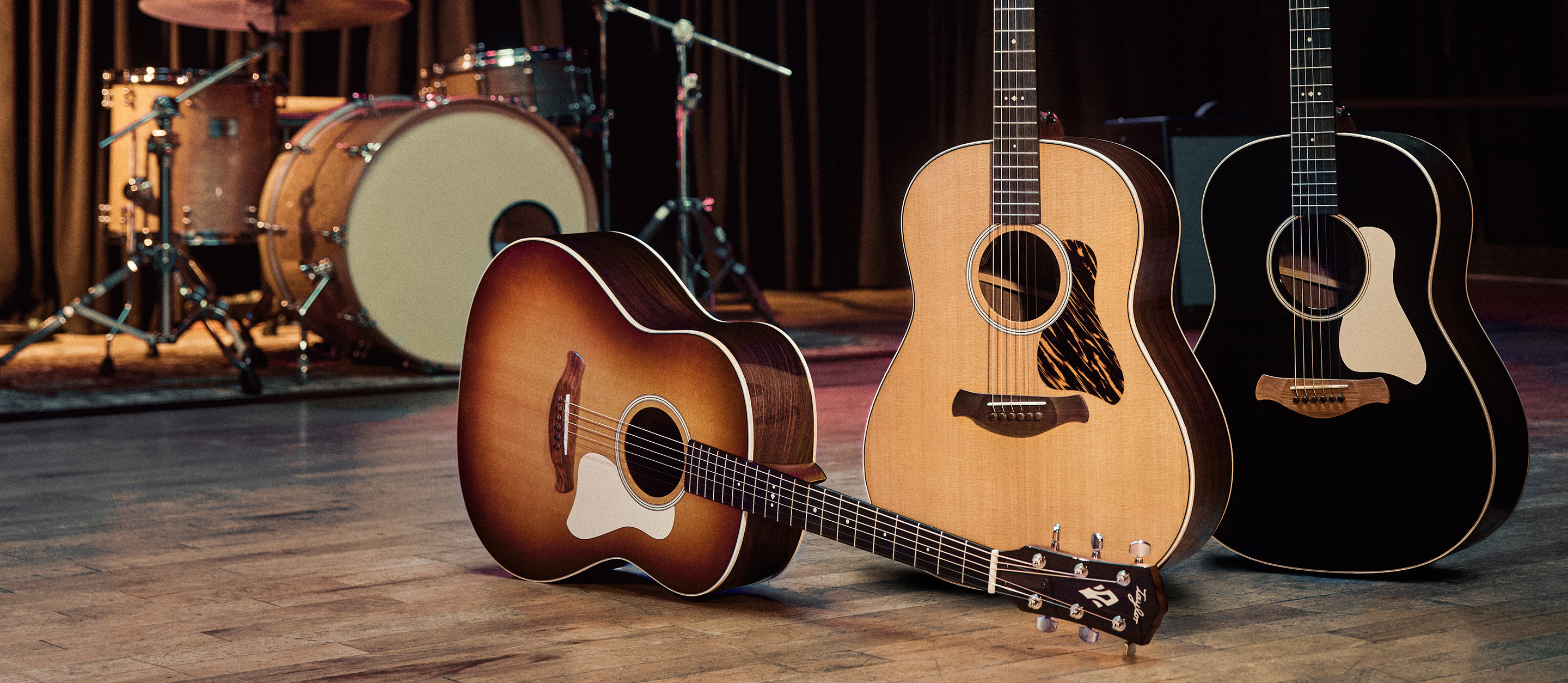
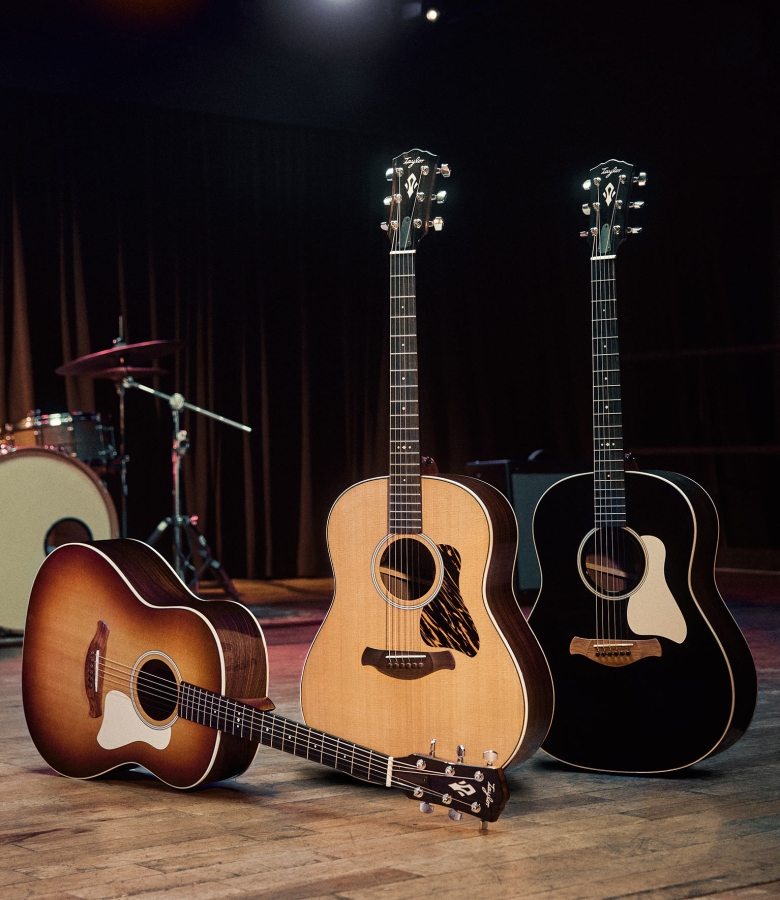
Gold Label. Grand Pacific.


Find Your Next Guitar Locally
Want to hear your next Taylor before you buy it? Browse our dealer network and find an authorized Taylor shop near you.
Model recommendations handpicked by Taylor factory staff, artists and fans.
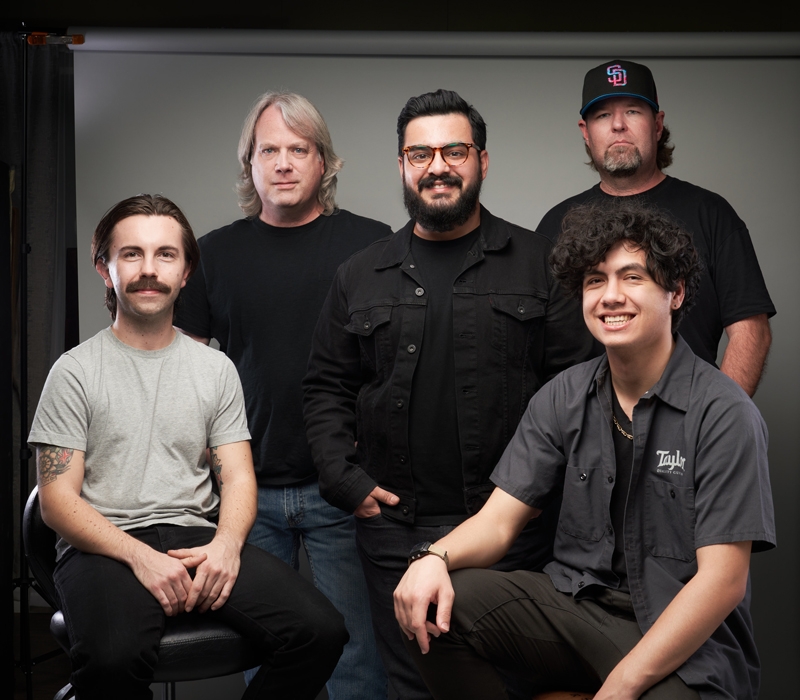
Service and Support When You Need It
Whether you’re a Taylor owner looking for help with repairs or a new player seeking help finding the right guitar, our customer service team is ready to connect you with the resources to address your needs. Contact us by chat, email, or phone.
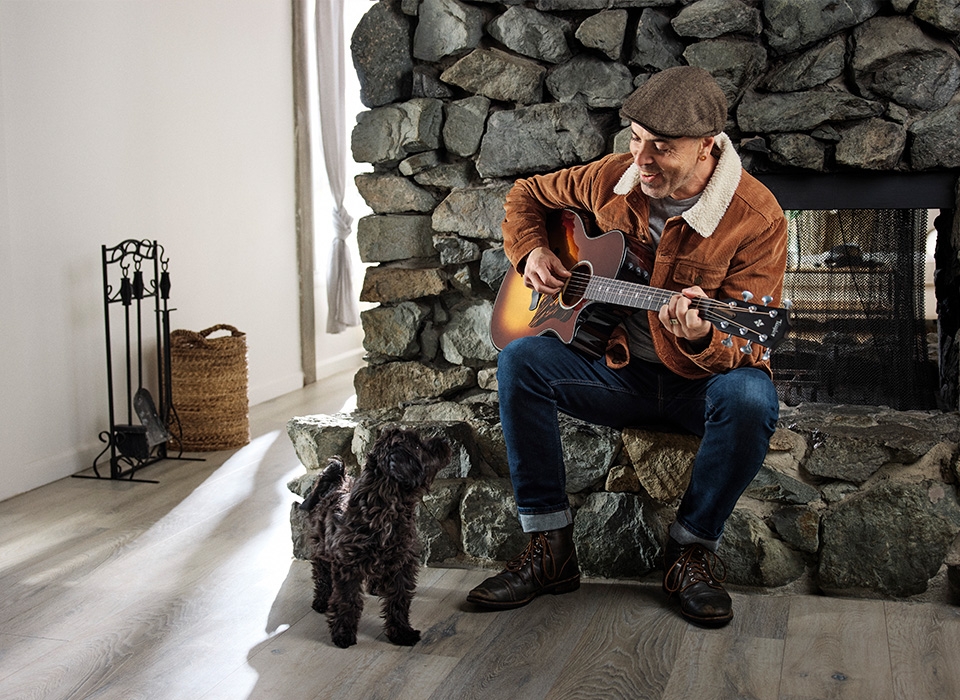
Use Financing and Get More Guitar for Your Money
Financing a guitar lets you spread out payments and extend your budget. Special financing with interest as low as 0% APR is available through Affirm on select products purchased through TaylorGuitars.com. Many dealers also offer their own financing programs. Contact our service team or visit your local music shop for more details.
New Riffs
In our new interview series with co-founders Bob Taylor and Kurt Listug, discover five decades of craftsmanship and innovation from the pair who started it all.
The T5z keeps evolving to deliver a comfort-focused hollowbody electric-acoustic experience. Visit an authorized Canadian dealer to peruse and play T5z guitars.
Fast Company magazine has recognized Taylor Guitars as one of the “Top 10 Most Innovative Companies in Manufacturing.” The publication cited Taylor’s global environmental efforts, including our Urban Wood initiative and the Ebony Project in Cameroon.
Explore our collection of stunning custom-built guitars and inquire how to create the Taylor of your dreams.
How do I choose the right Taylor guitar for my playing style and skill level?
Picking the right acoustic guitar is a highly subjective experience, one that fully depends on your personal preferences for how your guitar should feel, sound and look. Like with any musical instrument, choosing a guitar is a matter of individual fit, and no one can tell you exactly which guitar is the best for you.
That said, we at Taylor have built enough guitars that we have a pretty good idea of how players like to approach buying a new acoustic. We can give you some advice on how to approach the choice. Generally, we can break it down into two factors: feel and sound.
The way a guitar feels has a profound impact on your musical journey. Simply put, if a guitar doesn’t feel good to play, you’re very unlikely to want to play it. A guitar that feels good in your hands will help you grow as a musician, develop new skills and explore more musical territory. A comfortable guitar helps you become a better player.
So what goes into making a guitar feel good? For most guitarists, the most important elements of playing comfort are neck playability and body shape. Let’s break those down.
Neck profile, or neck shape, affects the way it feels to hold down the strings to fret a note or chord. Across the guitar industry, you’ll find a wide variety of neck shapes, from thick and chunky to slim and fast. As with everything else about guitars, neck shape is a matter of personal preference. Some guitar players like the feeling of a thicker neck, while others like a slender profile. At Taylor, we’ve made our name in large part through our signature neck profile. It’s a slender, easy-playing neck shape first designed by our co-founder, Bob Taylor, and honed to perfection over decades of building guitars. Every Taylor guitar features a comfortable neck profile because we believe it’s the ideal profile for reducing hand fatigue and supporting a guitar player’s ability to move across the fretboard with ease.
Also related to neck shape is a guitar’s action, or string height (the distance between the strings and the fretboard). Generally speaking, lower action requires less effort from the player as they fret notes and chords. However, action is a balance—if it’s too low, notes won’t come through clearly, and you’ll hear fret buzz and other noise. If it’s too high, it becomes difficult to hold down the strings. Taylor guitars are famous not just for slender necks, but also for having low action—we set up every guitar that we build before we ship them out to stores to ensure they have low, comfortable action from the first strum.
The second major element of feel for a guitar is body shape. Acoustic guitars come in a wide variety of body shapes, ranging broadly in size and contours, and there’s no one-size-fits-all shape—nor is there a perfect way to predict which shape will be right for each player.
However, understanding the relative sizes of each acoustic guitar body shape can help you decide where to get started with your buying decision. Here’s a rundown of our sizes from smallest to largest—keep reading this FAQ for more information on how body shapes affect tone and match up with different playing styles. Also note that not all of these body shapes are always in production at Taylor Guitars; our lineup evolves constantly, and some body shapes may not be available at a given time.
- Baby: The Baby Taylor is a three-quarter-scale acoustic guitar and the smallest instrument we produce. It’s a great choice for kids and players looking for a travel-friendly guitar.
- GS Mini: A scaled-down version of another Taylor body shape (the Grand Symphony), the GS Mini is one of our most popular guitars thanks to its unique combination of portability, playing comfort and bold sound.
- Big Baby: A slightly scaled-down, shallower version of the classic dreadnought shape, the Big Baby balances portability with affordability and sound.
- Grand Theater: An ultra-compact shape with a full-size feel, the Grand Theater blends the portability of our smaller body shapes (such as the GS Mini) with the rich, bold voice of larger bodies like the Grand Concert. Currently, the Grand Theater is only available through our custom program.
- Grand Concert: The smallest of the traditionally “full-size” body shapes available in our standard line, the Grand Concert maintains compact dimensions while still offering the experience and feel of a full-scale guitar.
- Grand Auditorium: An original Taylor design, the Grand Auditorium is slightly larger than the Grand Concert with a wider waist and lower bout. It sits right in the middle of our full-size acoustic guitar body shapes.
- Super Auditorium: This non-cutaway shape is based on the Grand Auditorium footprint but has slightly larger dimensions. It’s exclusive to our Gold Label Collection.
- Grand Pacific: This is Taylor’s proprietary take on the slope-shoulder dreadnought shape. With its rounded shoulders and wider lower bout, it adds a new dimension of tone to a traditional design.
- Dreadnought: When you picture an acoustic guitar in your mind, chances are you’re imagining a Dreadnought. It’s the most traditional of all acoustic guitar body shapes and is produced by almost every manufacturer.
- Grand Symphony: Another proprietary Taylor design, the Grand Symphony includes an innovative soundport cutaway that contributes to its uniquely expansive sound. Currently, the Grand Symphony is only available through our custom program.
- Grand Orchestra: Our version of the classic Jumbo body features a wide lower bout and waist, giving it an exceptionally powerful voice. Currently, the Grand Orchestra is only available through our custom program.
- Jumbo: Another classic shape that has been produced by many builders over the years, the Jumbo is likely the largest acoustic guitar body shape you’ll find.
Now, let’s talk about sound.
Sound is even more subjective than feel and is even more challenging to quantify and describe. In acoustic guitars, sound is the product of several factors, including but not limited to body shape and wood selection. Making matters more complicated is the fact that a single guitar may sound different when played by different musicians. Later in this FAQ, we’ll get into how different woods generate different tone profiles.
Going back to the original question: how do you pick the right Taylor guitar for your playing style and skill level? The best answer we can offer is simple: Go to a shop and play a wide variety of acoustic guitars. Try out different body shape and tonewood combinations. If you’re an experienced guitarist, play a variety of styles and compositions on each guitar to get a sense for how they respond to different types of music and techniques. If you’re a beginner, ask a salesperson to provide you with a few options to sit and hold. Try fretting a couple of basic chords. If you’re not at that level yet, just ask the salesperson to strum out some chords and patterns for you.
In the end, we recommend finding a guitar that physically fits your stature and hand size, especially if you’re a beginner. Ultimately, go with your gut: If you find a guitar that feels and sounds great to you, it’s probably the one that will encourage you to play the most.
What’s the difference between Taylor’s U.S.- and Mexico-made guitars?
Taylor builds acoustic guitars in two facilities: our headquarters and factory in El Cajon, California (just outside San Diego), and factory in Tecate, Baja California, Mexico, located an hour away.
The guitars completed in our California facility feature all-solid-wood construction (meaning the top, back and sides are crafted with solid wood). In terms of our lineup and model number designations, that means all guitars from the 300 Series up through our Presentation Series are completed in the U.S. That also includes guitars from our Gold Label, Legacy and Builder’s Edition collections. Because these Series and Collections comprise the more premium side of our lineup, you can also generally expect U.S.-made Taylor guitars to have more decorative elements, such as fretboard inlays, binding, finishes, rosettes and purfling. We also build electric guitars under the Powers Electric brand in our California factory.
Guitars produced in Mexico consist of backs and sides made with layered woods, which we always pair with a solid-wood top. Using layered woods allows us to craft guitars that are structurally stable and rich-sounding at a lower price than guitars made with all-solid woods. And because an acoustic guitar’s top has the most influence over its tone, you’re still going to hear bold, clear, balanced sound from a Taylor guitar built in Mexico—and the price may be more attractive to a less experienced player. Likewise, our factory in Mexico boasts exceptionally sophisticated manufacturing technology that ensures a consistently high standard of quality for every instrument. We also produce Taylor hardshell guitar cases and some of our gig bags in our Tecate facility.
How does Taylor support first-time or younger players?
As mentioned above, we believe that playing comfort is by far the most important factor when it comes to a new player picking up an acoustic guitar. Young learners and first-time players will benefit greatly from learning on a guitar that is comfortable to hold and easy to play. Because Taylor has always prioritized playability and comfort, we think that’s a great reason for new players to consider a Taylor for their first guitar.
In addition to building guitars with slender, comfortable necks and a wide variety of body shapes to accommodate every type of person and player, we also offer a few features that are beneficial to first-time and younger players.
- We include a protective guitar case with every model—another factor that sets Taylor apart from other manufacturers. No matter what type of Taylor you buy or how much you spend, you will receive some type of case for your new guitar. For guitars built in our California factory, that means you’ll get either a deluxe hardshell case or our proprietary AeroCase, a soft-sided guitar case that is exceptionally durable despite its lighter weight. Taylor acoustic guitars built in Mexico usually include a padded or structured gig bag, an AeroCase, or for deluxe models, a hardshell case.
- Most Taylor acoustic guitars include built-in electronics. While musicians are usually attracted to acoustic guitars for their unique non-amplified sound, many players will at some point want to amplify their guitar, whether for a gig, an audition or a recording situation. With a few exceptions, Taylor acoustic guitars feature built-in pickups that make it easy to plug in and play through an amplifier, PA, mixing board or recording interface. Our ES2 (Expression System 2) is a proprietary pickup and preamp combination that delivers clear, authentic tone when you need to plug in. Some models will include other types of acoustic pickups, such as the ES-B (which features a built-in digital tuner that is very helpful for new players), the ES-N (specifically for guitars with nylon strings) and the LR Baggs Element VTC (mostly featured in more premium guitars like those from our Gold Label Collection).
- We carefully set up every single guitar before it leaves our factory. Another element of our commitment to an accommodating, comfortable playing experience, our Final Assembly department performs a complete setup of every guitar to ensure that it arrives in the store with perfect, easy-playing action and clear sound. That means as a new or young player, you can count on Taylor guitars being comfortable and easy to play right out of the case—you won’t find yourself fighting the instrument as you try to develop your skills.
- We offer a wide range of guitar accessories to enhance your development as a player. The TaylorWare shop boasts everything from padded guitar straps and a broad variety of guitar picks to guitar stands, guitar care products and the Beacon multi-tool, which includes a digital tuner, metronome and timer.
- We provide industry-leading customer service. Taylor’s customer service and repair departments are among the most respected in the guitar industry, and we believe in doing everything we can to ensure that you have a great experience with your Taylor guitar as long as you own it. In the event that your guitar needs repairs, we have an extensive network of highly trained, authorized service centers around the world in addition to our in-house service department in El Cajon, California.
What’s Taylor’s warranty and service process like?
Every Taylor guitar is covered under our limited warranty. Specific coverages vary by country. You can learn more about the warranty coverage for your region from the warranty section of our website.
To initiate any service requests, warranty issues or simply to get help with your guitar, we recommend contacting our customer service department.
What woods and body shapes are best for different genres or tones?
Like other questions related to sound, this one is challenging to answer because tone is so subjective. However, we can provide some general concepts to help you navigate the Taylor guitar lineup. Since we covered body shapes above, let’s start with woods.
Taylor builds guitars with a variety of different tonewoods, which we break down into top woods and body/back and side woods. Here’s a rundown of the most common tonewoods.
Top Woods:
- Spruce: By far the most common top wood for acoustic guitars, spruce offers a combination of flexibility and strength that makes it ideal for soundboards (tops). It tends to produce a clear, balanced voice with rich projection and volume, while also remaining sensitive to a soft touch so that players can explore the dynamics of music with a softer or more aggressive attack. Spruce is highly versatile and performs beautifully across virtually every playing style and genre.
- Mahogany: A tropical hardwood, mahogany produces a focused midrange character with a dry, woody quality. When used as a top wood, it also offers a touch of natural compression that helps to even out an aggressive attack, providing a balanced voice that makes it a good choice for flatpickers.
- Hawaiian Koa: Also beloved for its rich visual beauty and striking coloration, Hawaiian koa produces a bold, sparkling tone that grows warmer as the wood matures with play and time. It also generates a bit of treble presence that makes it a good choice for flatpickers or fingerpickers.
- Cedar: A softer wood than spruce, mahogany or koa, cedar has historically been used as a top wood for nylon-string guitars. It offers a warm, round tone with a clear response to a soft touch, making it a good choice for classical or fingerstyle players.
Body Woods
- Indian Rosewood: Usually combined with spruce, Indian rosewood is one of the most common and beloved back and side woods for acoustic guitars because of its warmth, treble-range clarity, slightly scooped midrange and rich, blooming overtones. That tone profile makes it a great choice for almost any playing style or genre, and it’s also ideal for musicians who sing while they play.
- Mahogany: As a back and side wood, mahogany generates a focused, fundamental-strong quality with controlled overtones—the note you play is the note you’ll hear. It also produces greater midrange presence than rosewood, making it a versatile wood that is especially beloved by strummers.
- Hawaiian Koa: As when used as a top wood, koa as a back and side wood generates a punchy, vibrant voice with a bold top end and a bass range that grows more pronounced as the wood matures. It serves up an articulate sound and can be especially appealing to players who perform flatpicked lead lines or intricate fingerstyle patterns.
- Maple: Typically thought of by guitar players as a “bright” tonewood with a pronounced treble range, Taylor utilizes techniques that help balance out maple’s top end with more presence in the midrange and low end. Maple is known for cutting through a sound mix with other instruments, allowing the guitar to be heard clearly.
- Sapele: A cousin of mahogany, sapele shares many of that wood’s sonic traits, including its midrange focus and controlled overtone response.
Other back and side woods are often included in the Taylor line, such as Honduran rosewood, walnut, red ironbark and Shamel ash.
When it comes to matching an acoustic guitar body shape to a particular genre or playing style, it can be helpful to think in terms of size. Generally speaking, a more compact shape like the Grand Concert tends to be preferred by fingerstyle players who value articulation over power and volume. Larger body shapes like the Grand Pacific, Dreadnought or Jumbo tend to produce more projection and volume, making them ideal for strumming styles. For players who want a guitar that can handle strumming, flatpicking and fingerpicking equally, we recommend the Grand Auditorium, which we consider to be a Swiss-Army-knife shape that performs well in virtually any application.




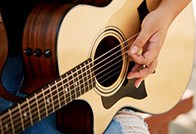
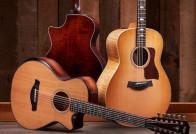
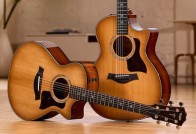

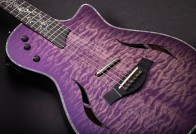
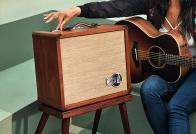

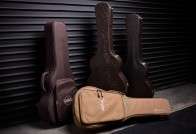
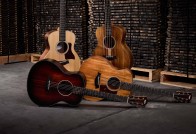
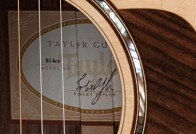
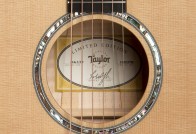
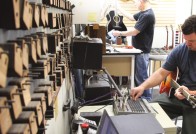


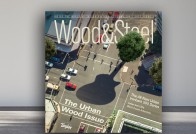





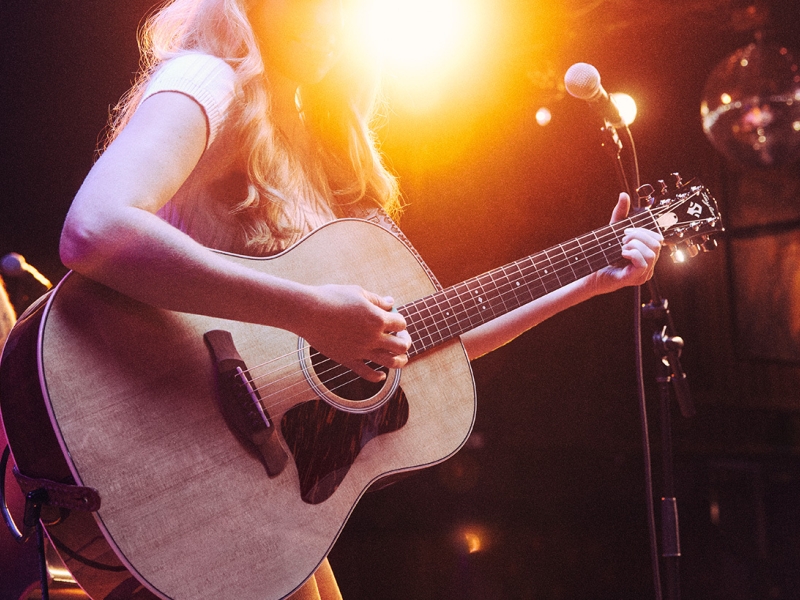
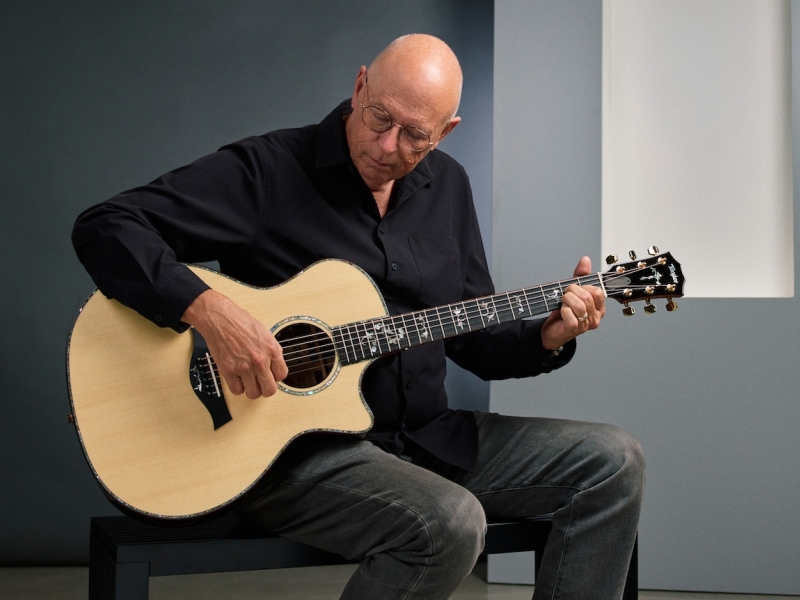
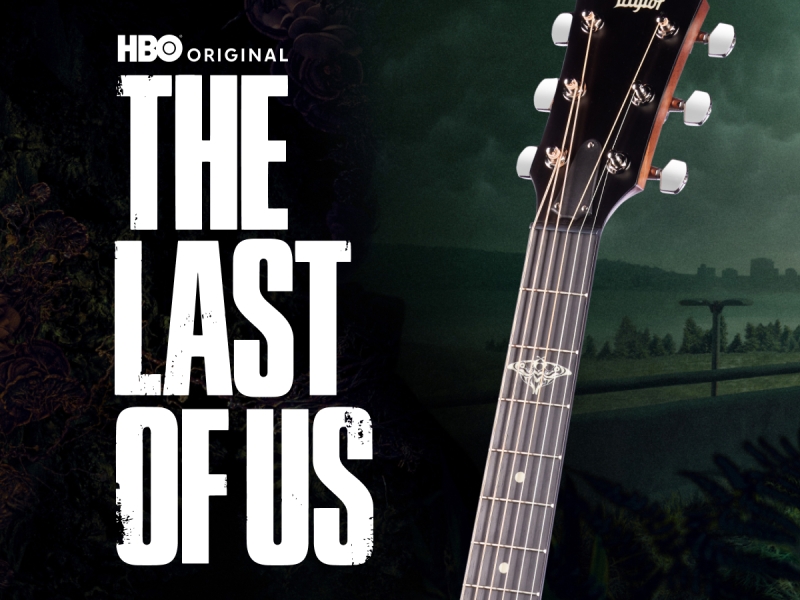
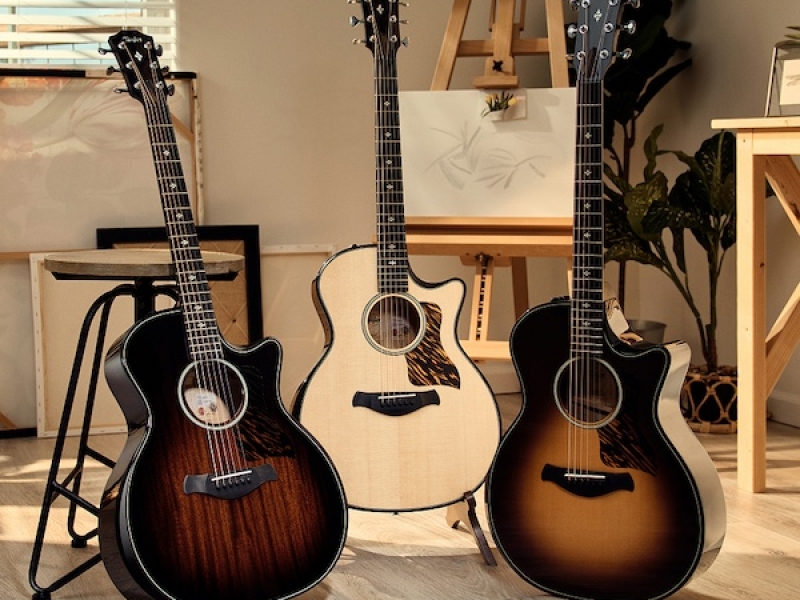
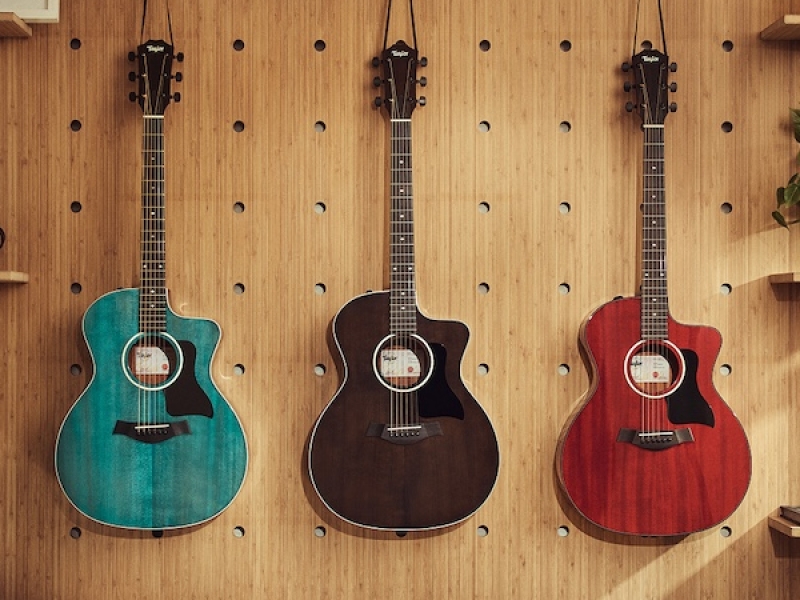
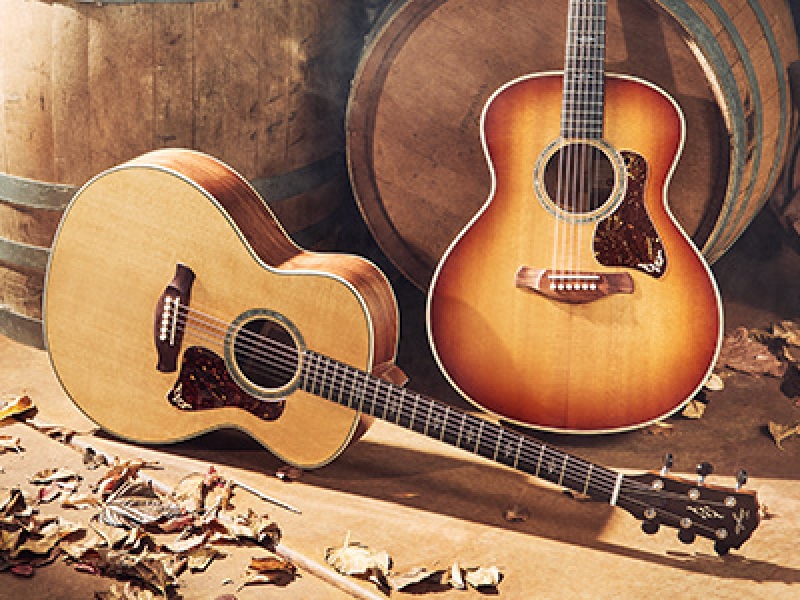
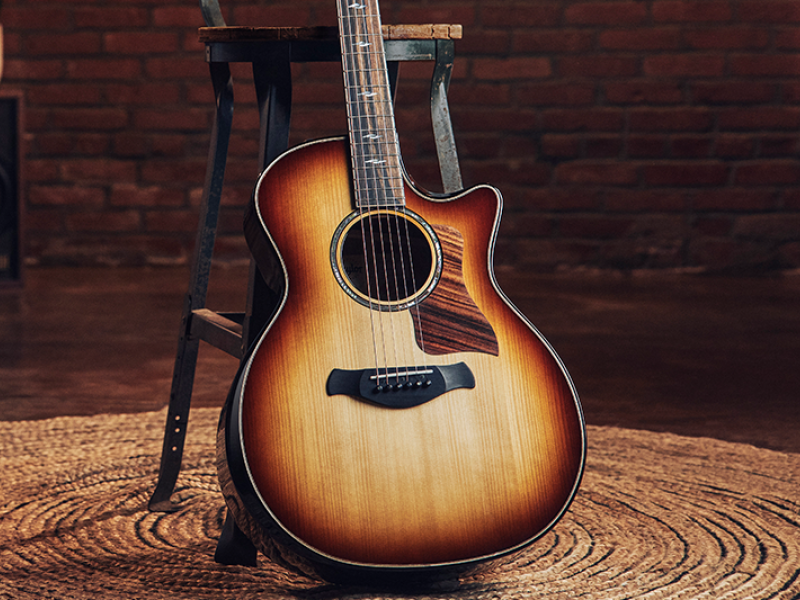

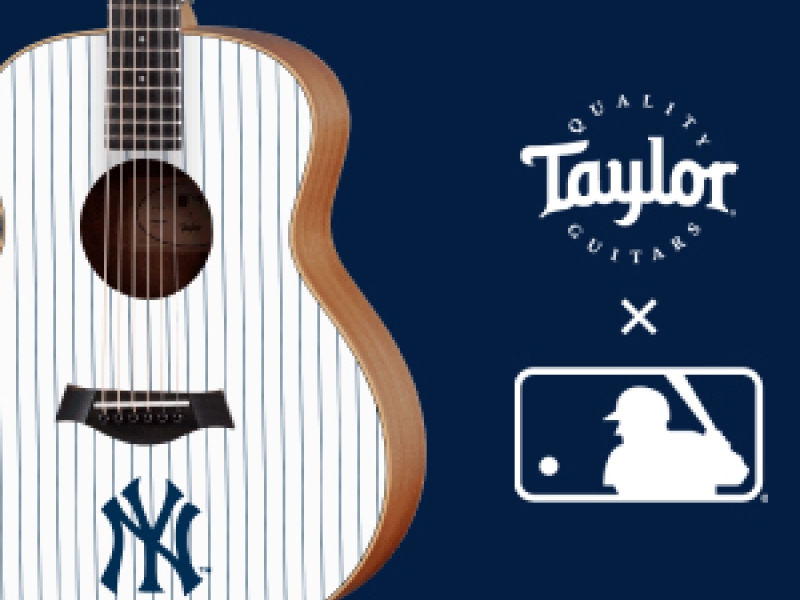
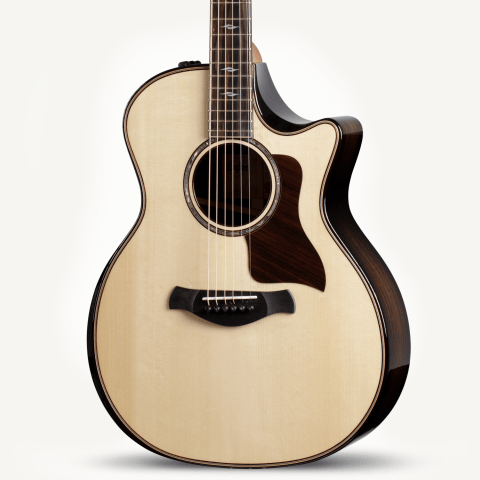
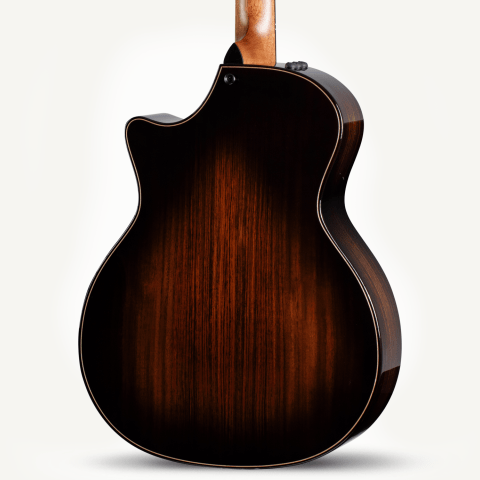
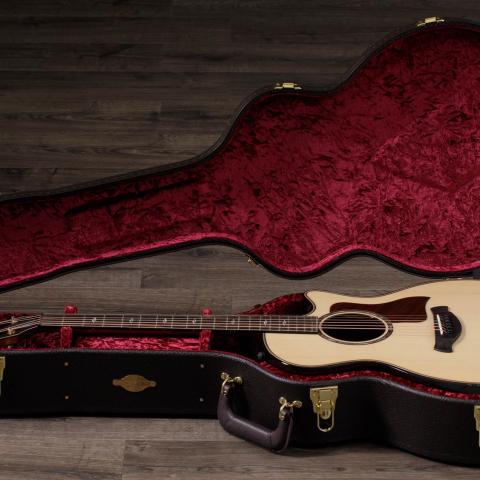
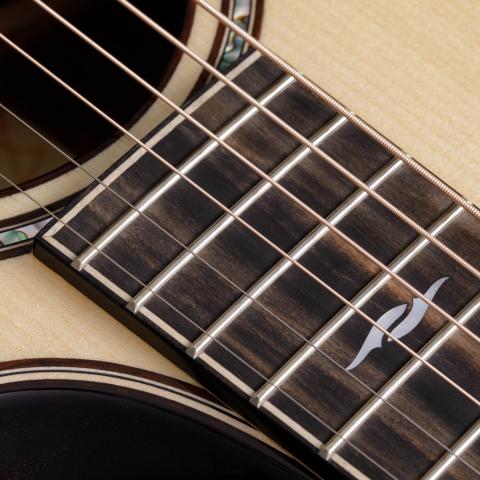
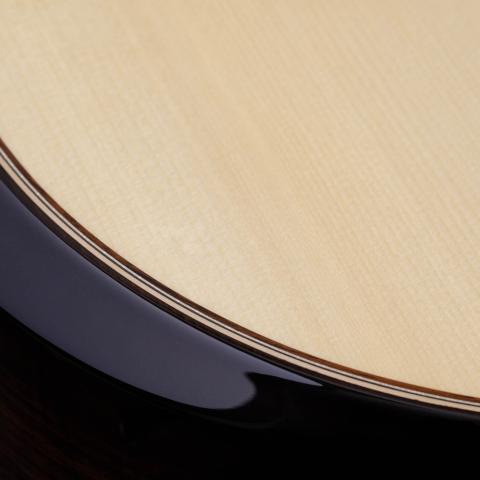
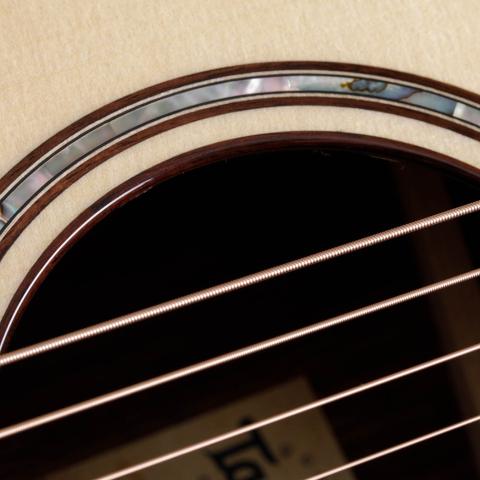
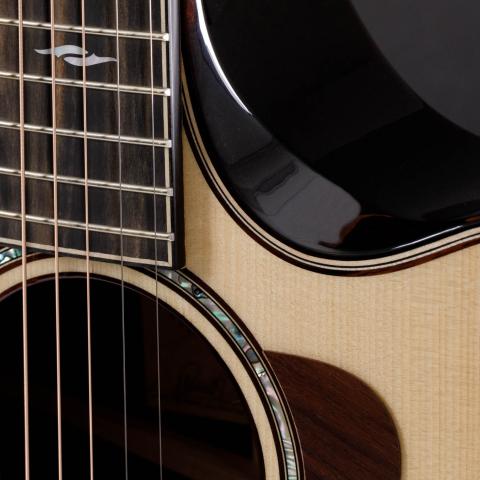
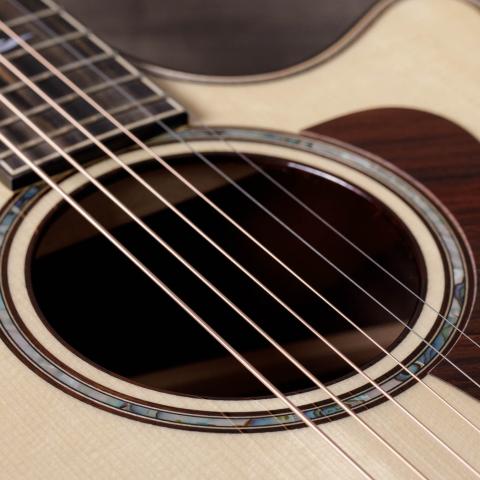
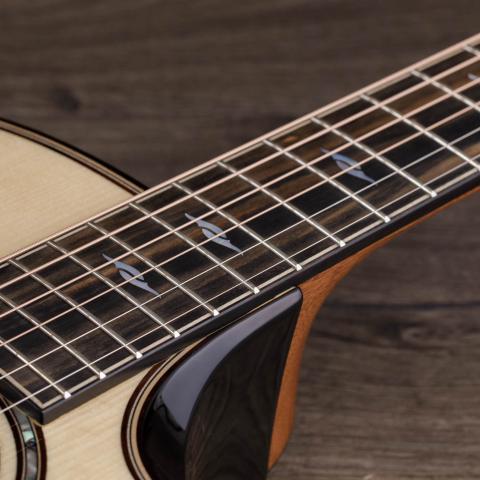
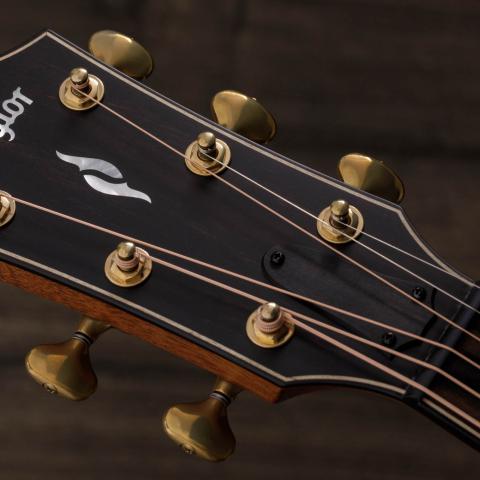
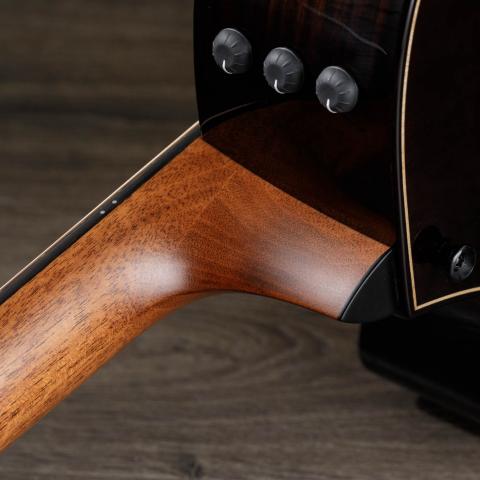
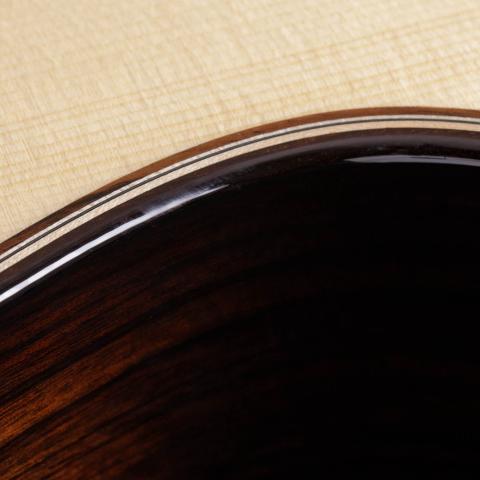
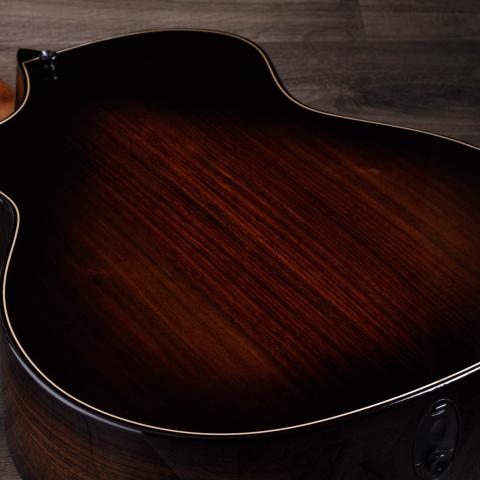
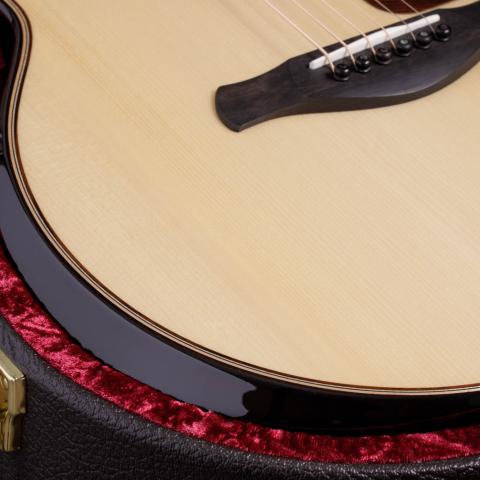
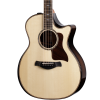 Natural
Natural
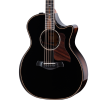 Blacktop
Blacktop

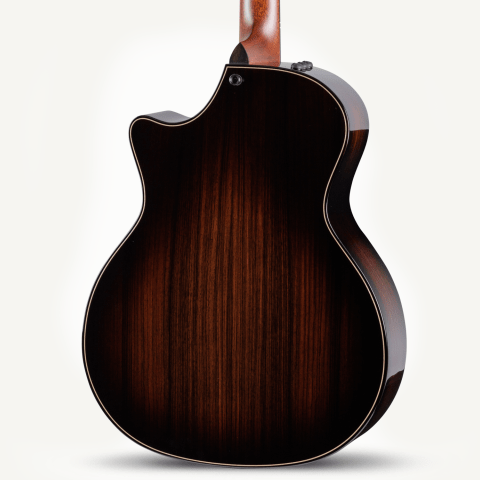
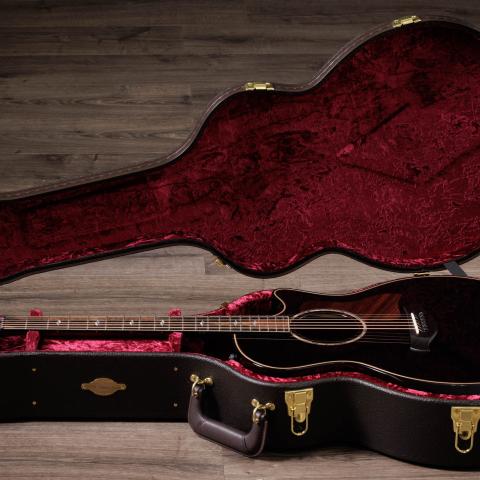
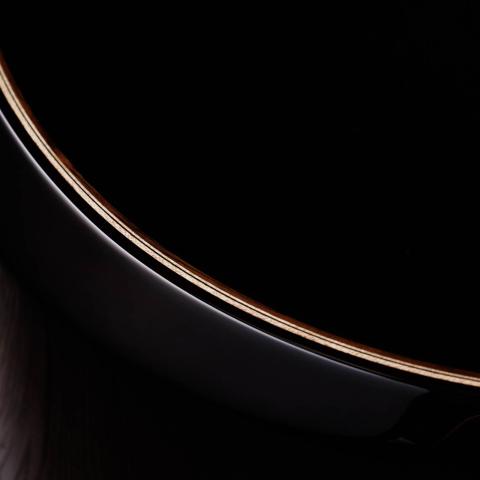
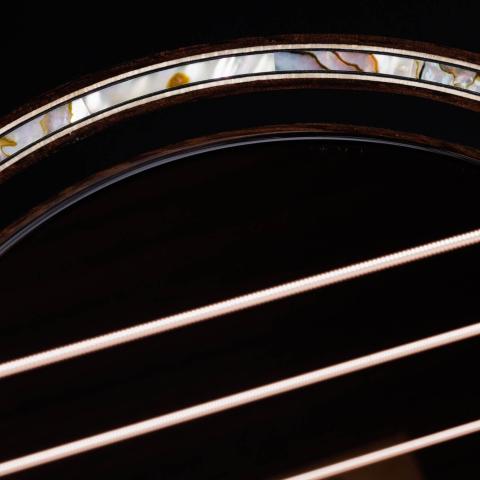
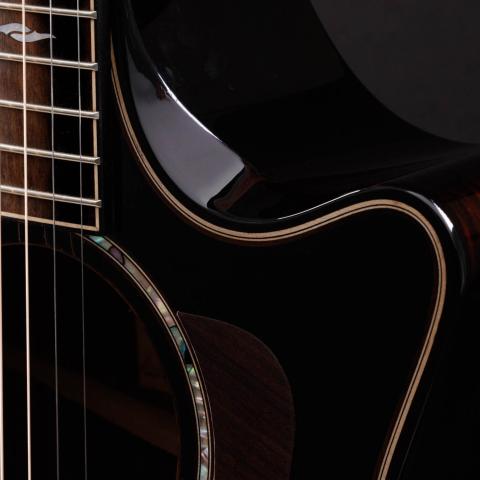
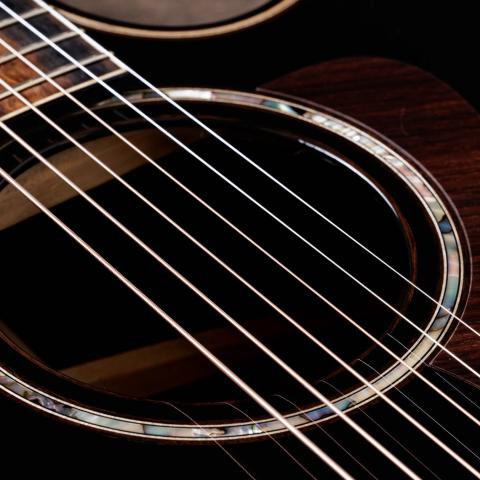
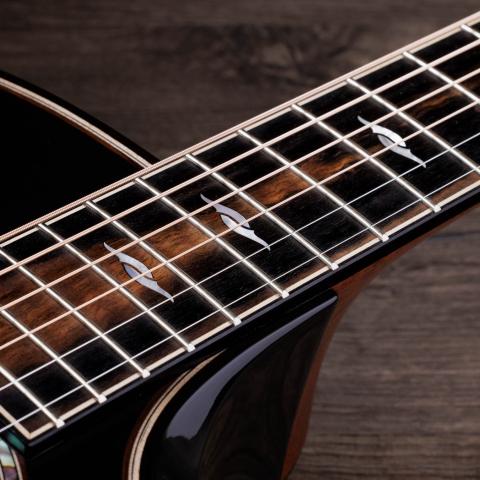
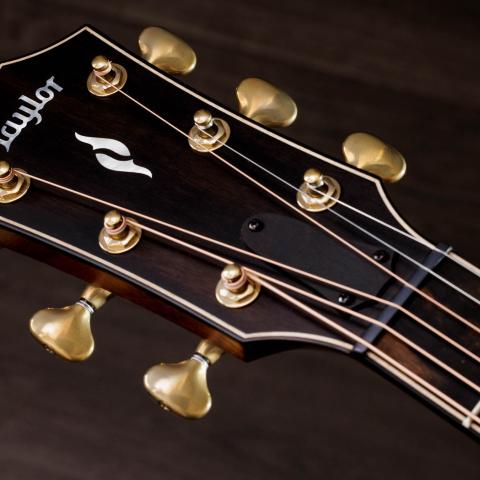
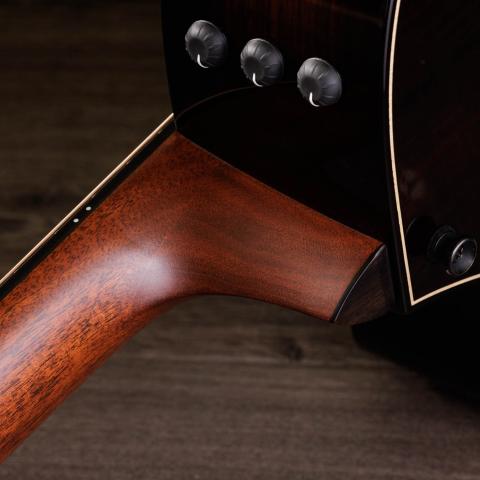

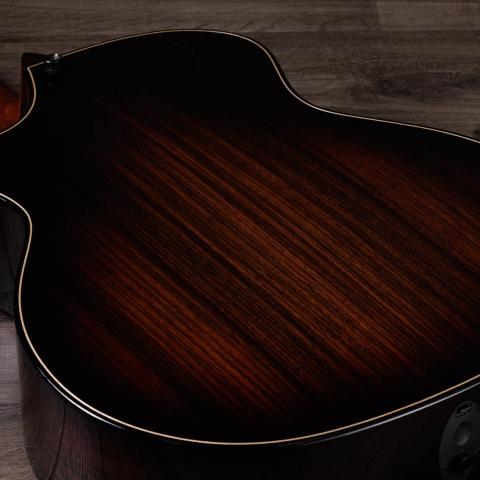
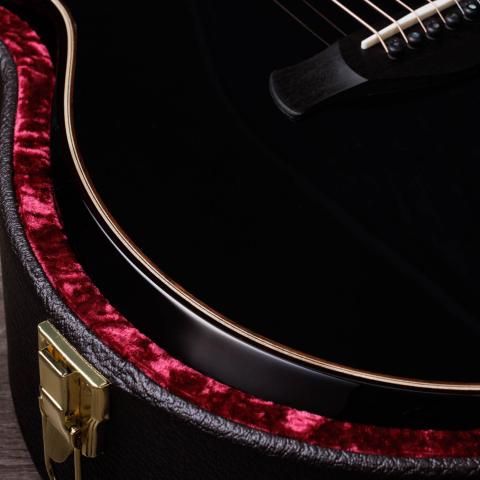
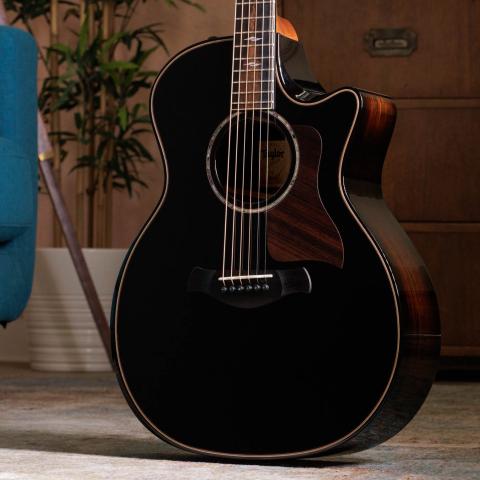
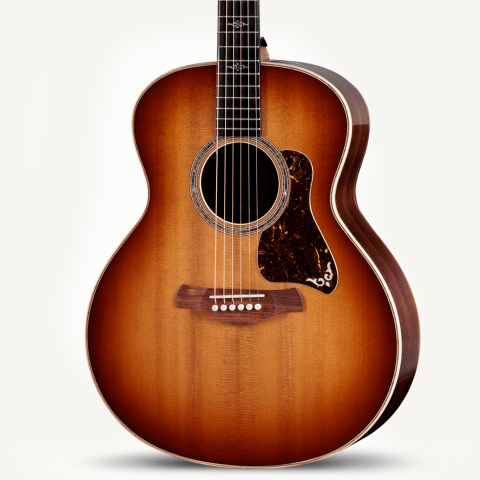
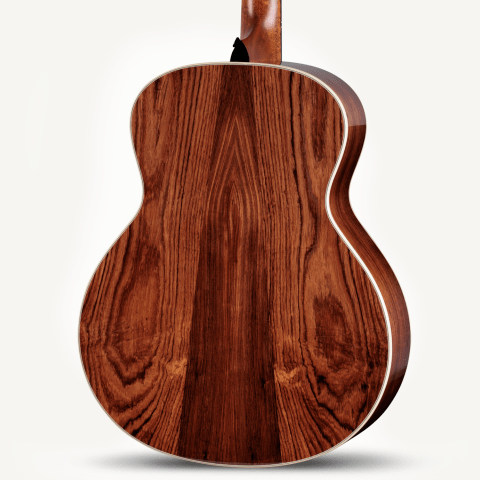
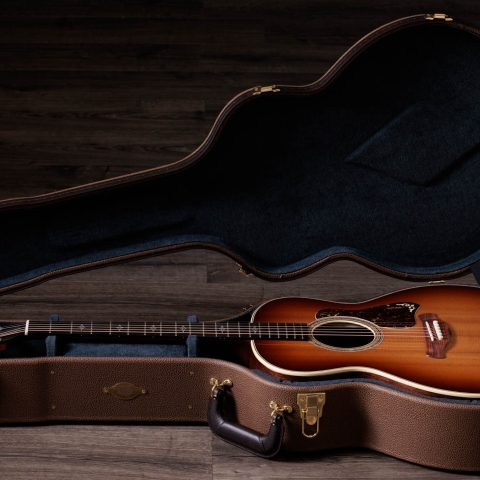
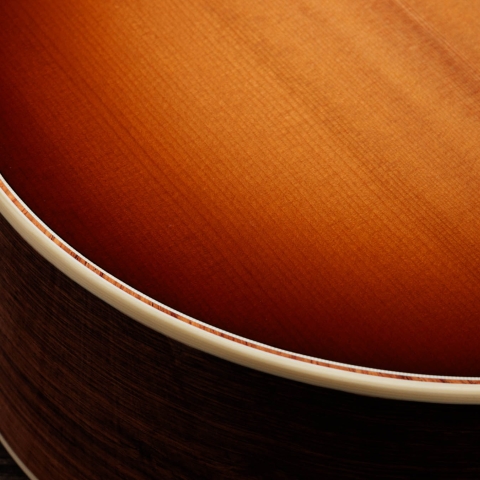
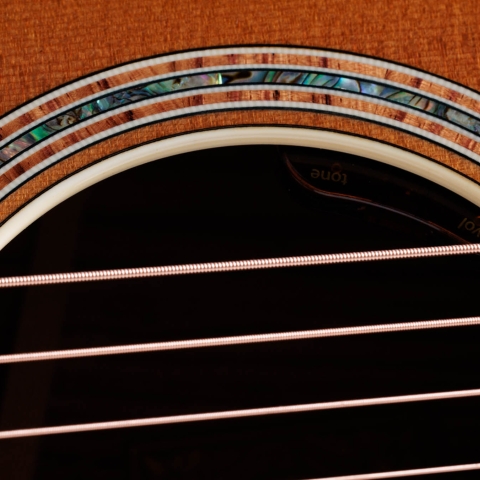
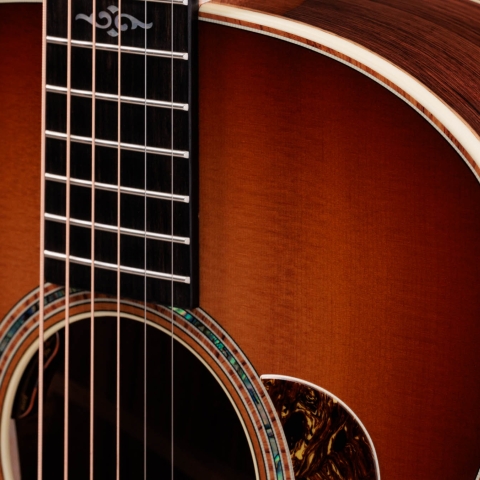
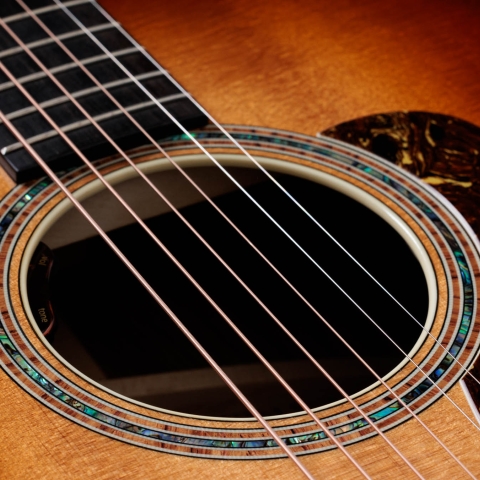
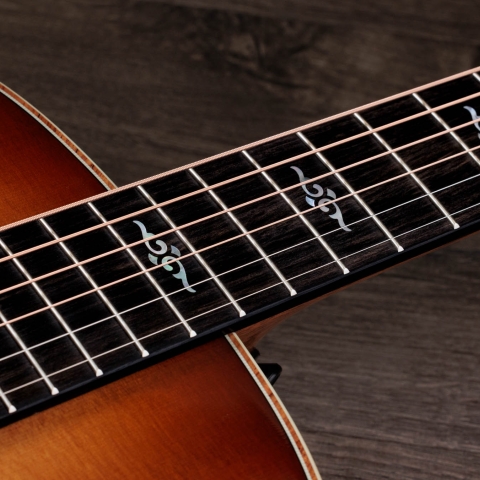
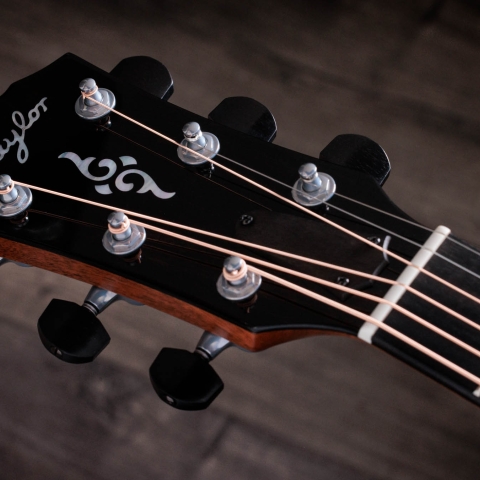
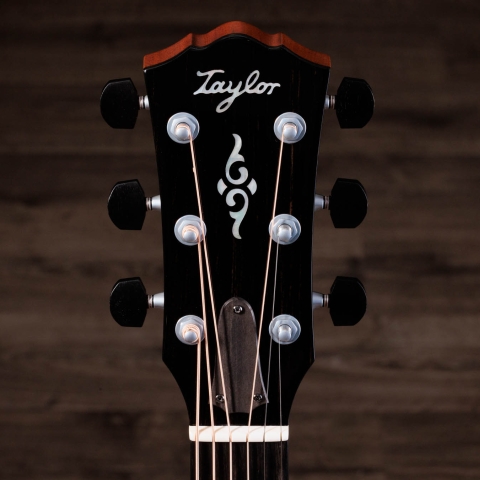
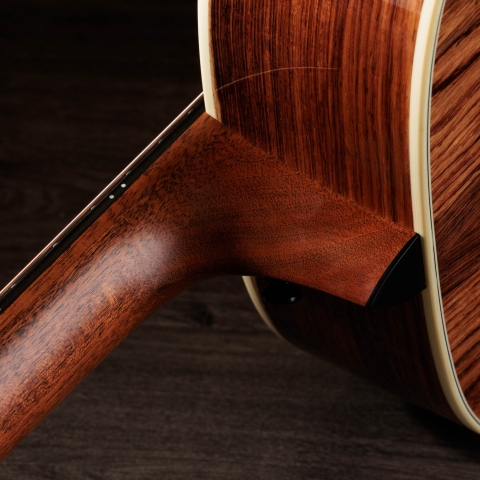
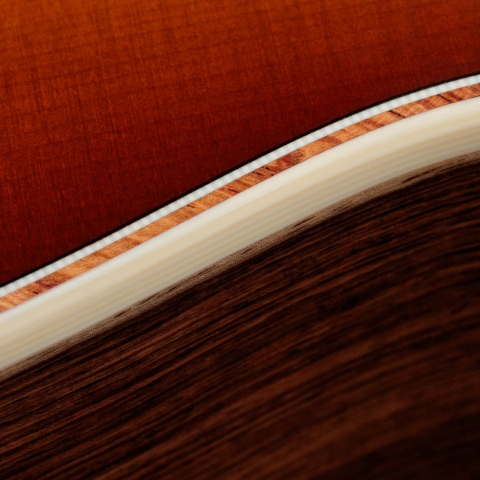
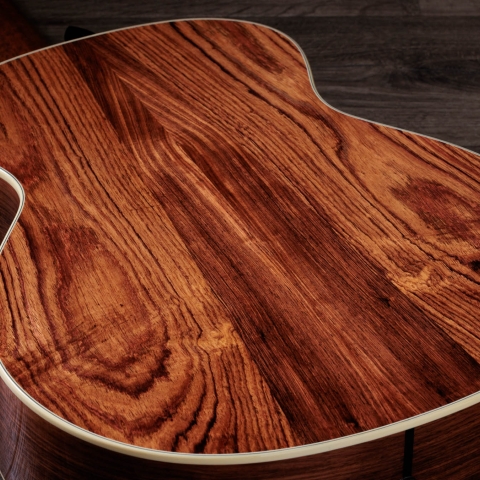
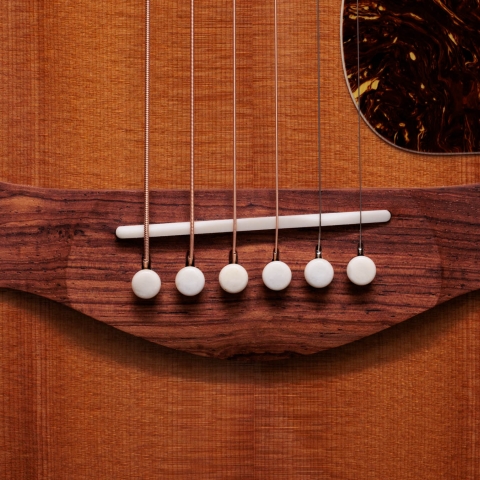
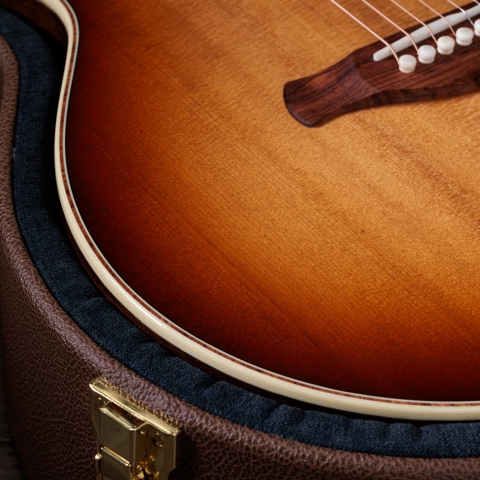
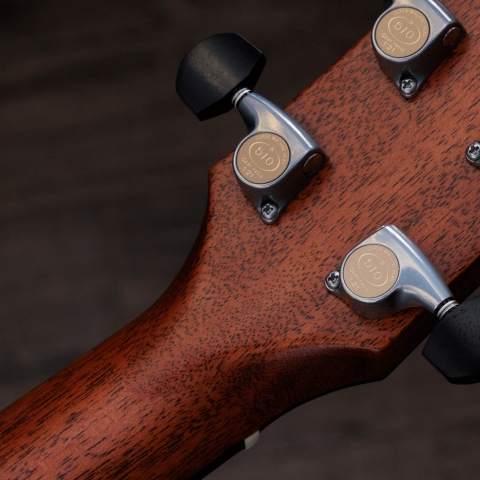
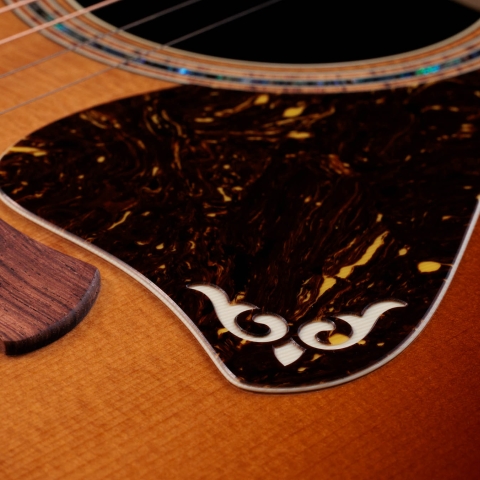
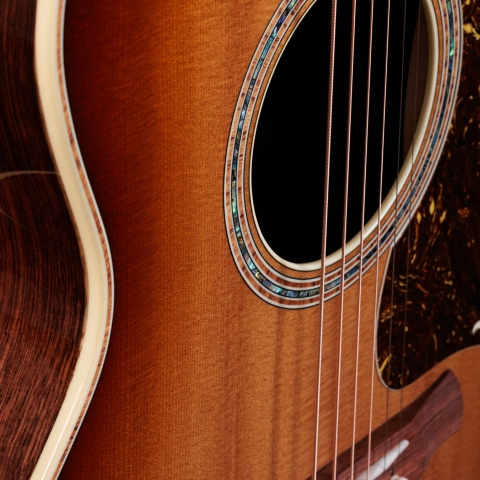
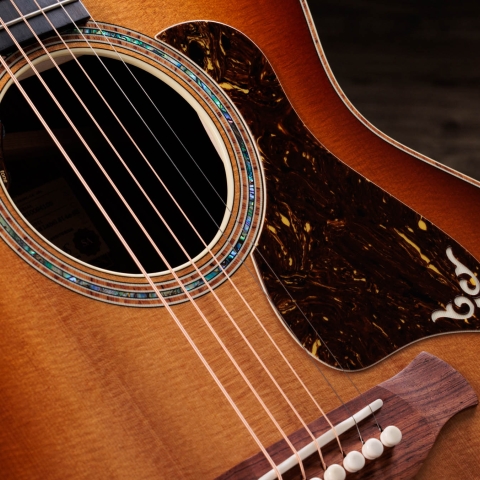
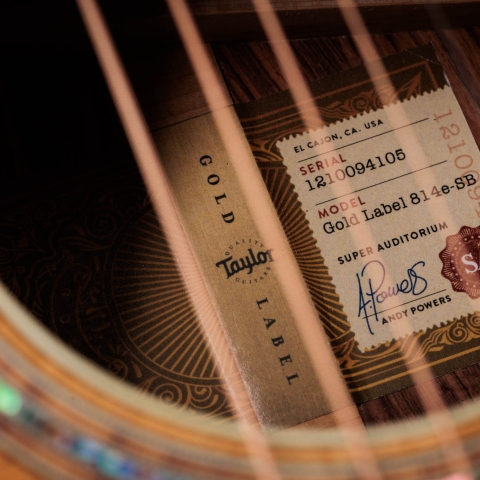

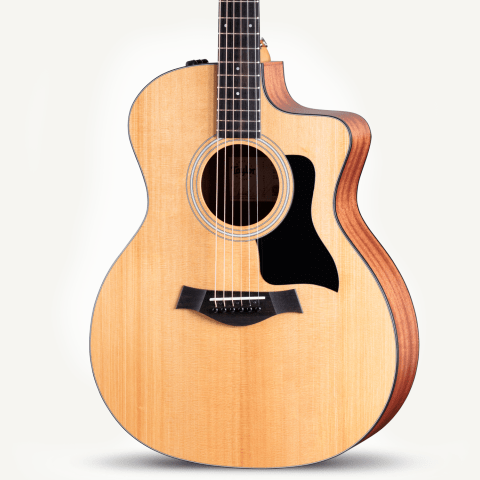
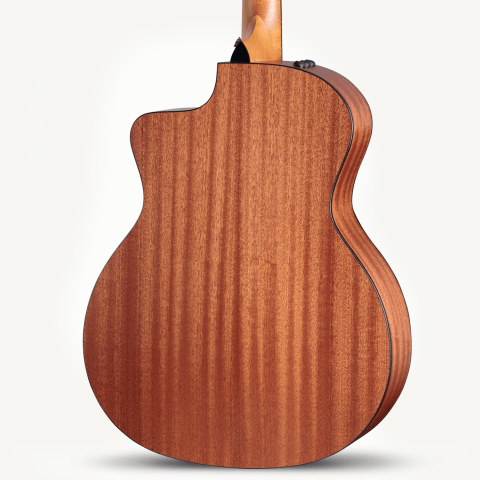
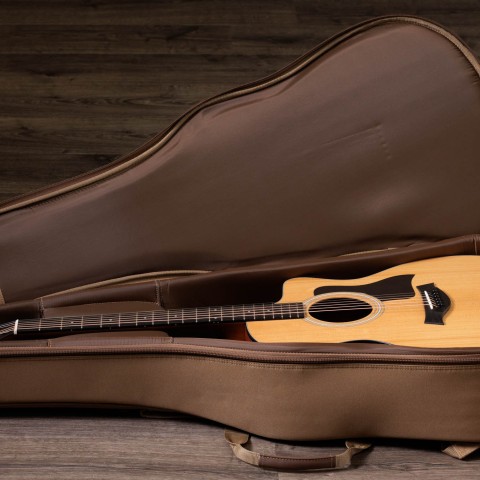
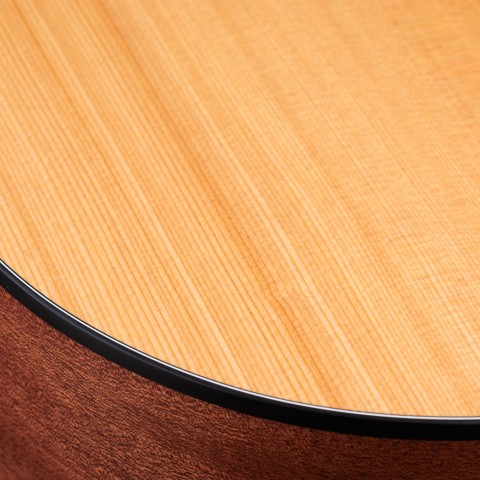
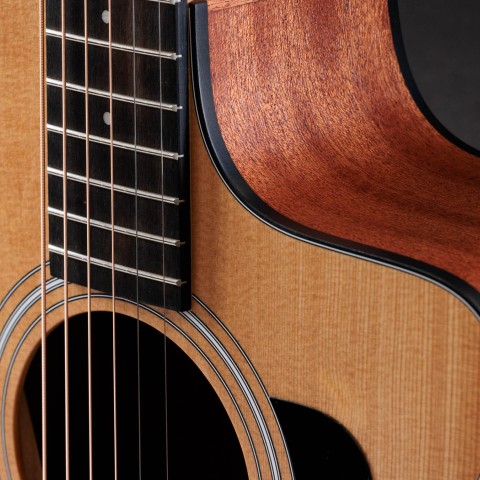
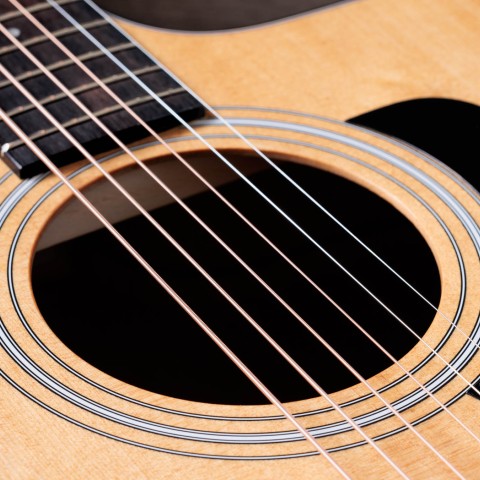
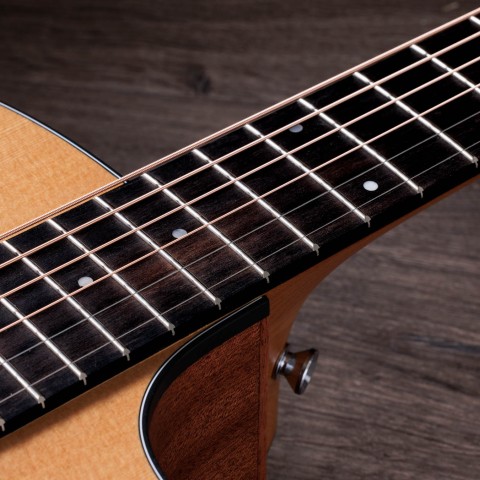
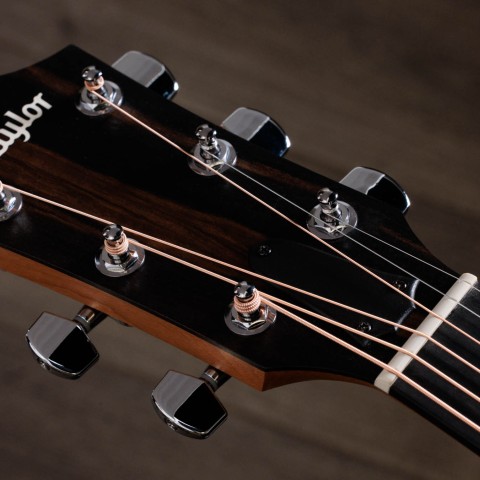
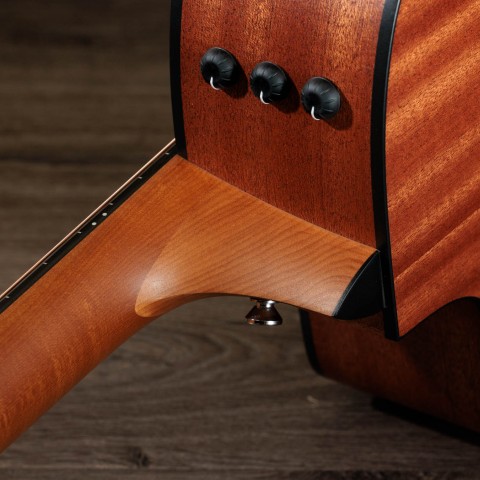
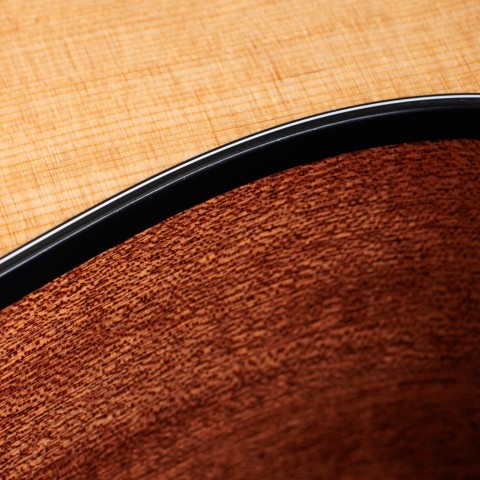
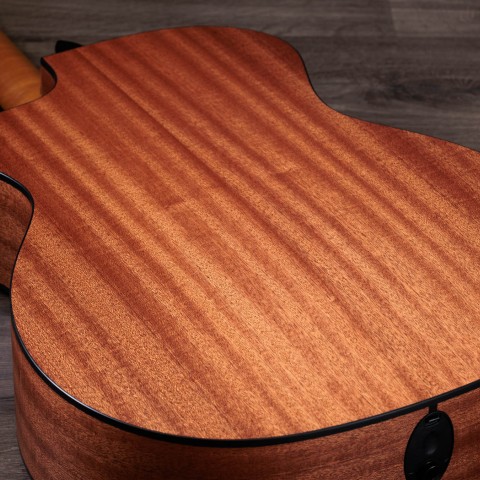
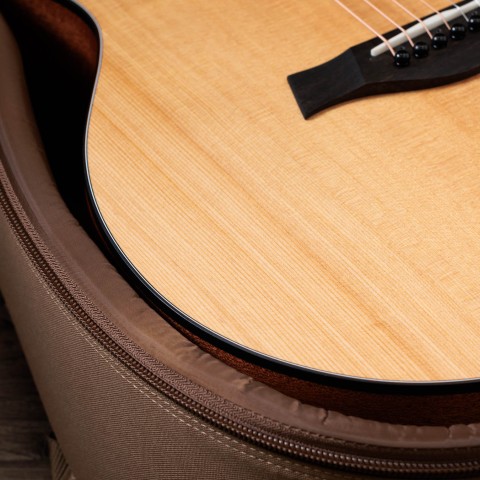
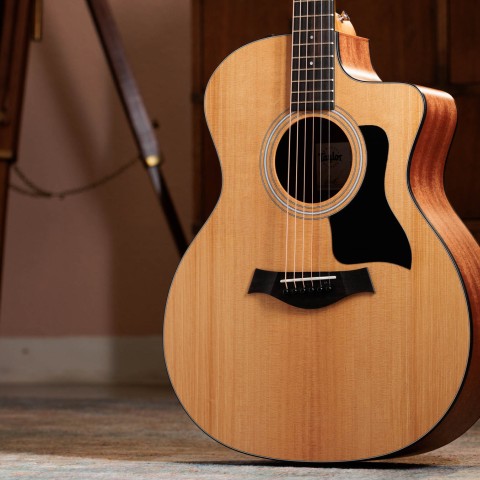
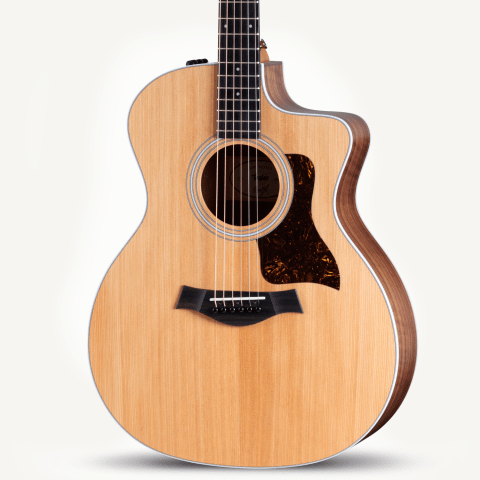
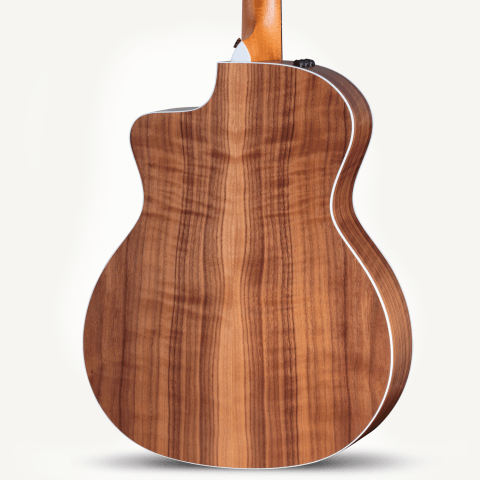
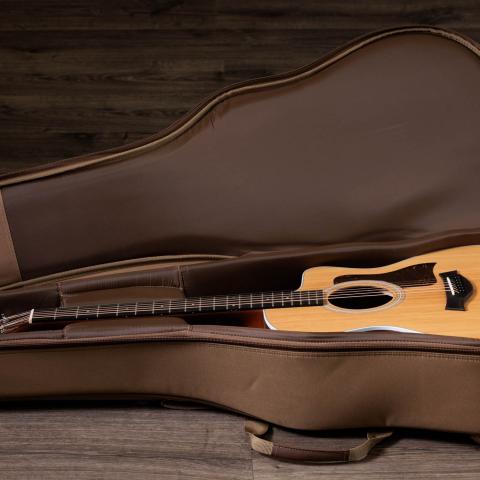
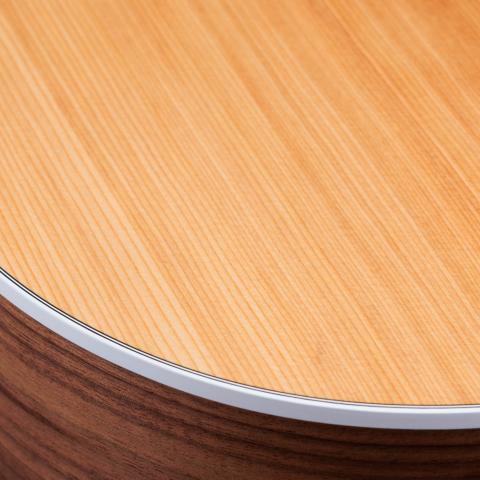
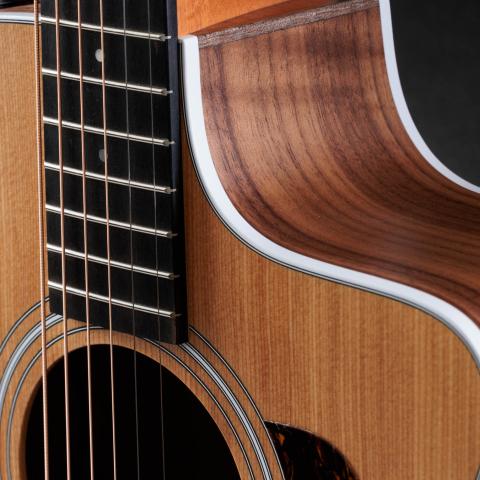
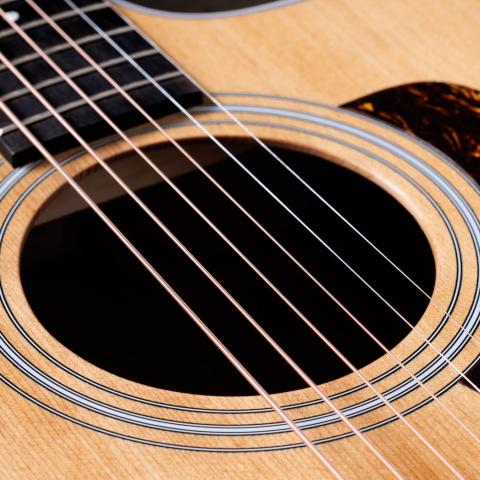
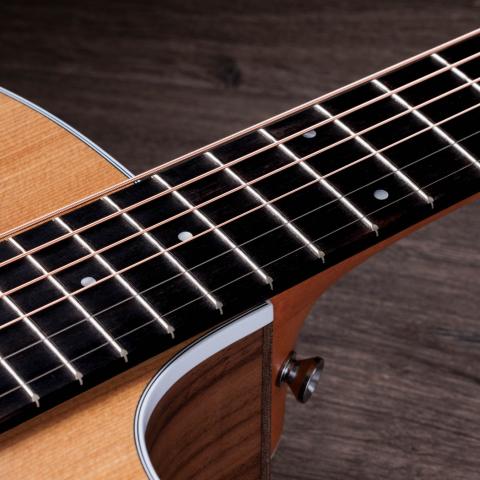
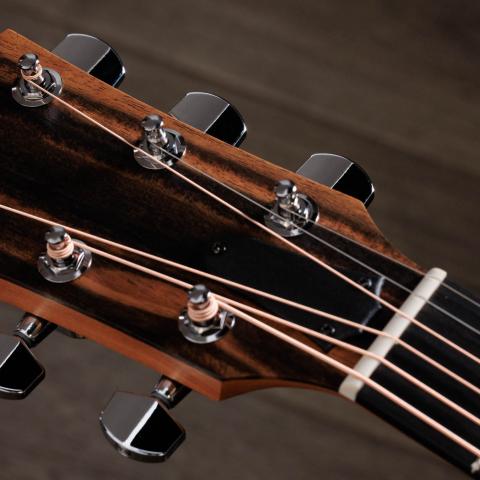
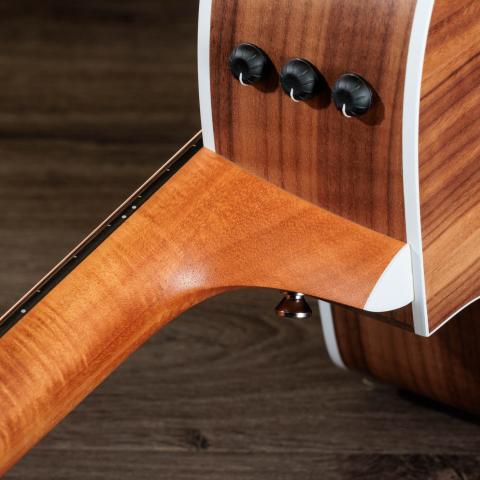

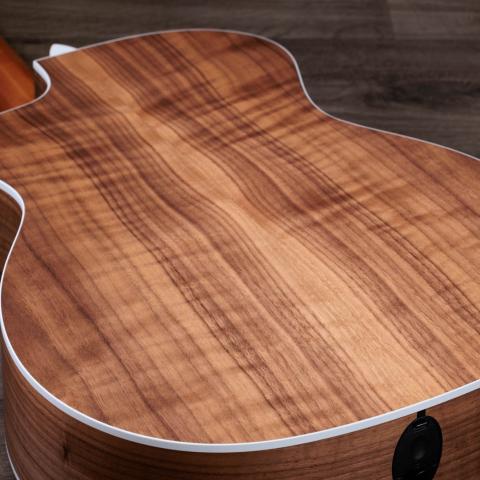
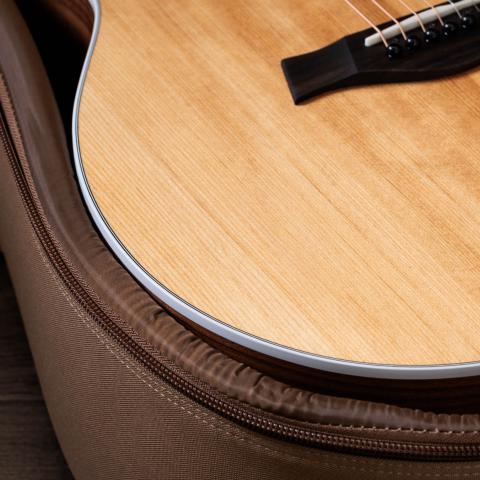
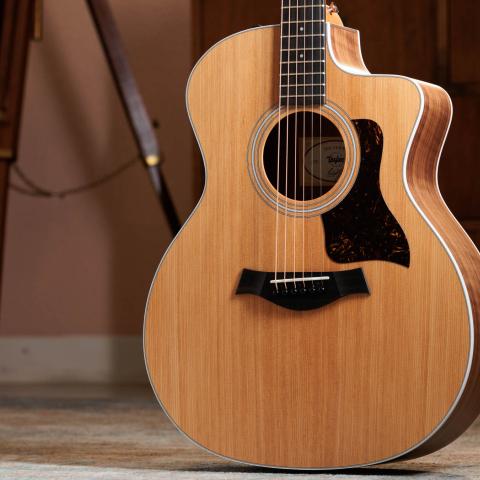

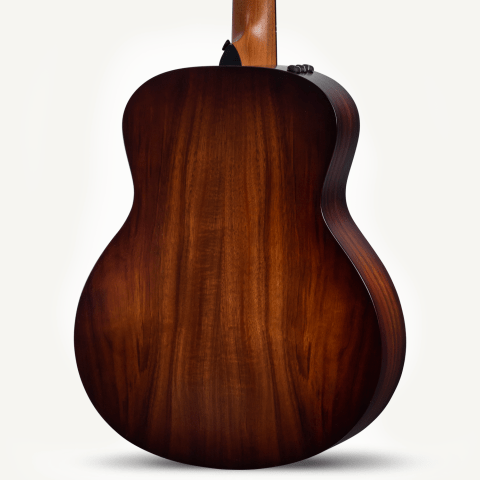
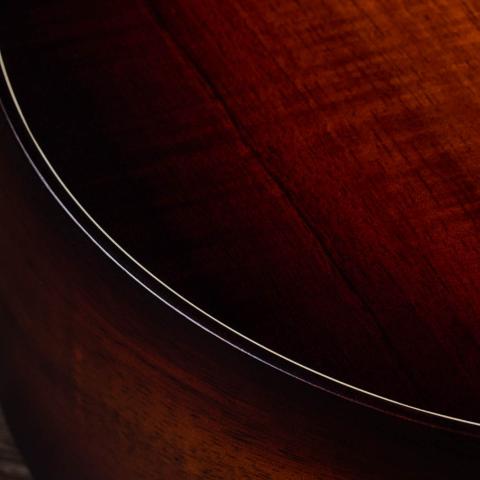
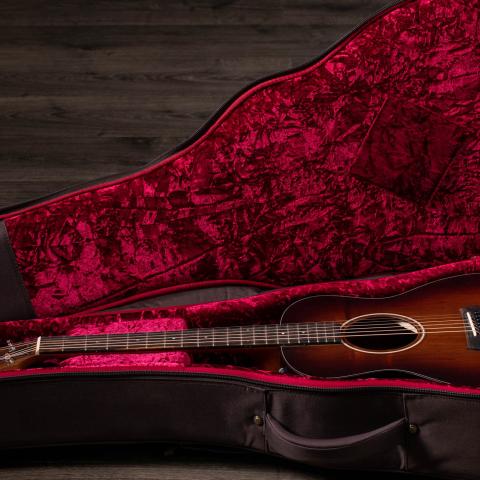
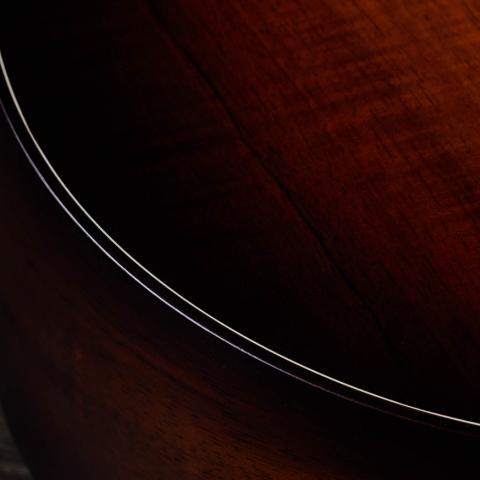
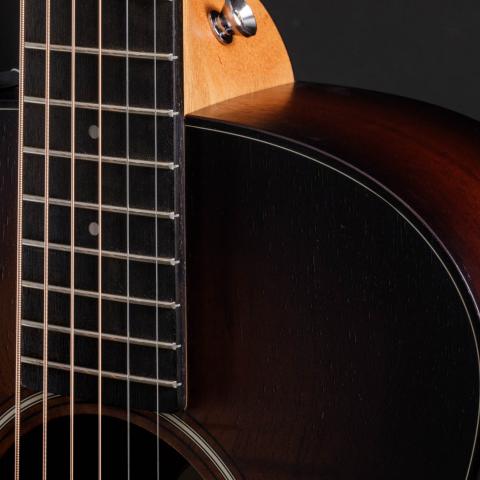
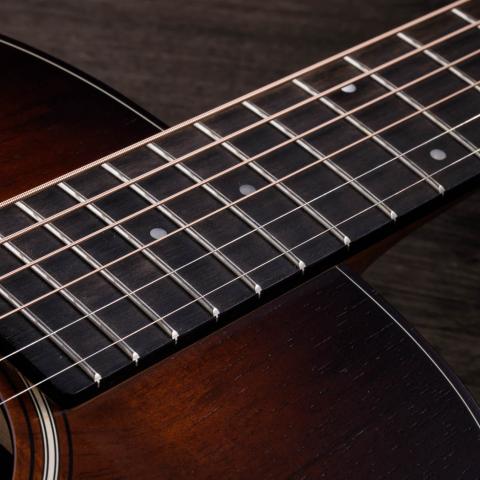
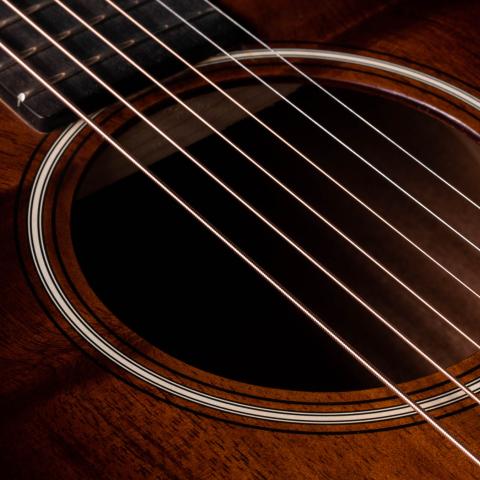
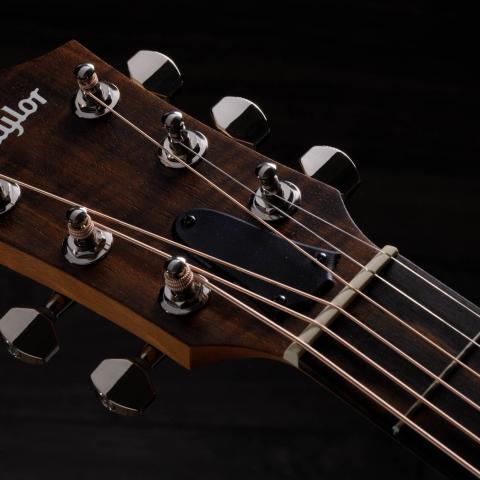
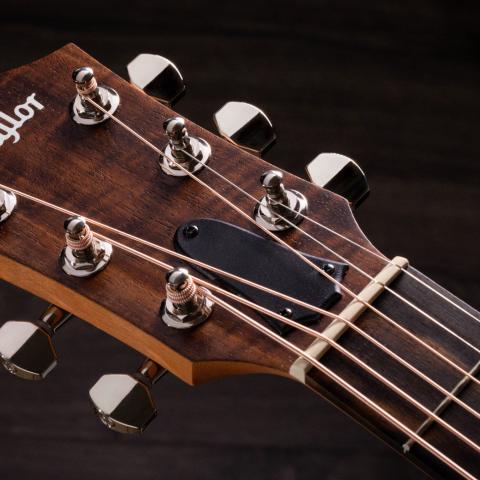
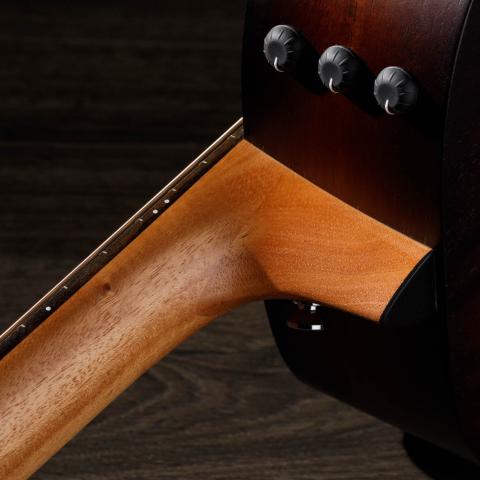
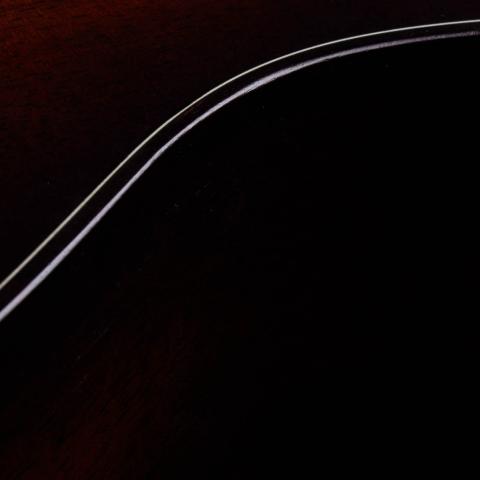
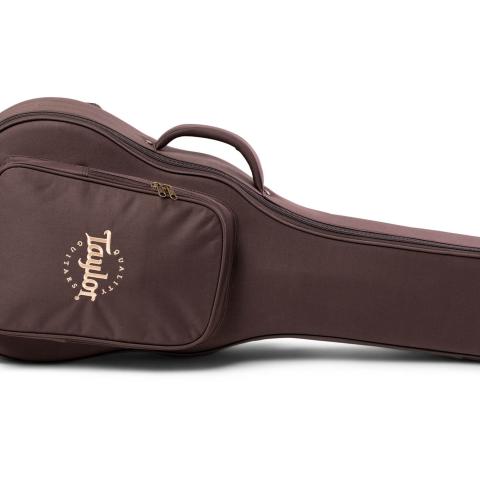
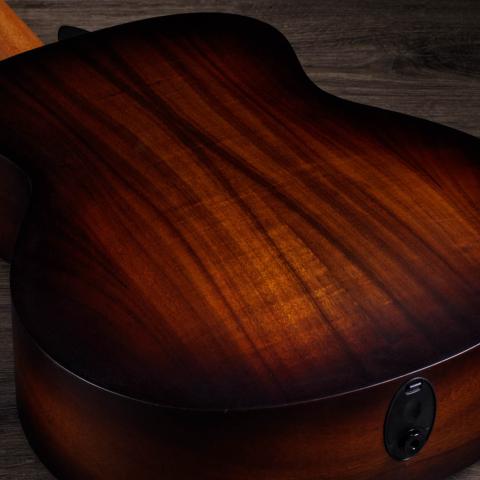
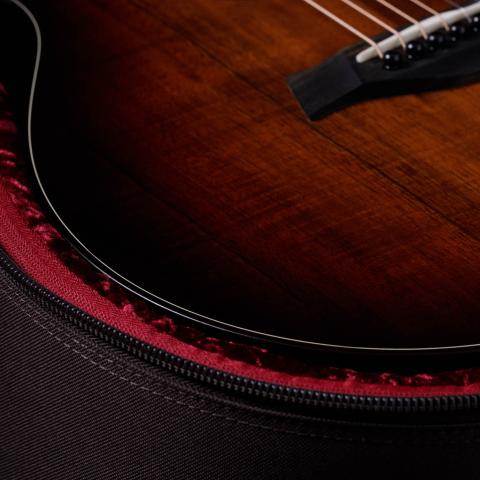

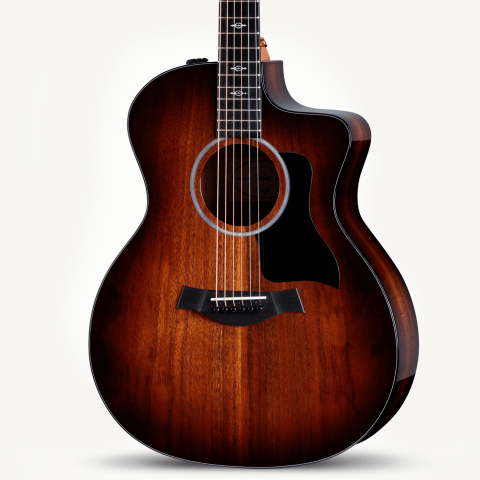
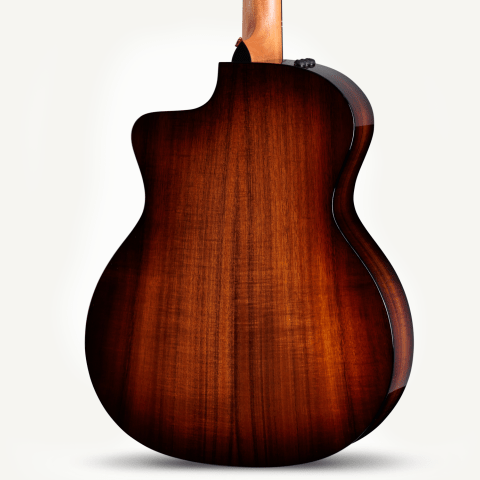
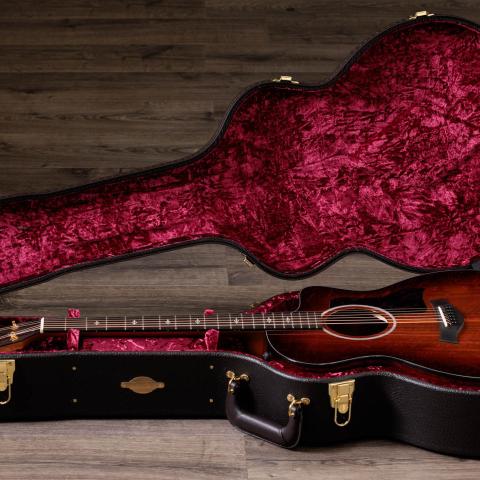
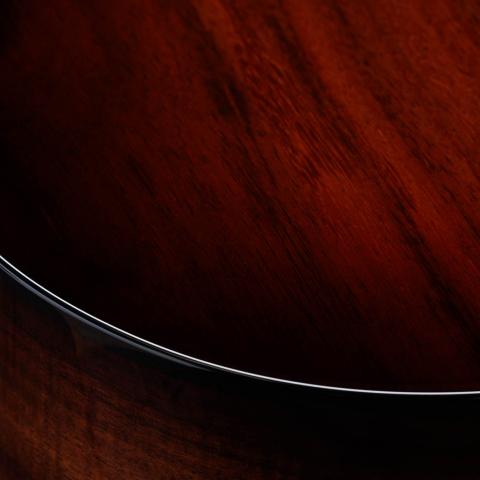
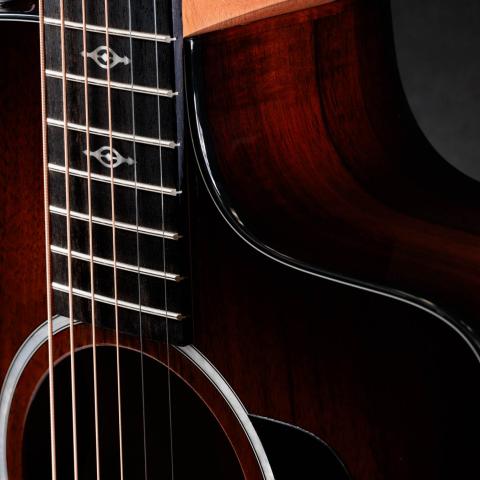
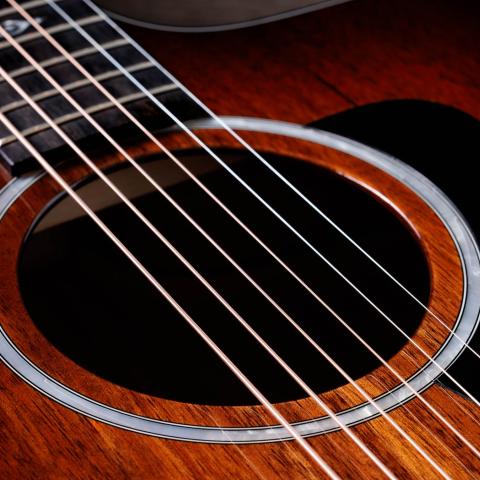
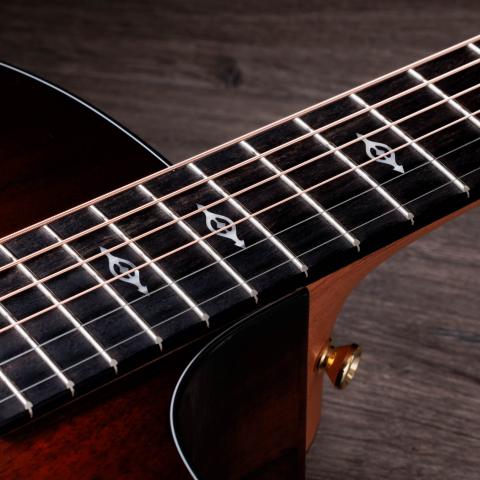
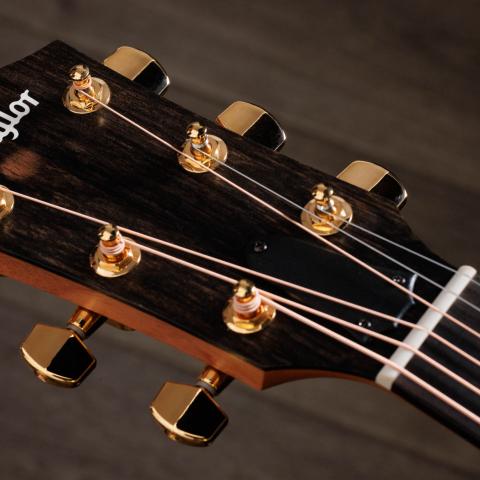
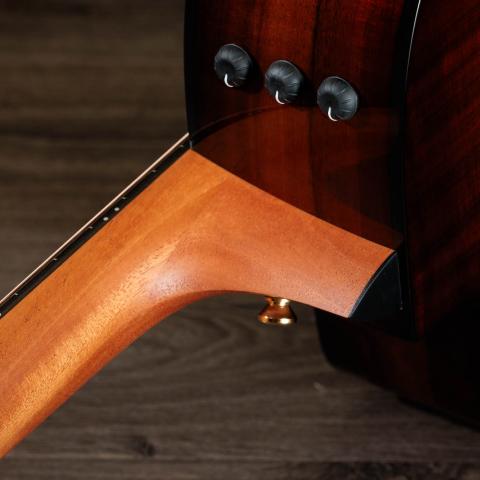
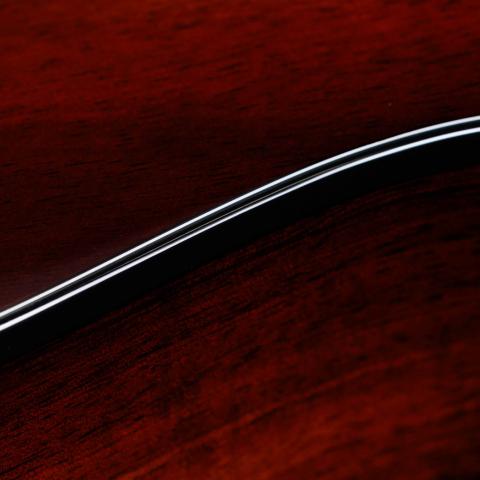
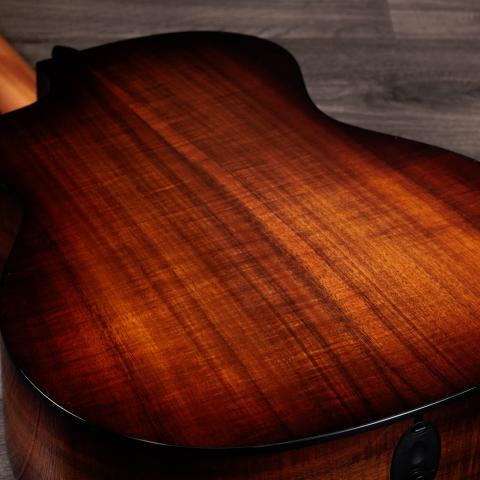
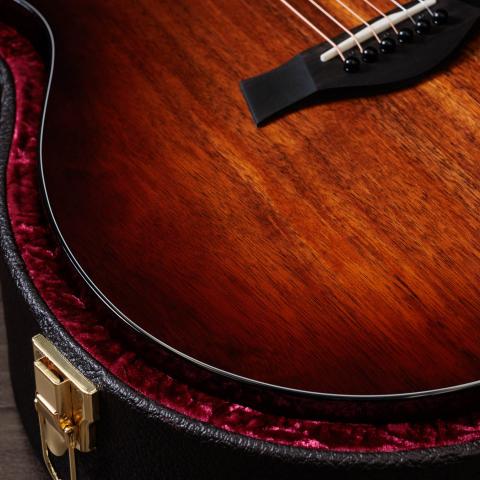
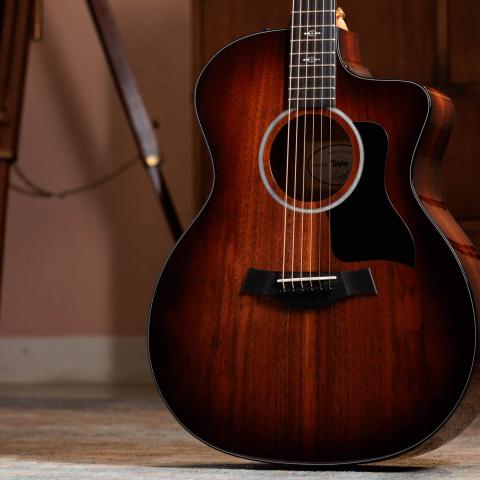
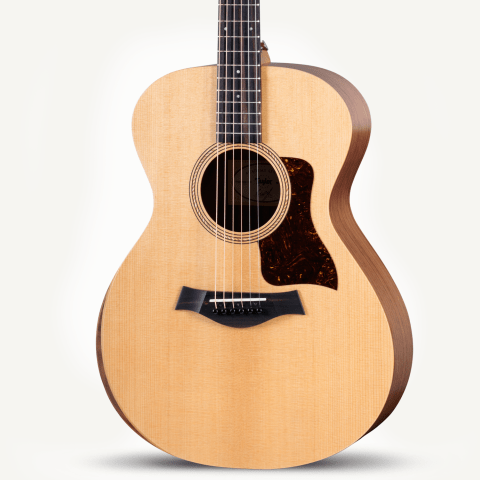
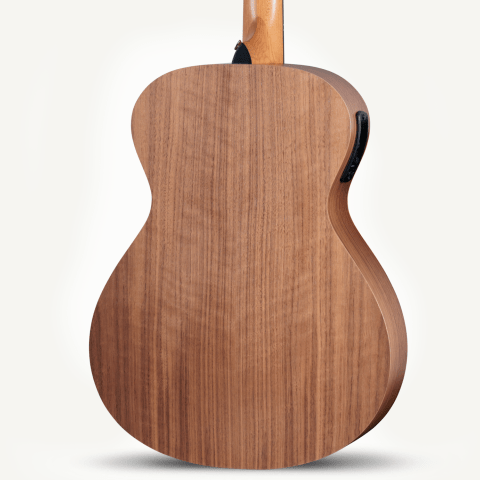
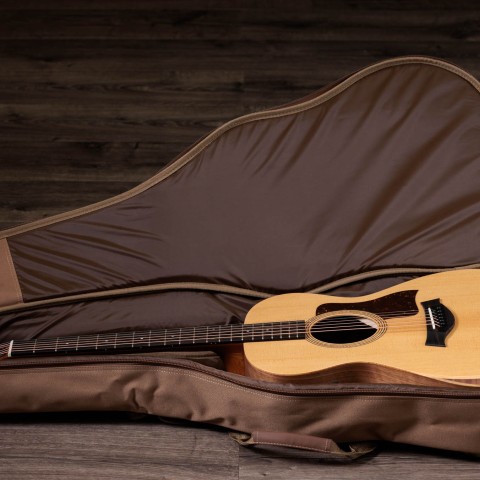
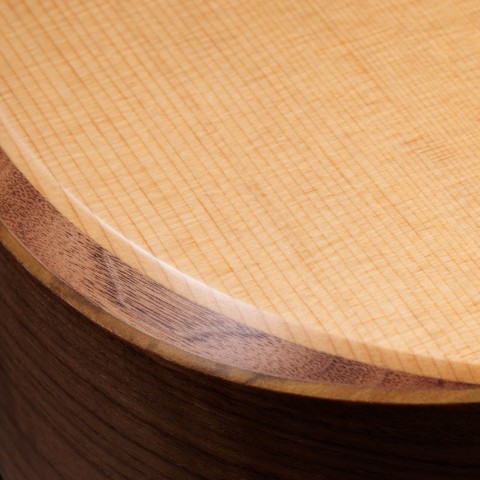
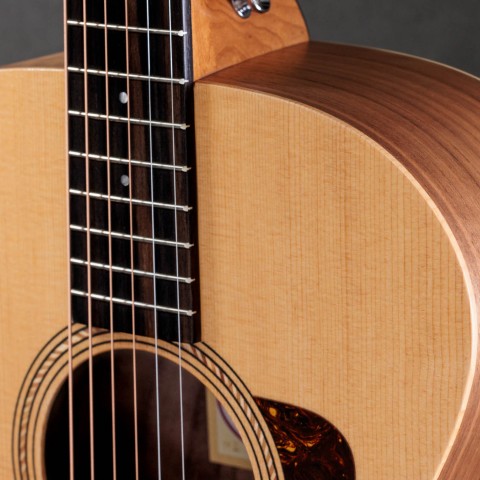
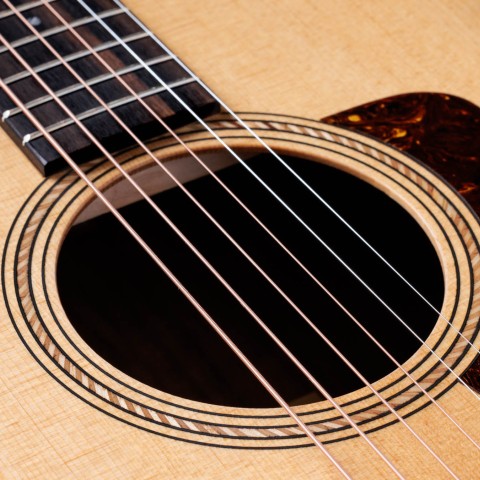

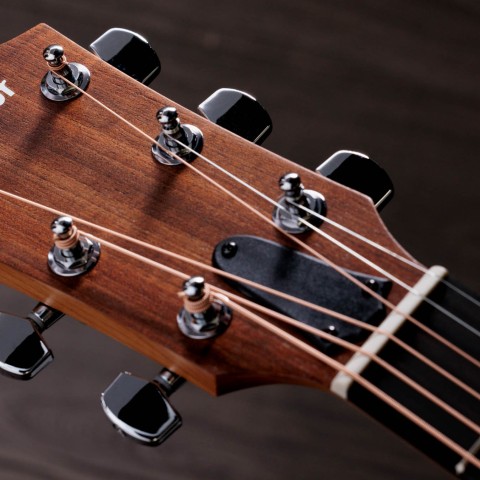

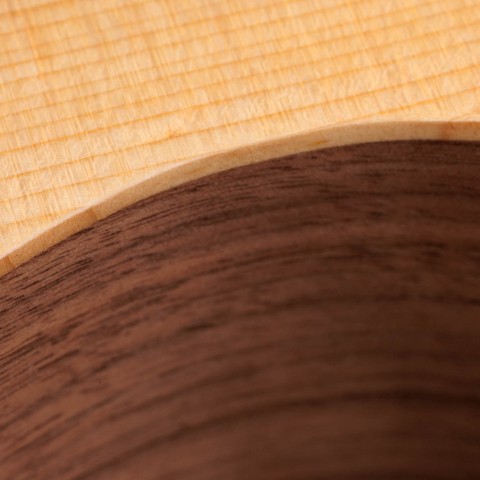
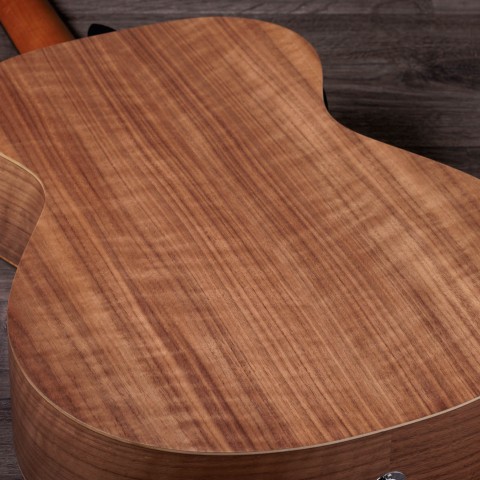
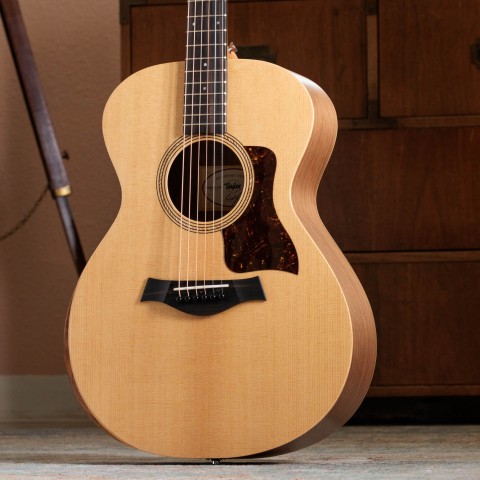
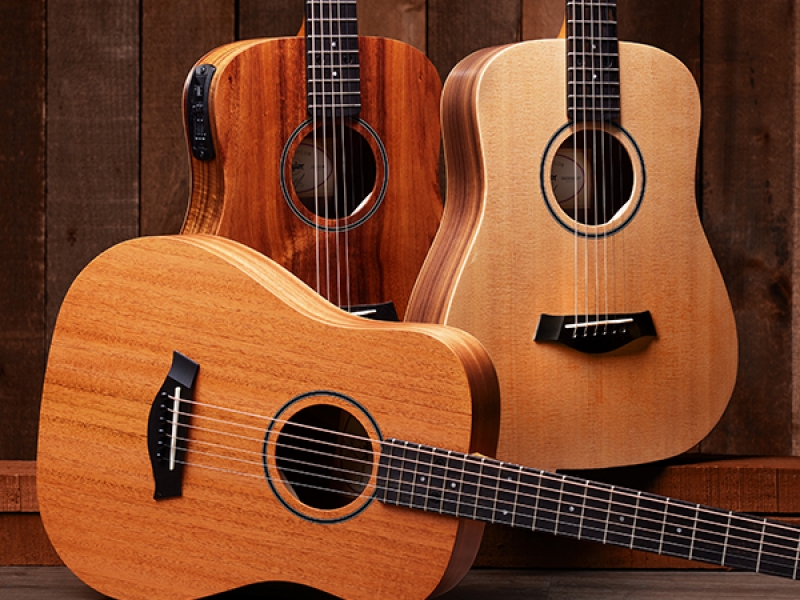
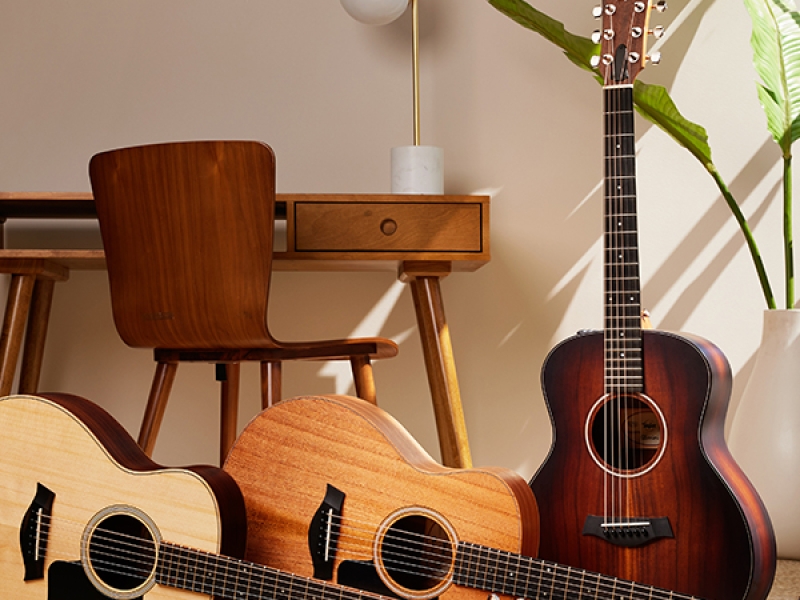
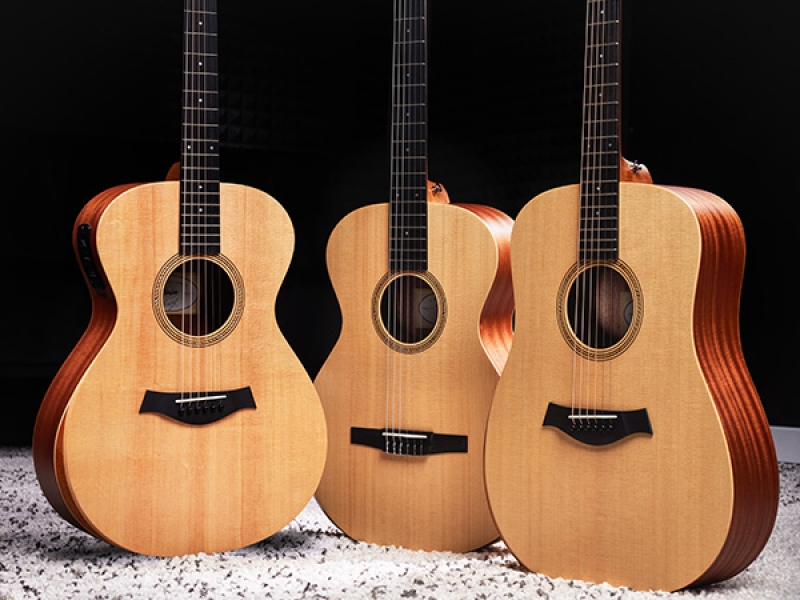
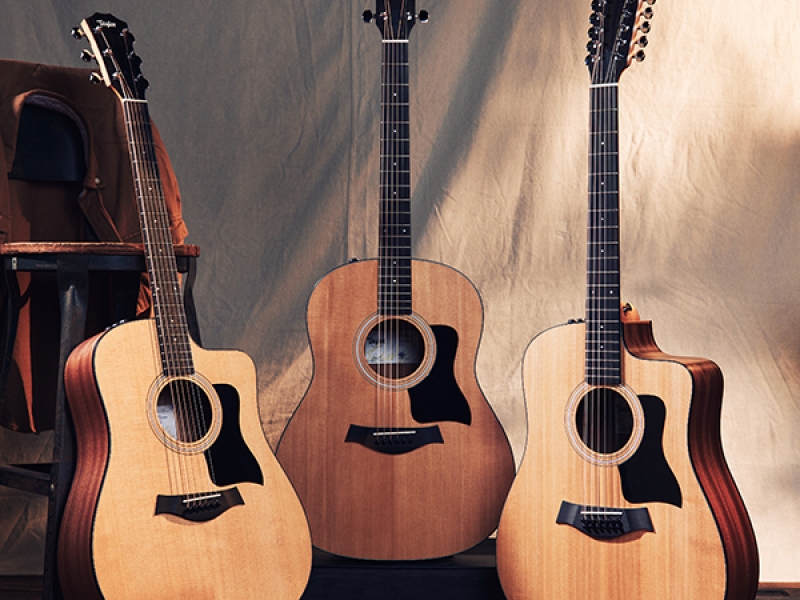
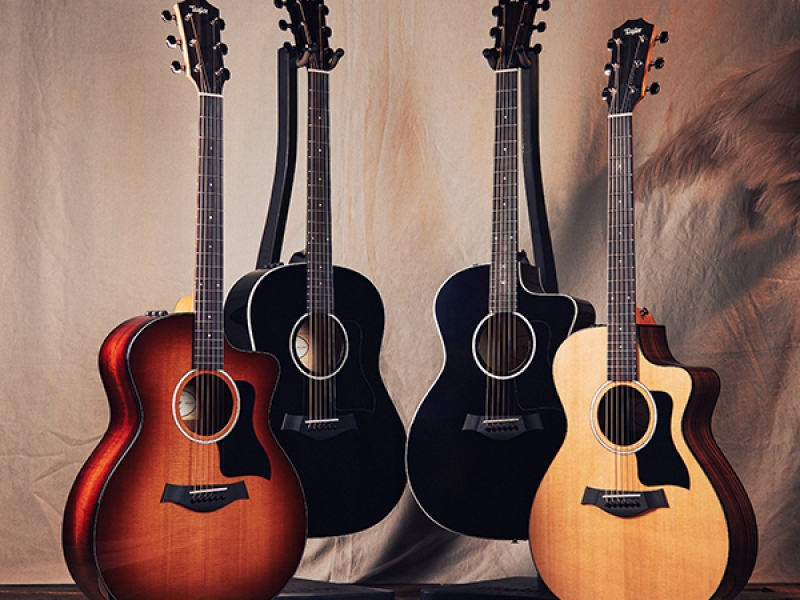
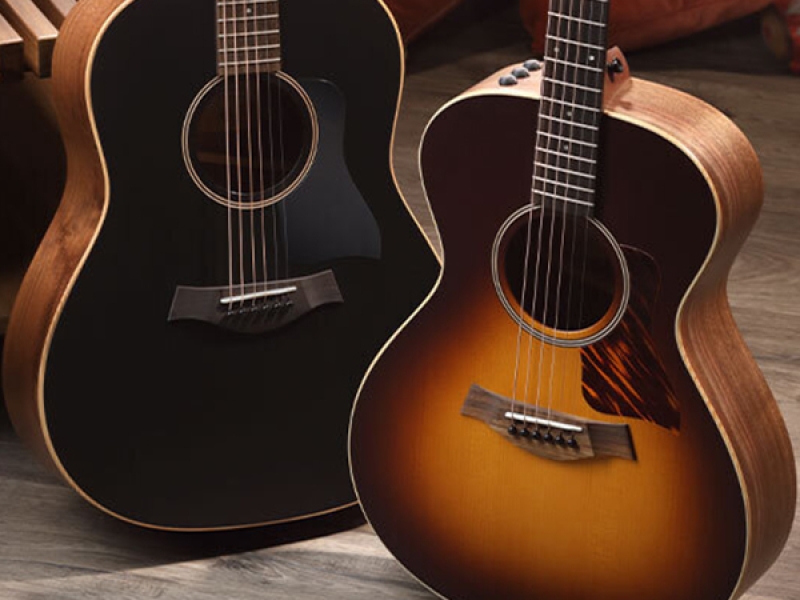
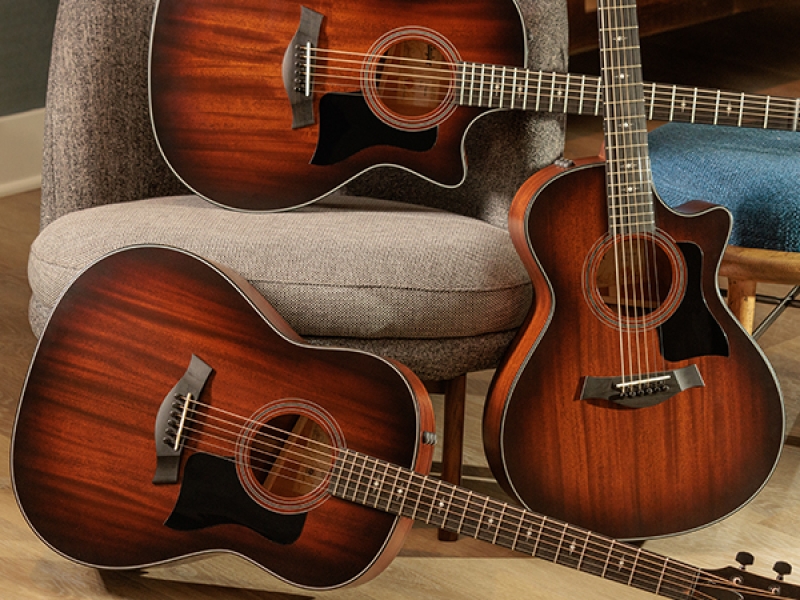
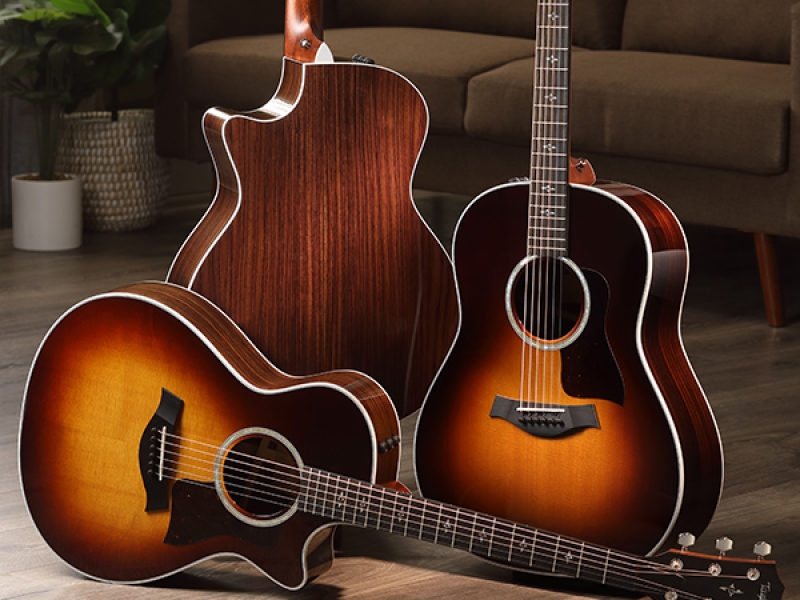
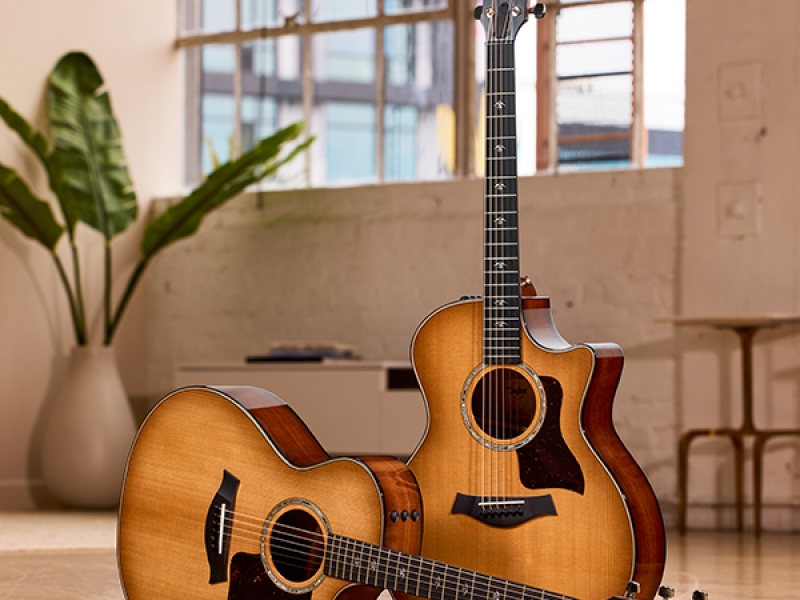
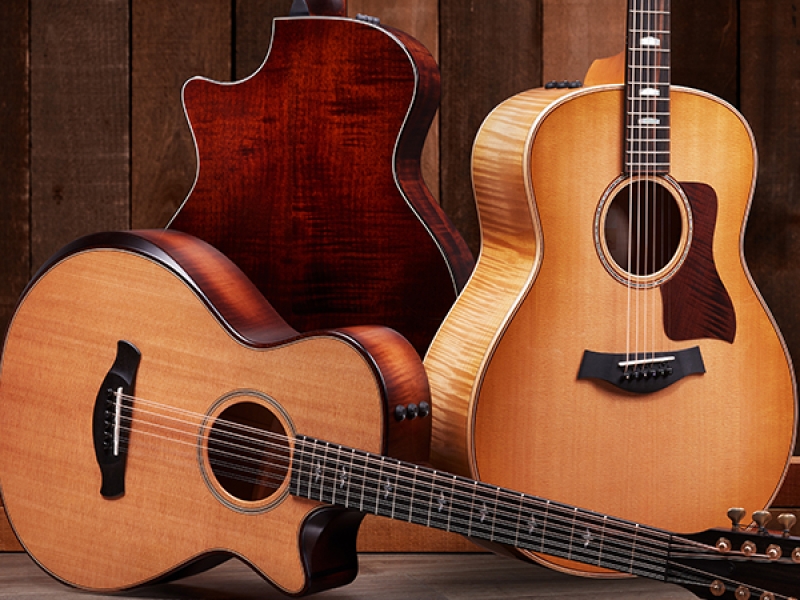
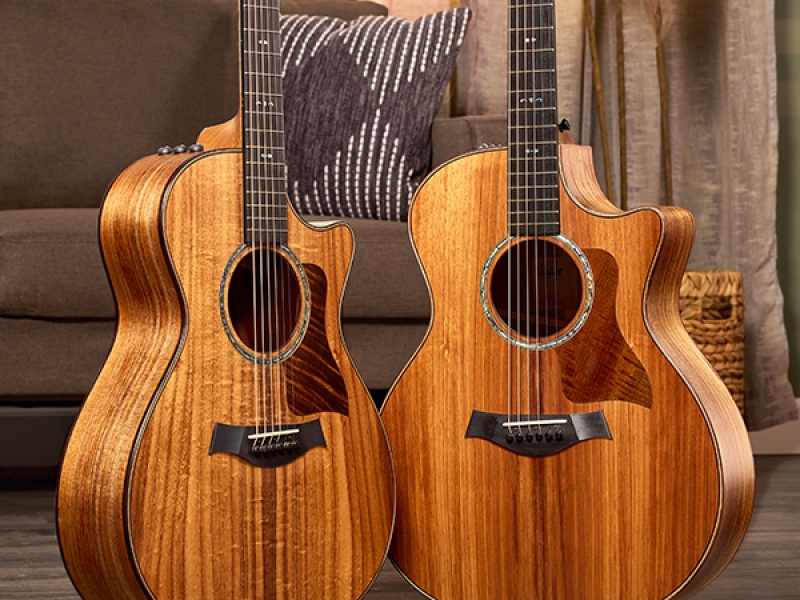
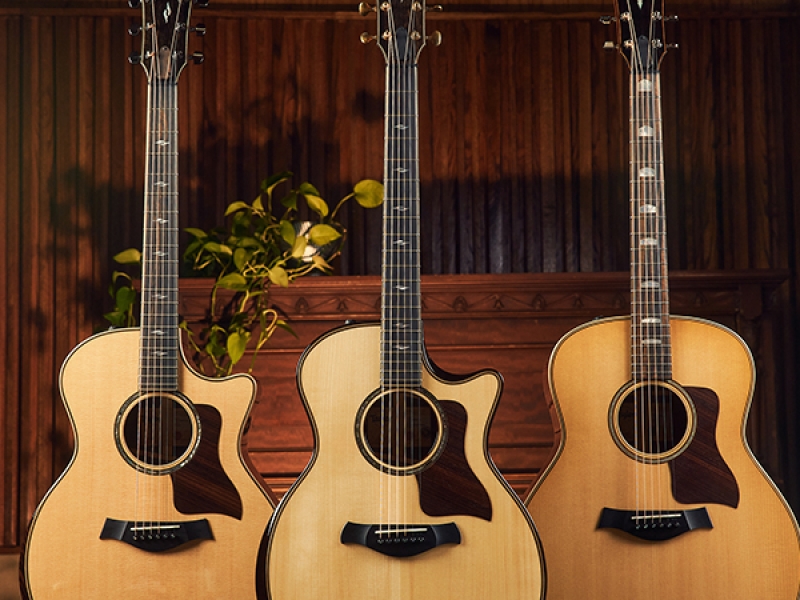
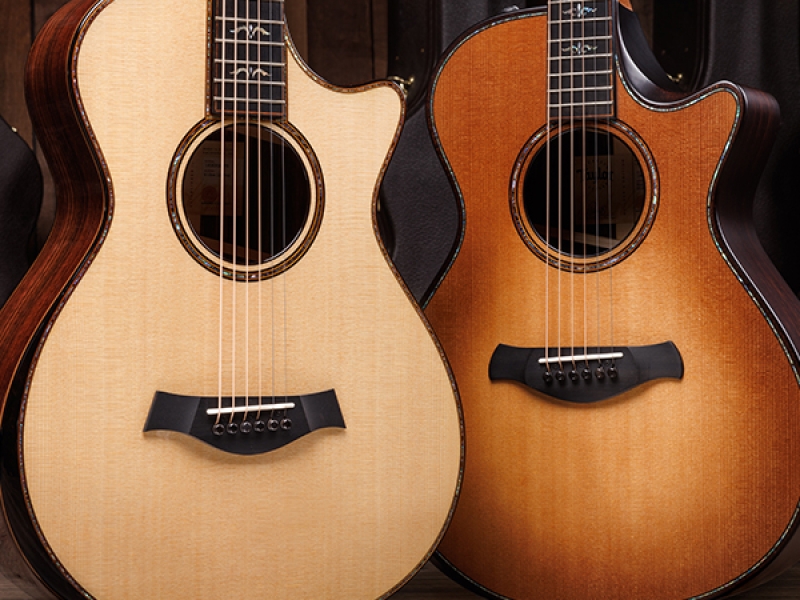
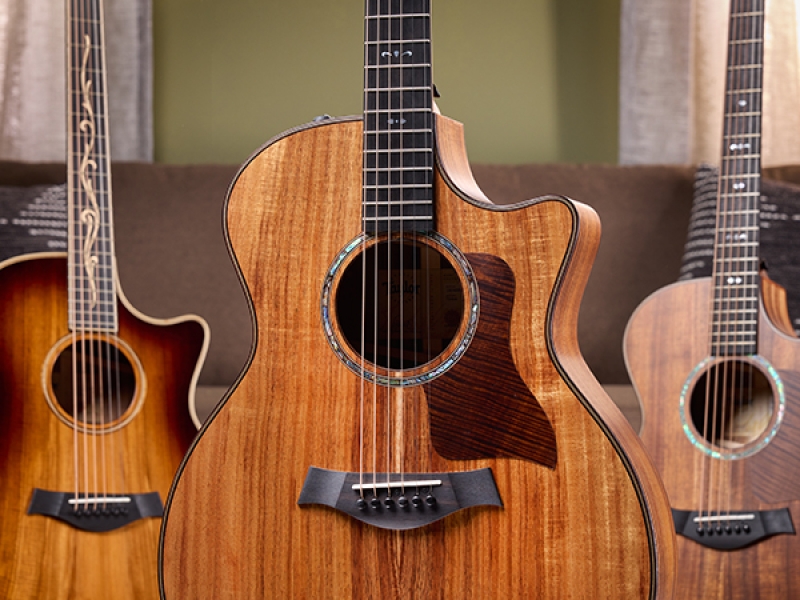
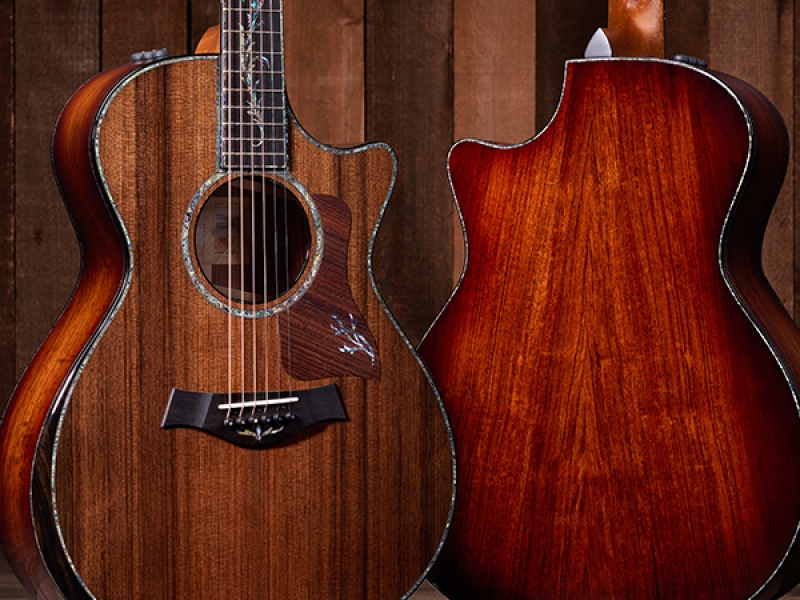
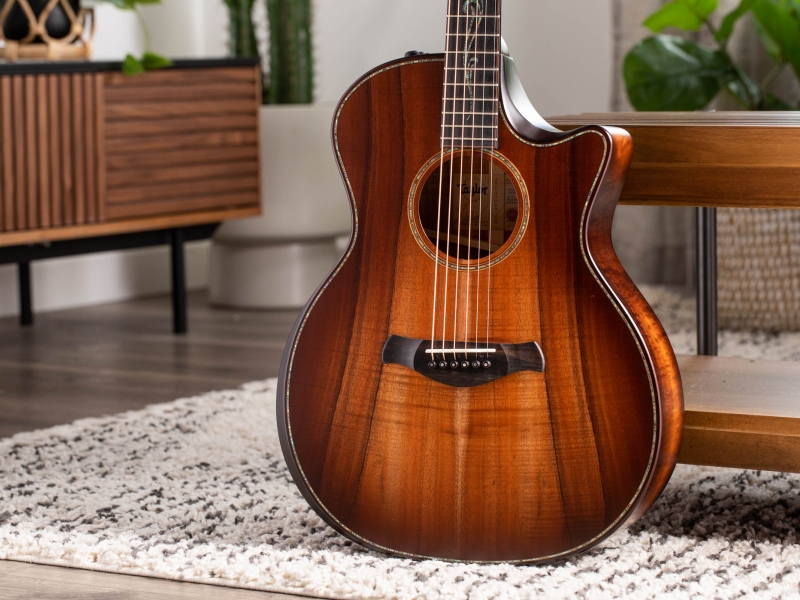
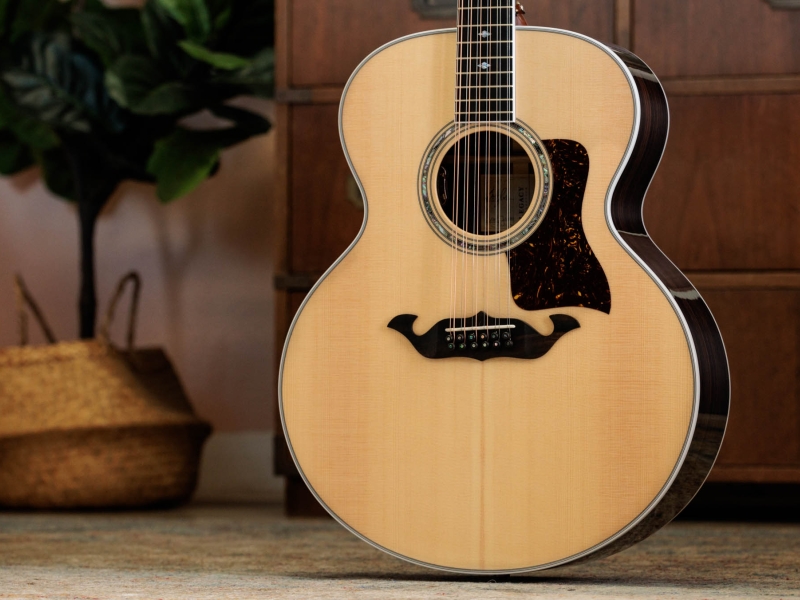
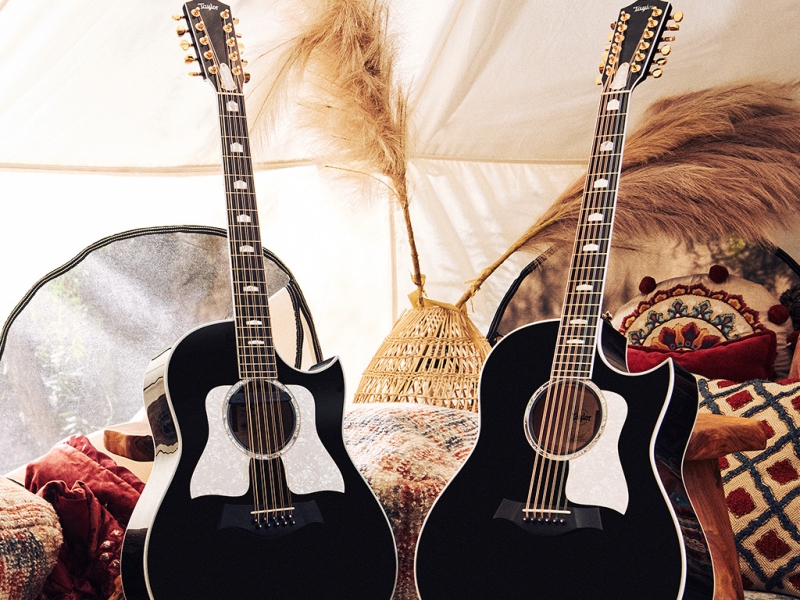
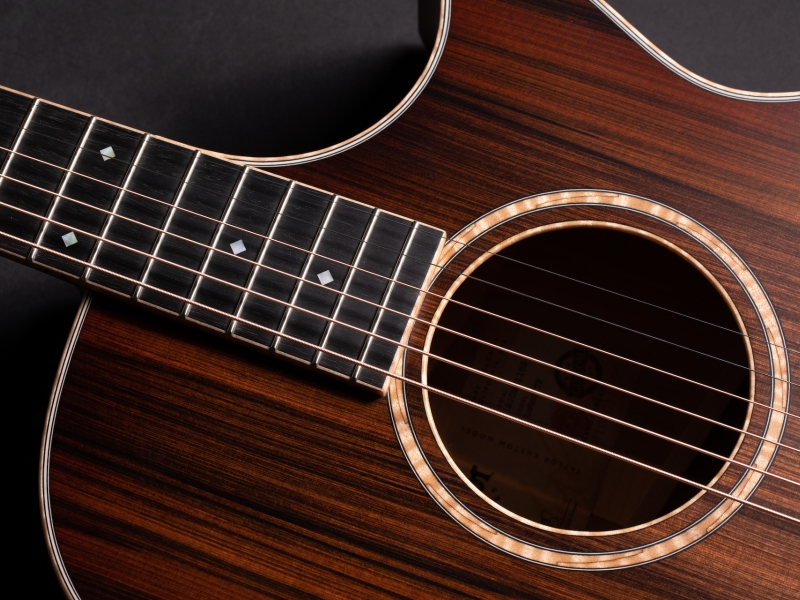
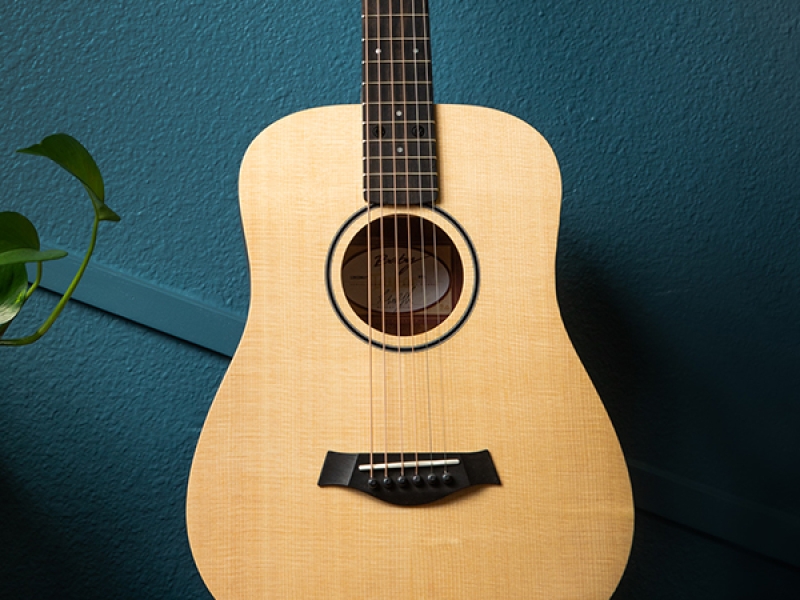
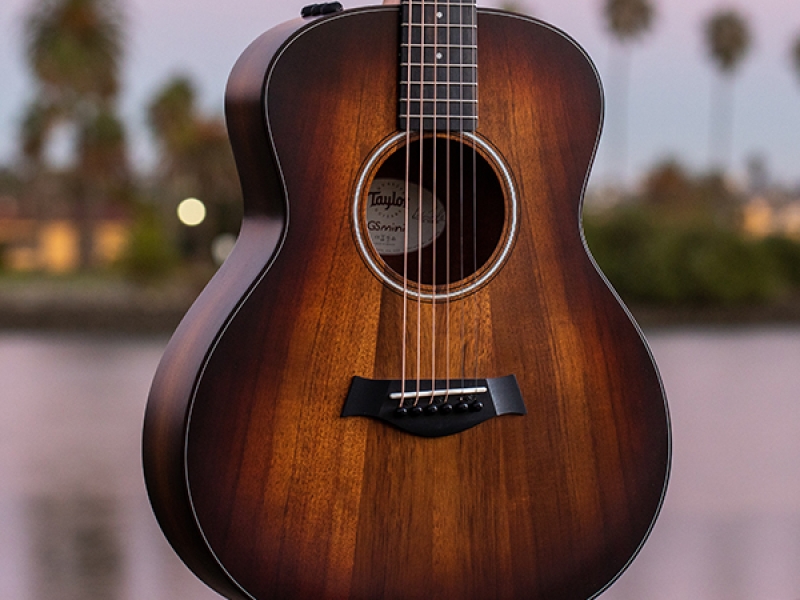
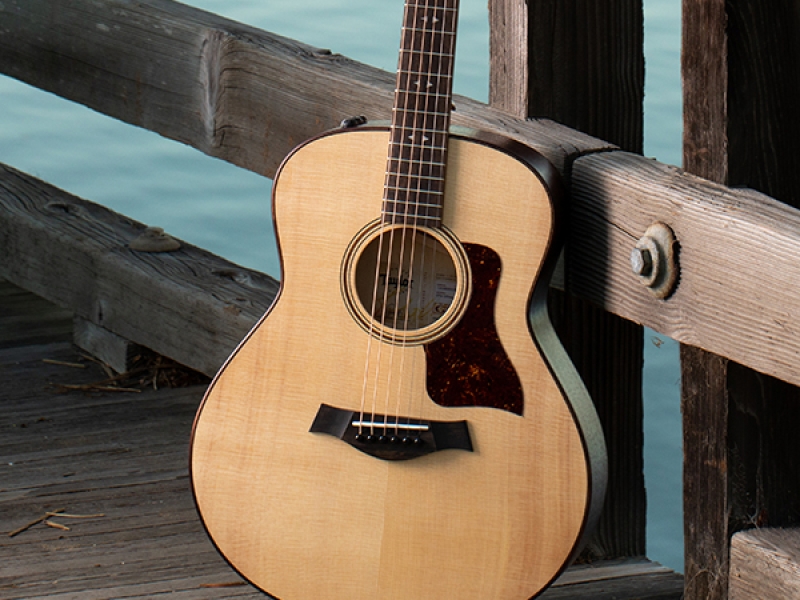
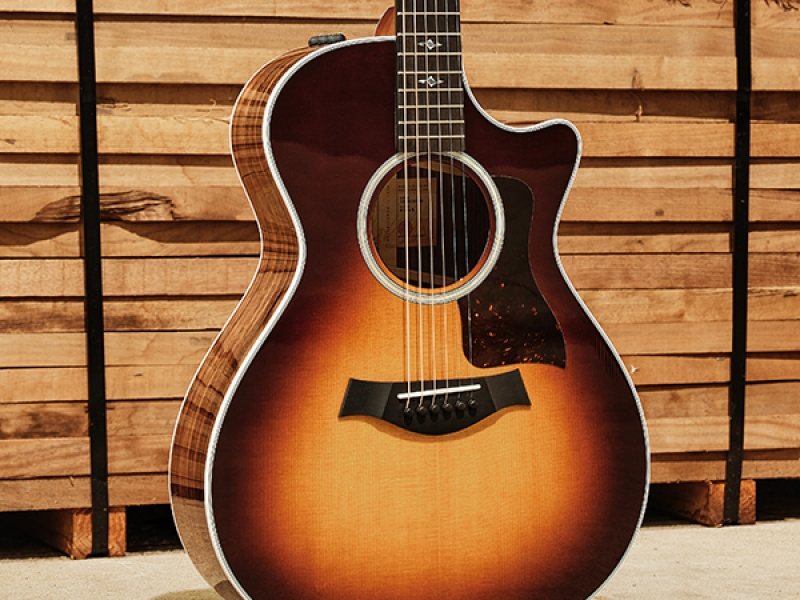
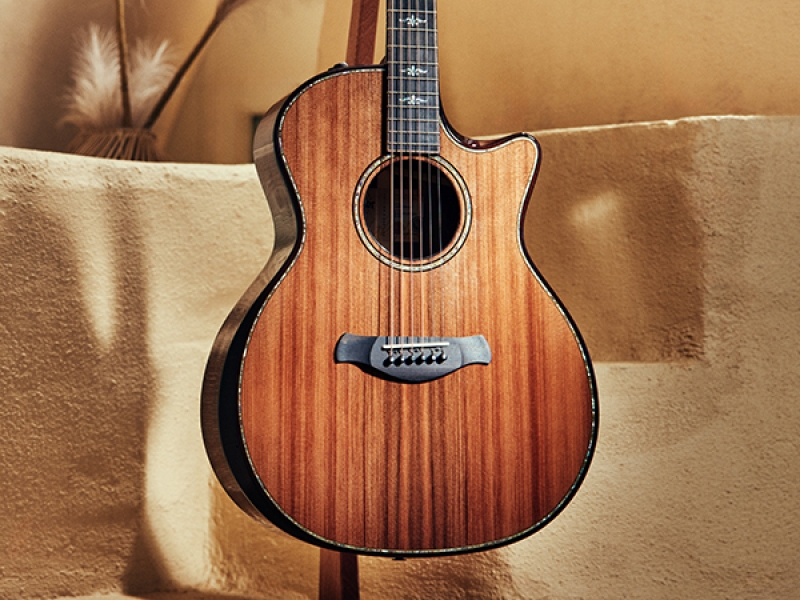
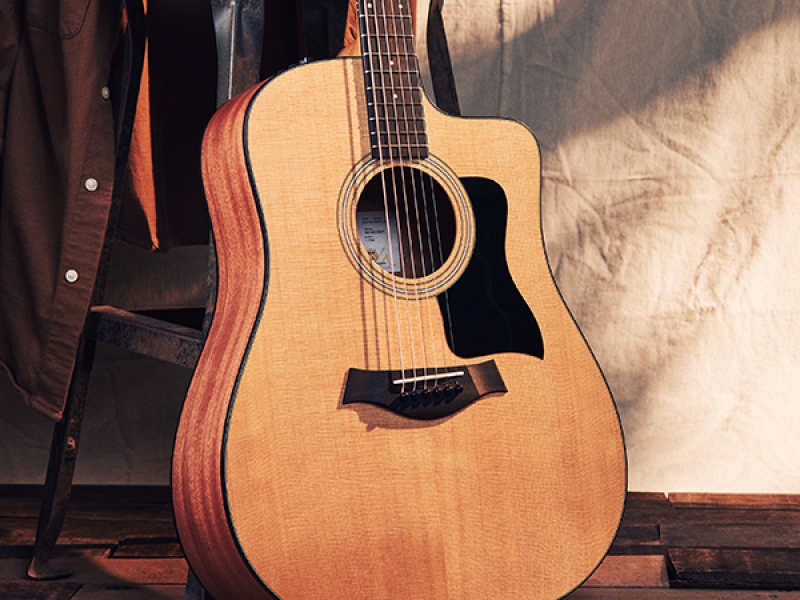
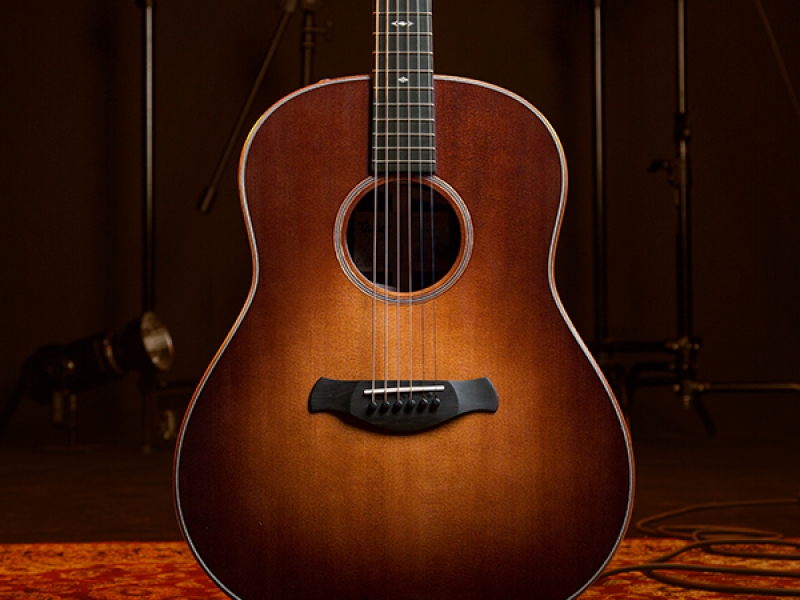
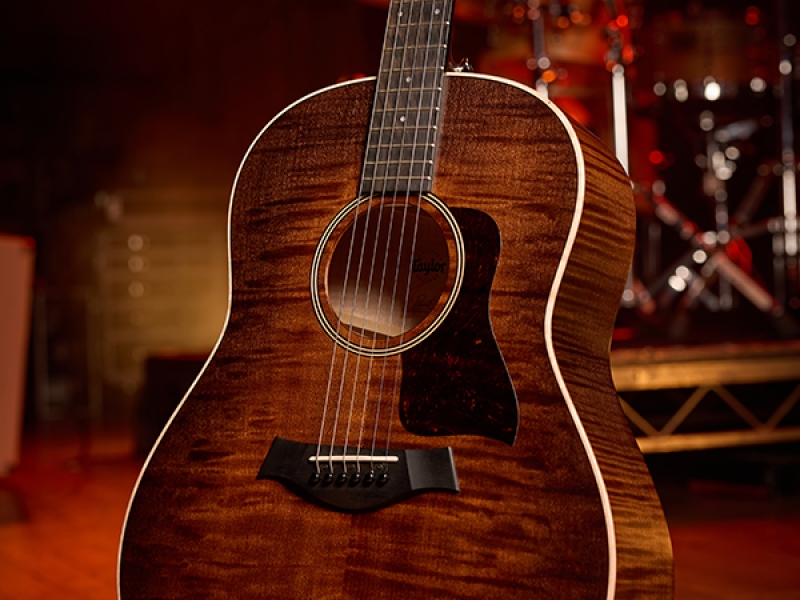
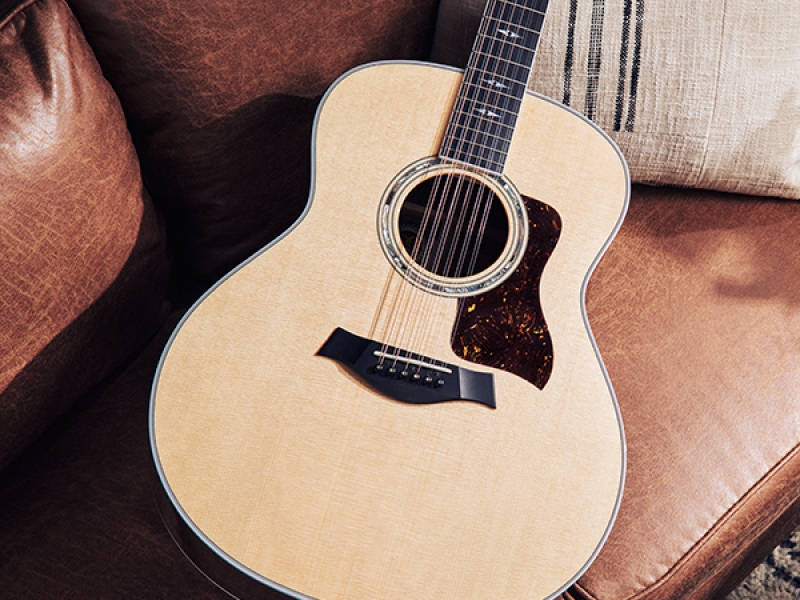
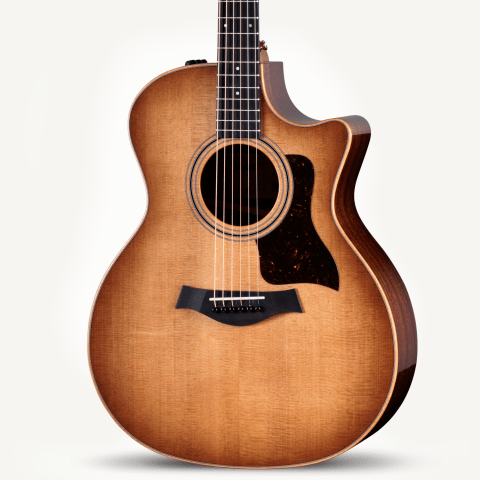
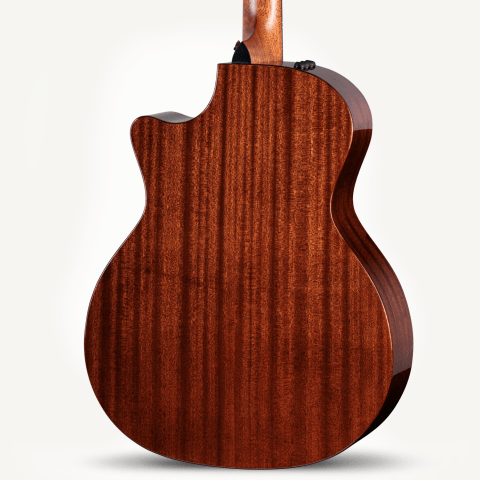
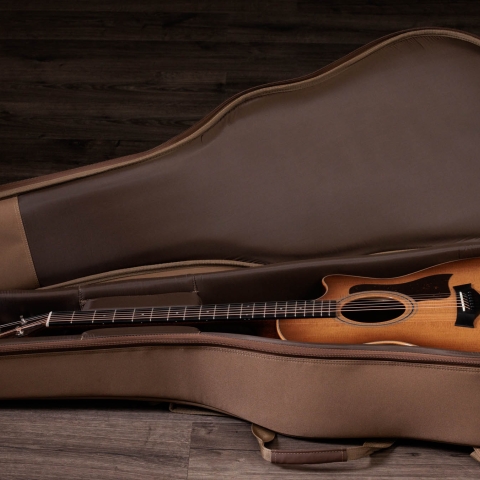
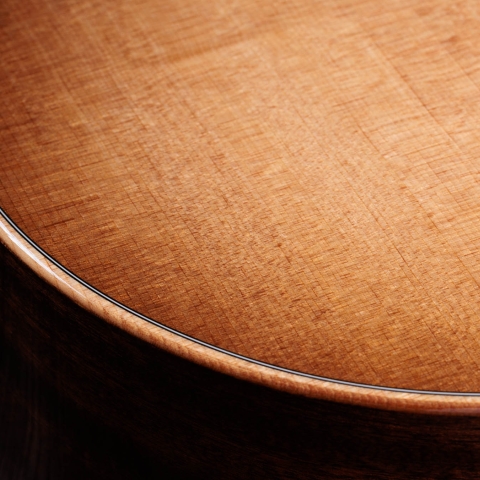
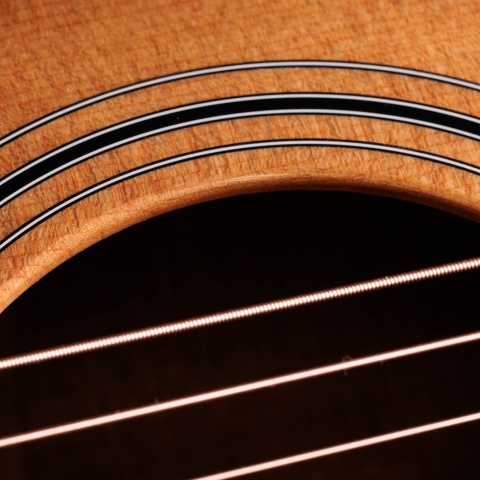
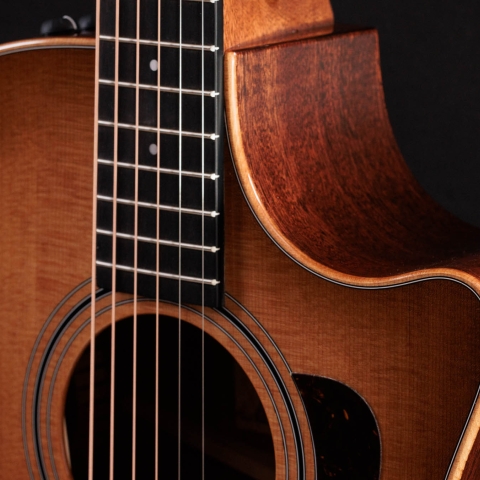
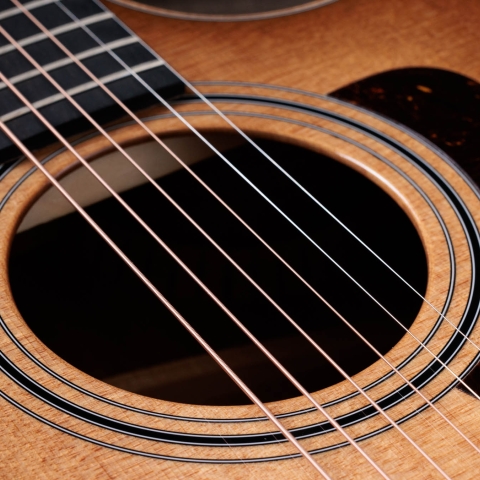
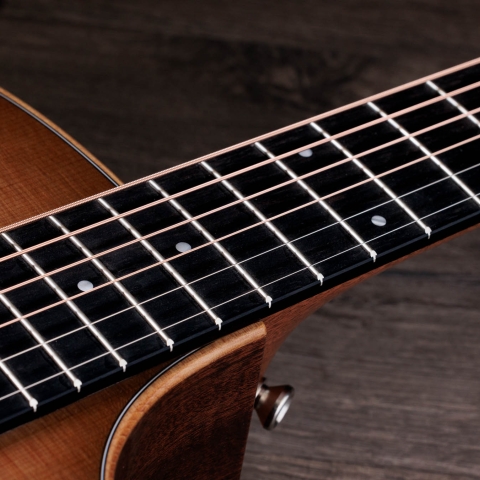
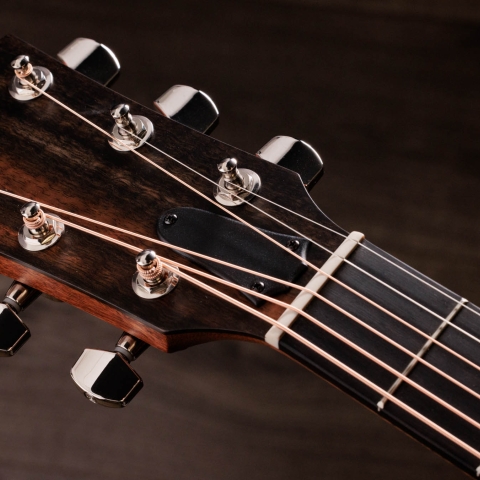
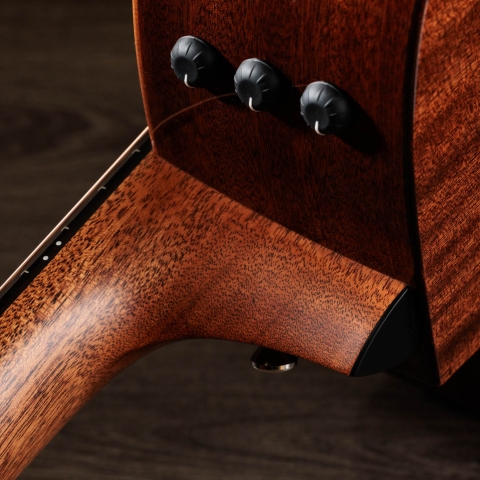

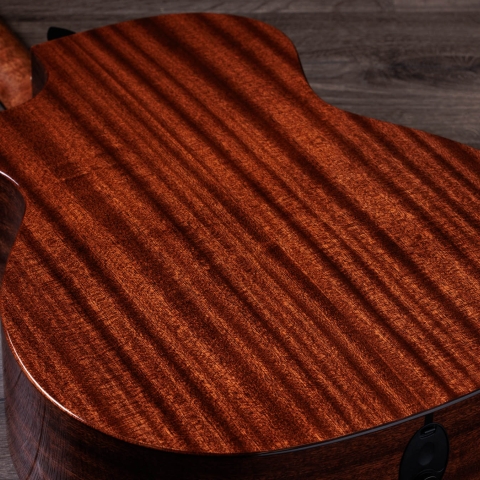
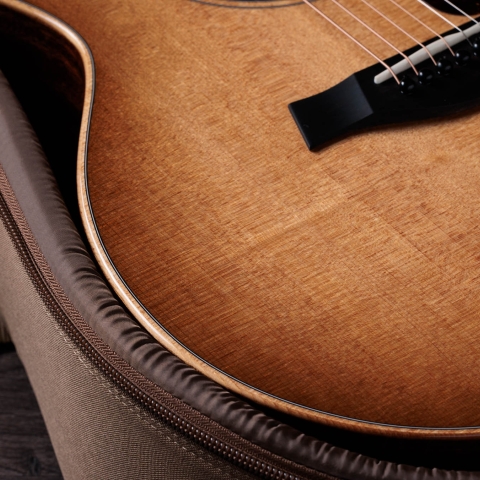
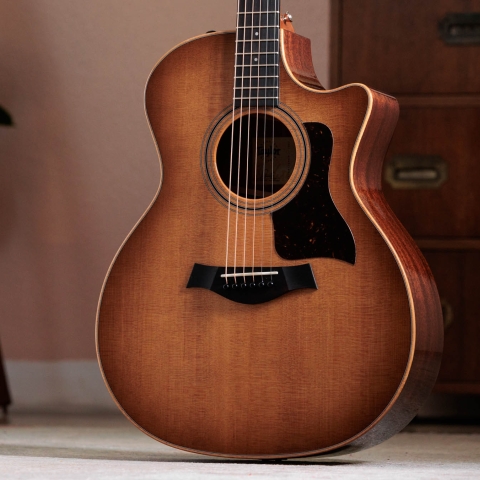
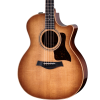 SEB
SEB
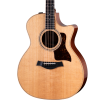 Natural
Natural
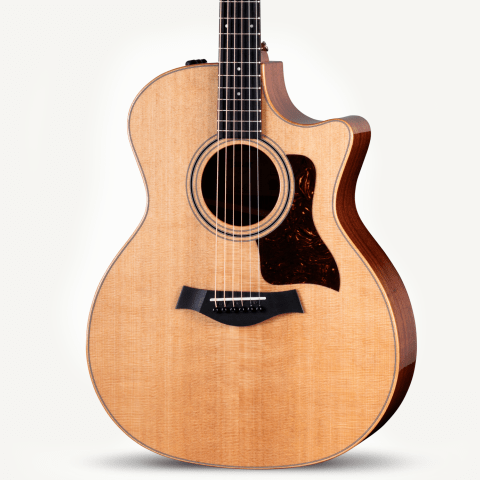
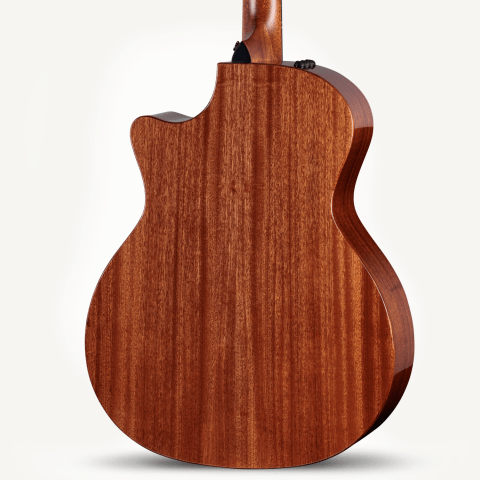
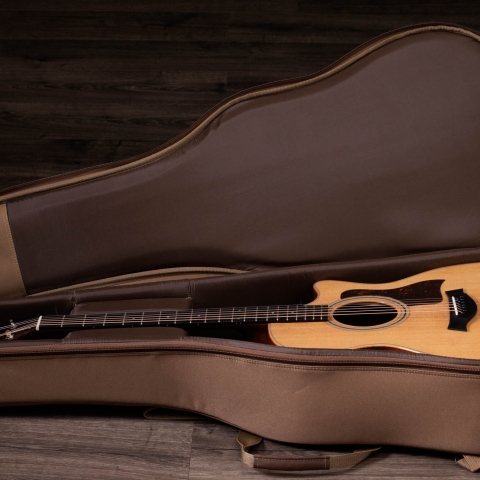
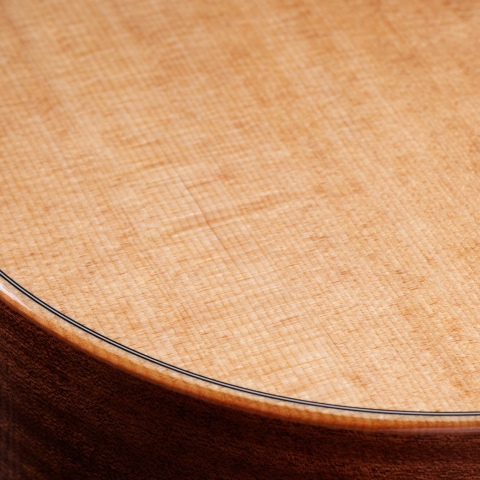
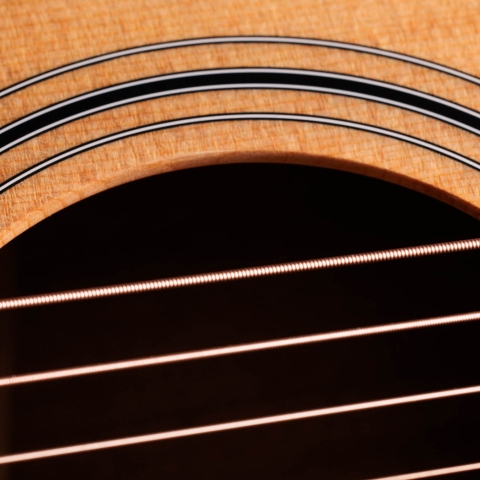
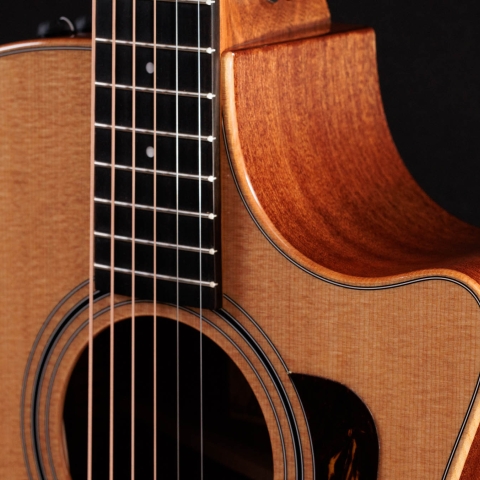
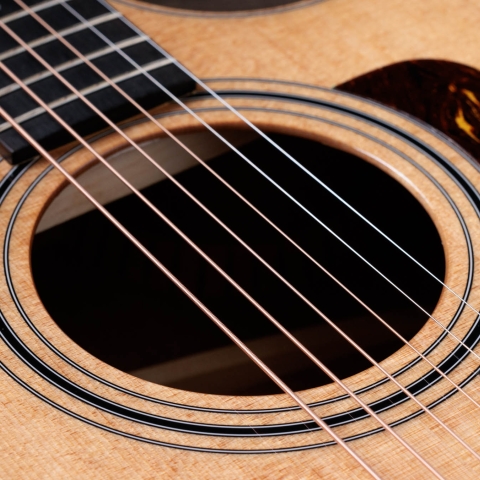
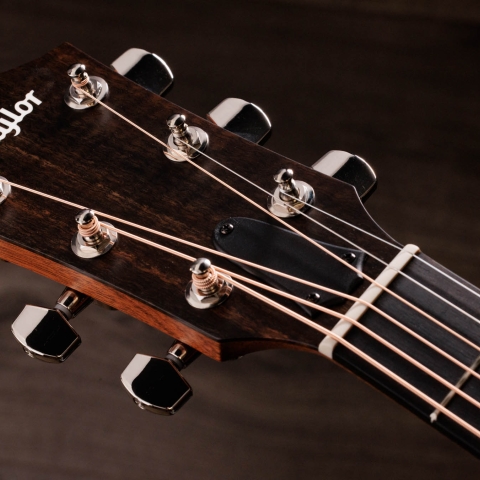
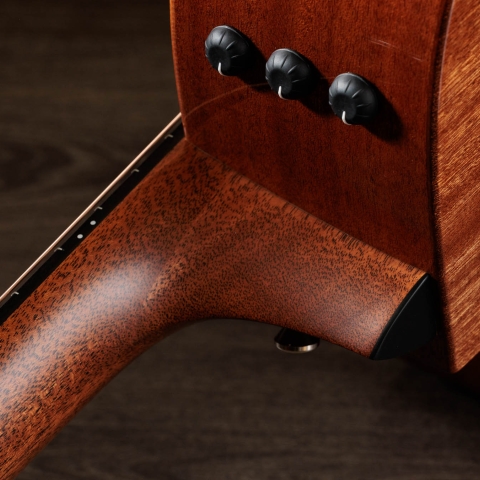
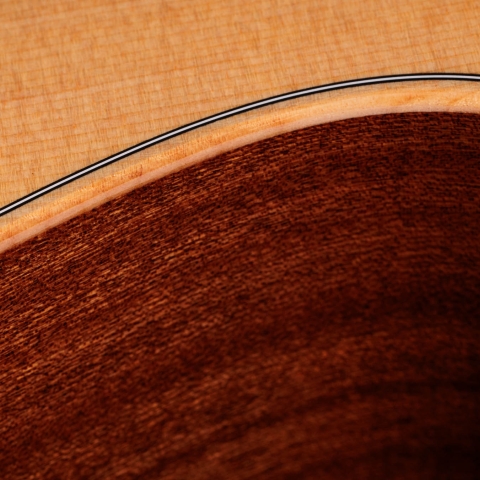
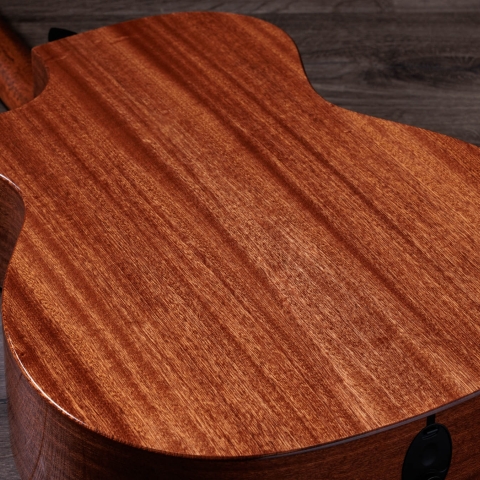
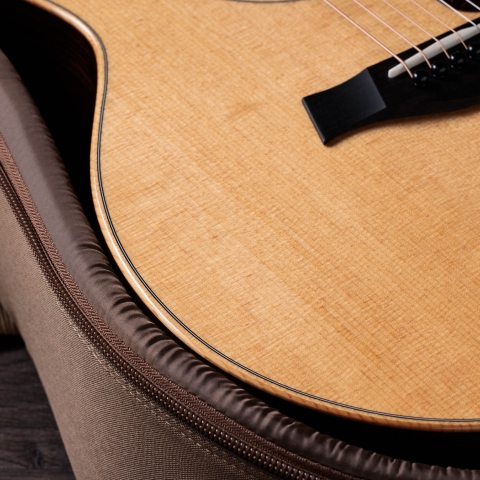
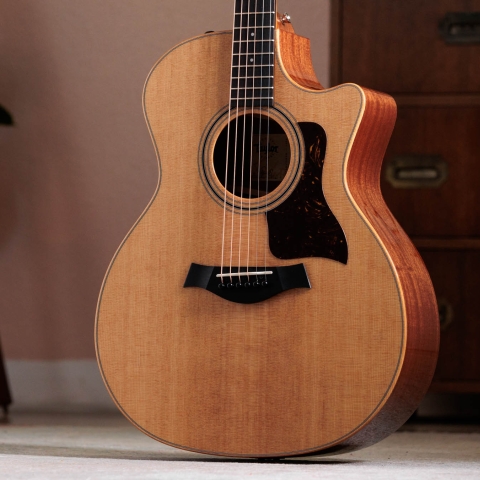
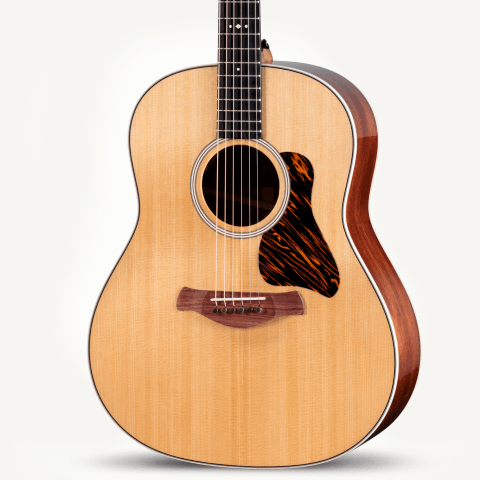
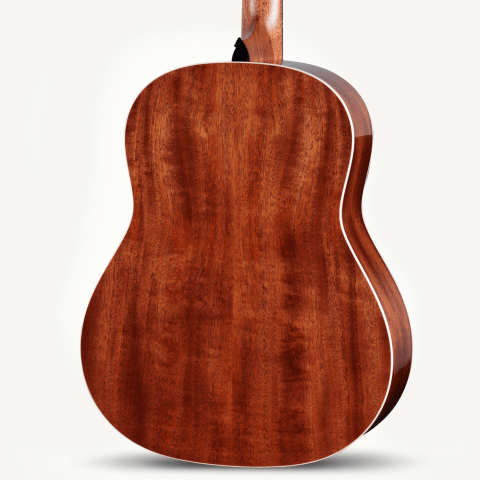
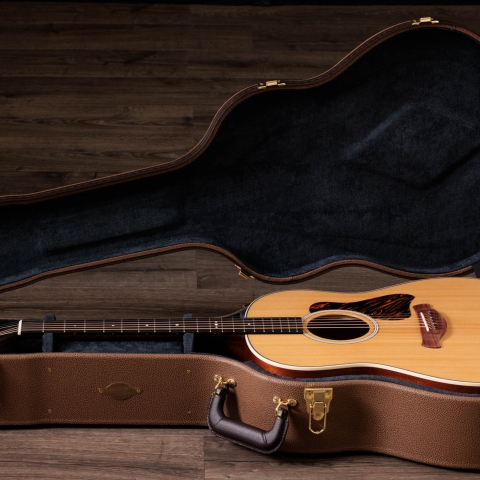
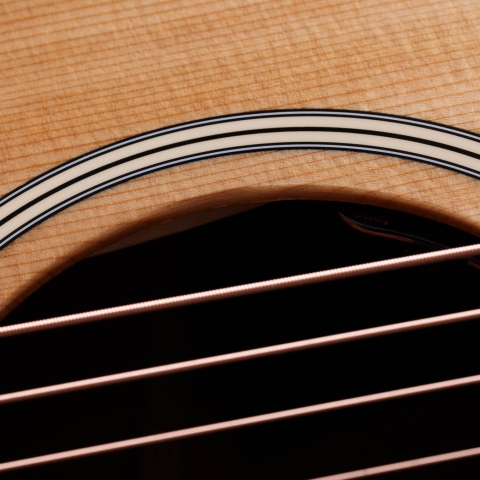
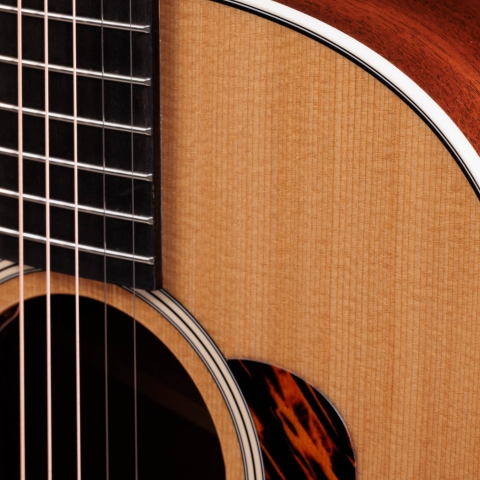
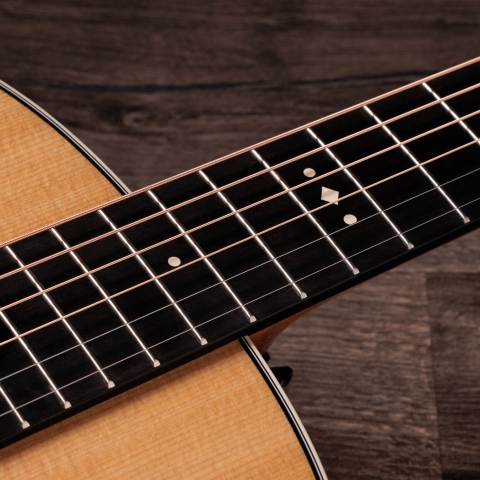
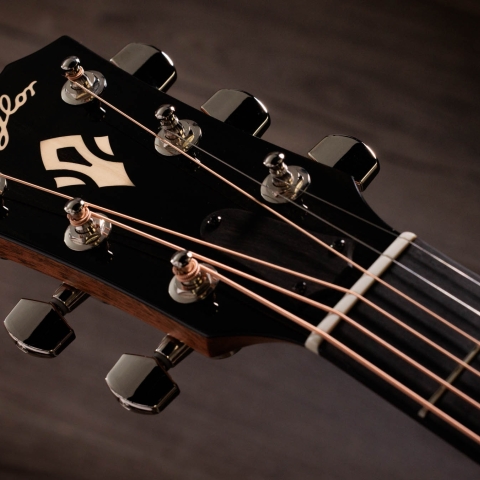
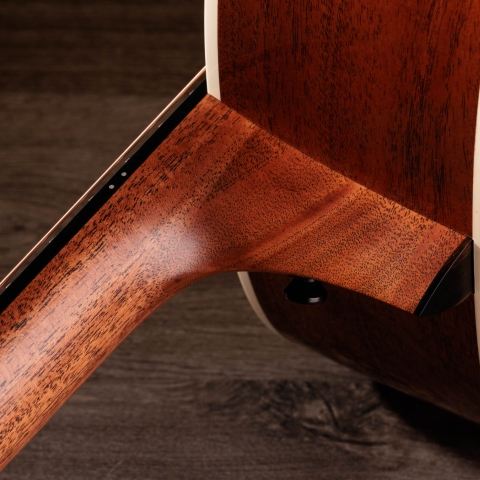
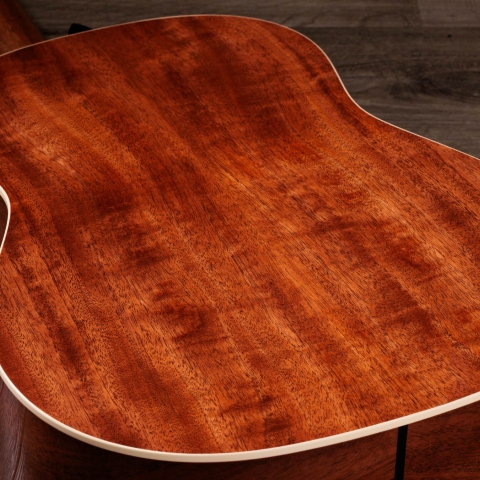
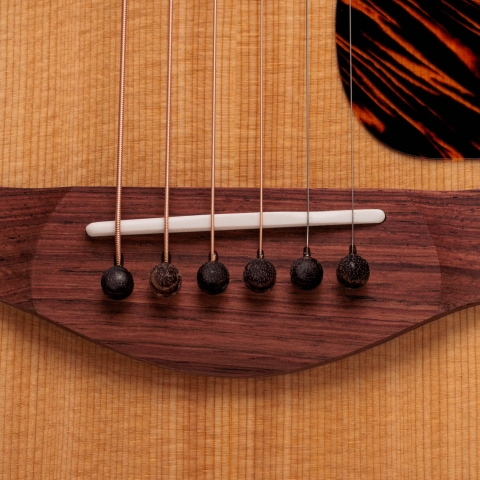
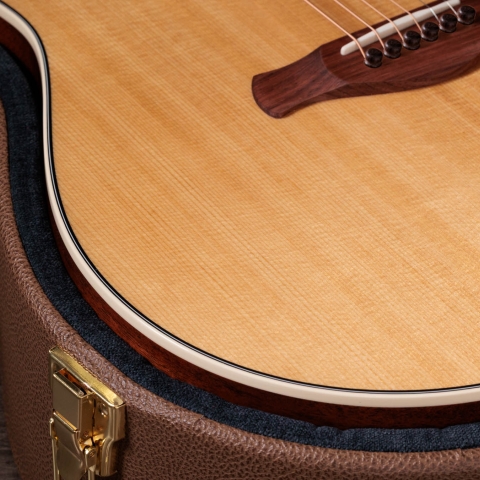
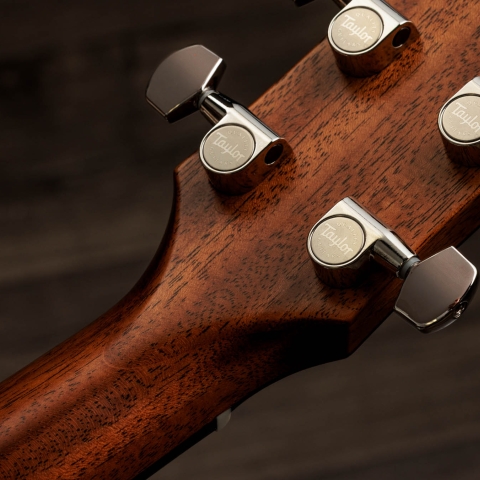
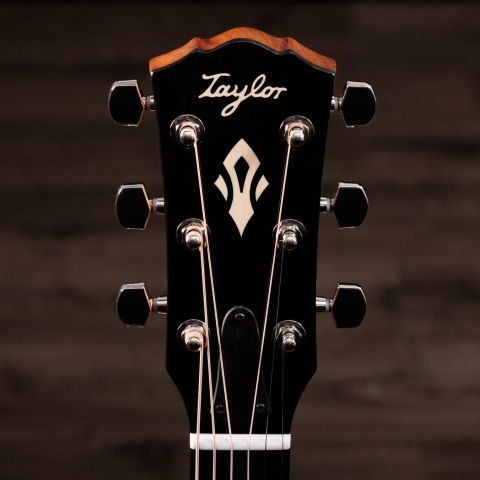
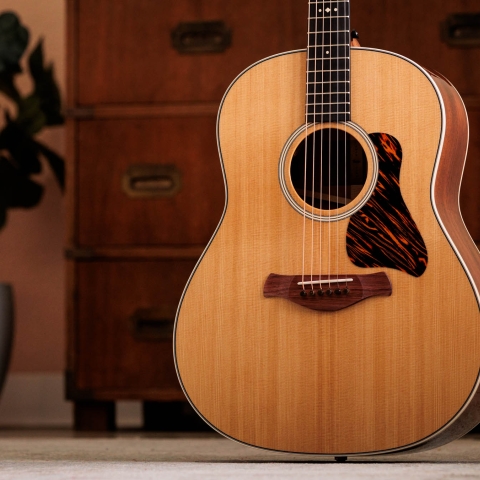
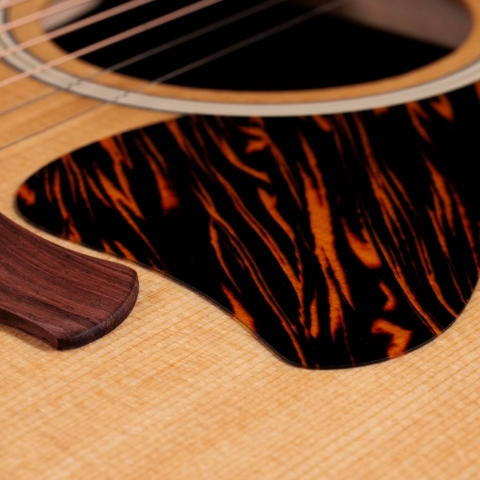
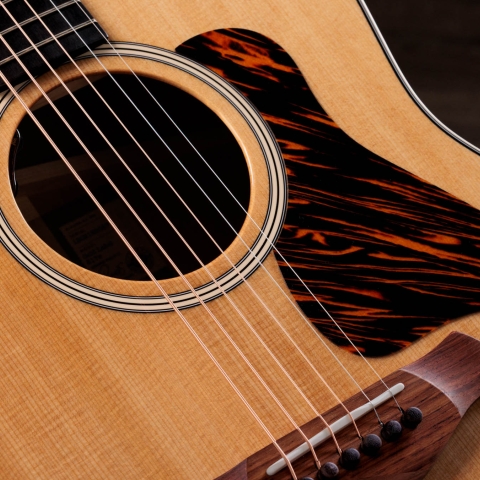
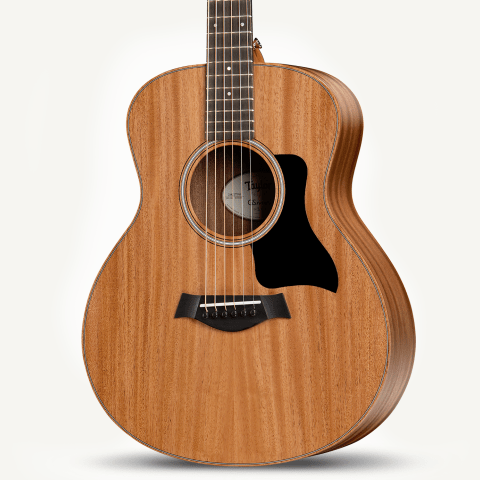
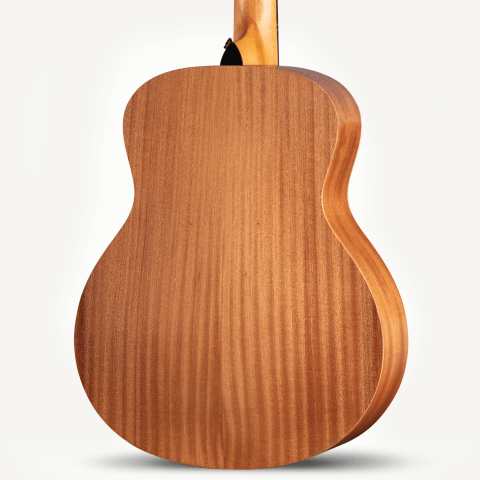
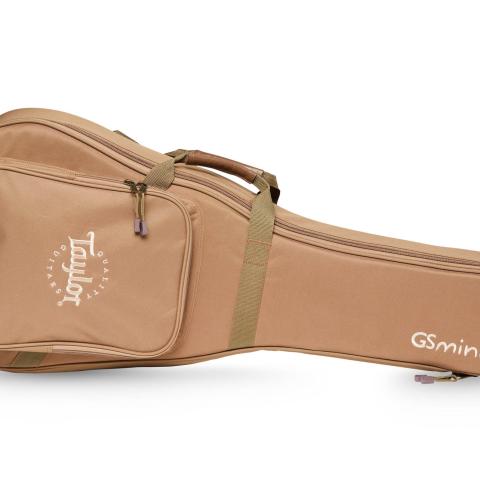
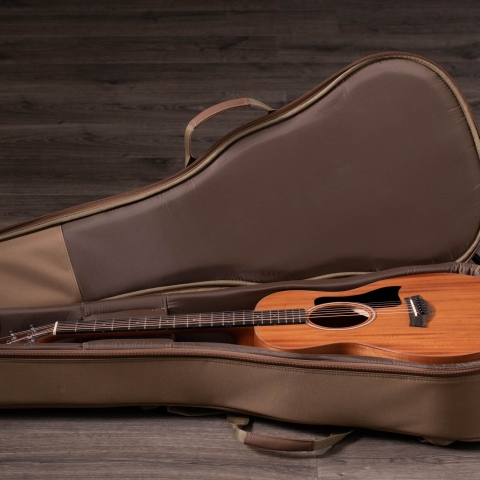
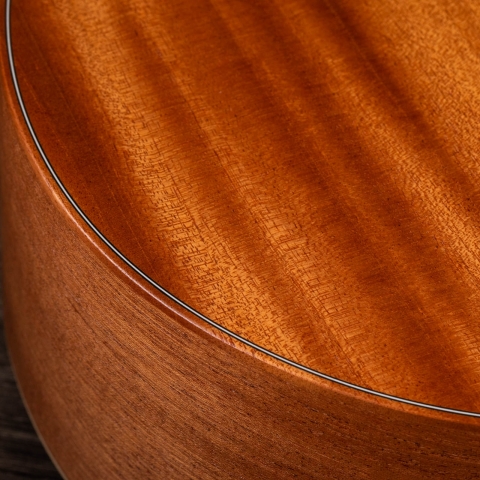
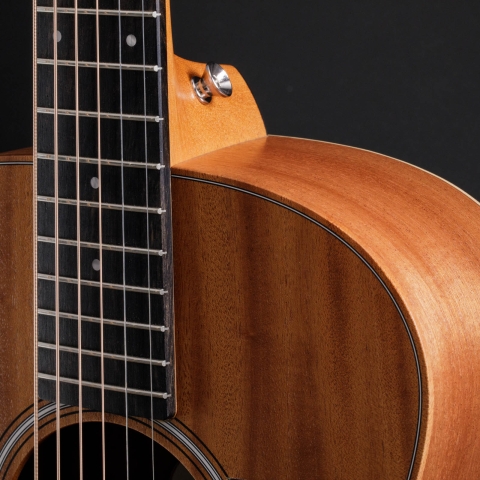
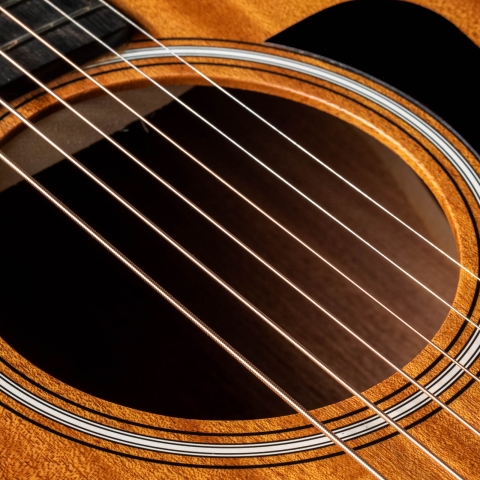
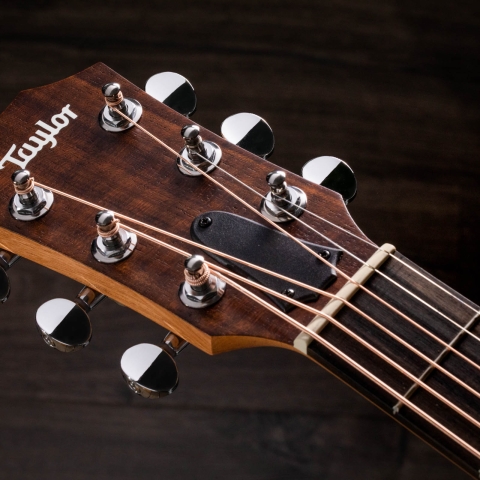
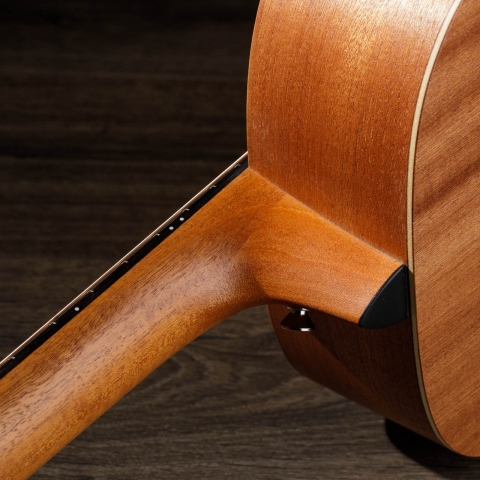
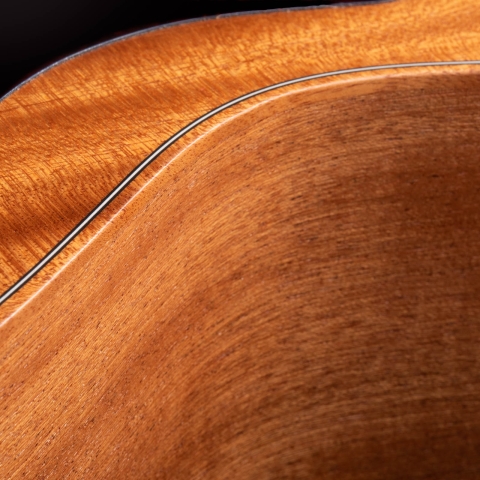
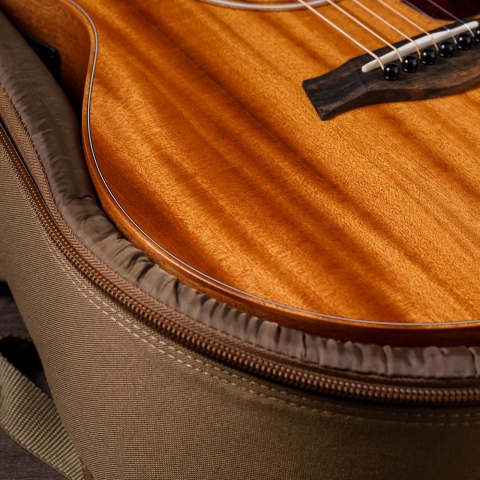

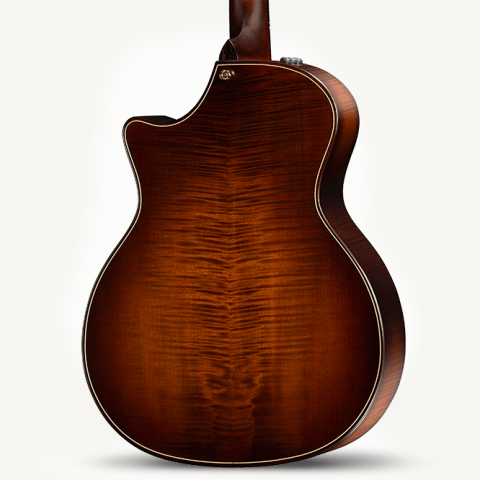
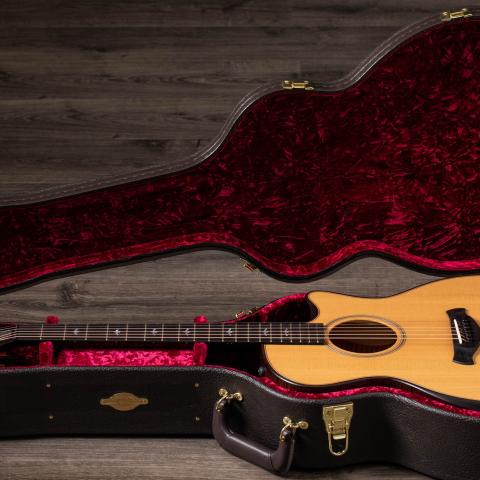
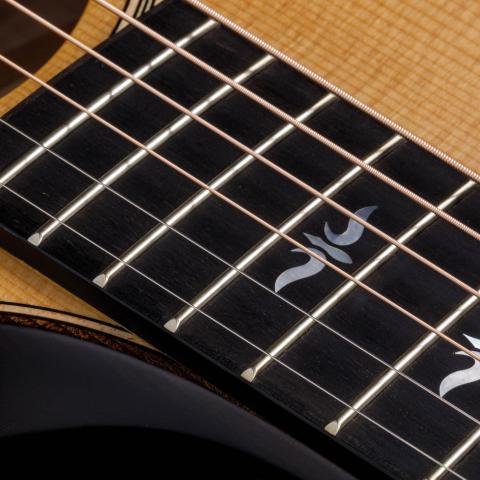
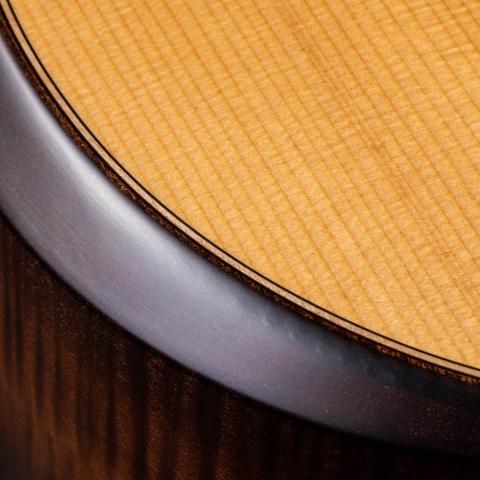
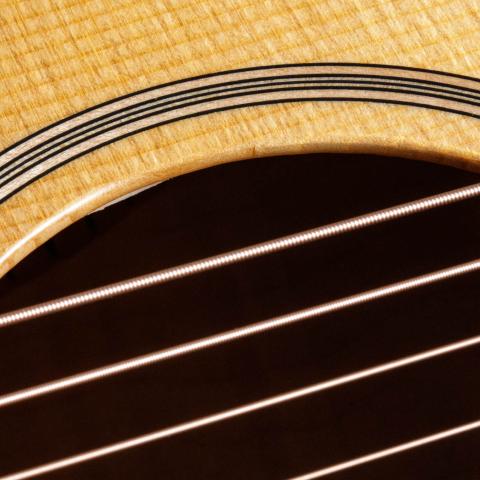
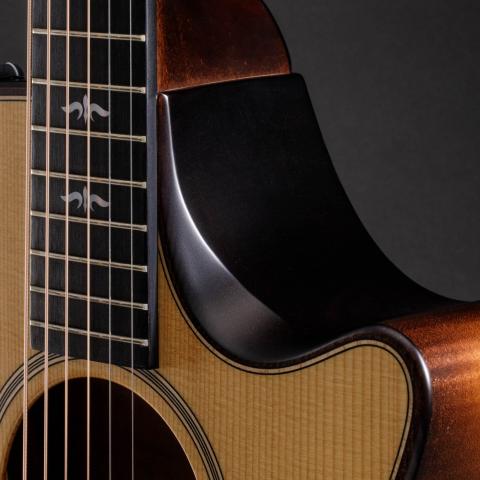
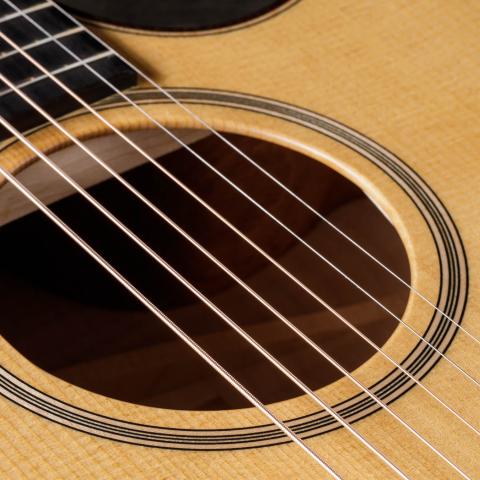
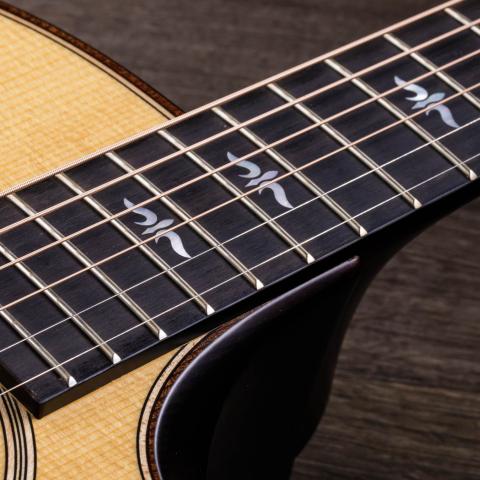
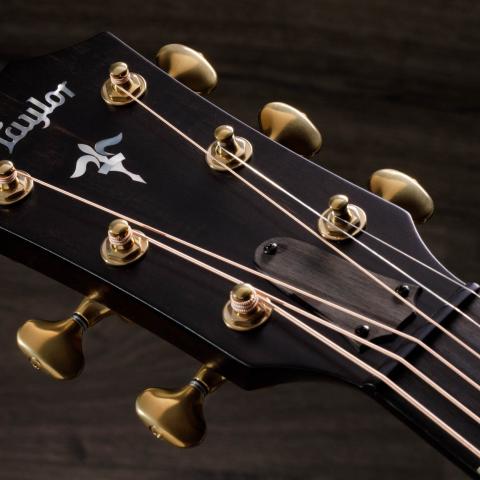
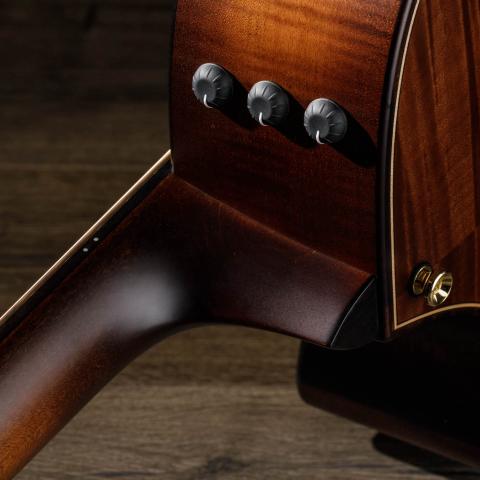
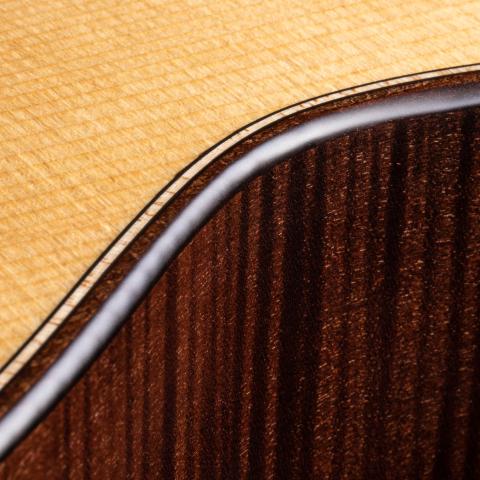
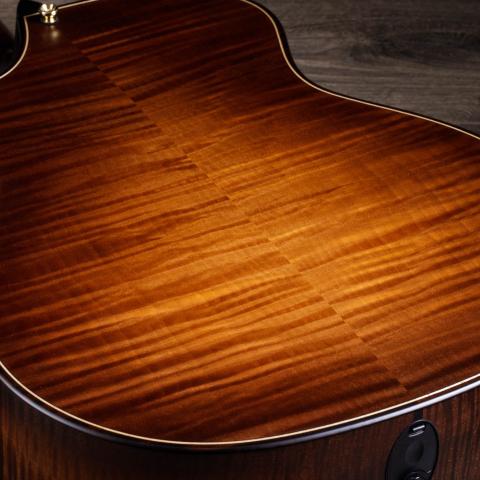
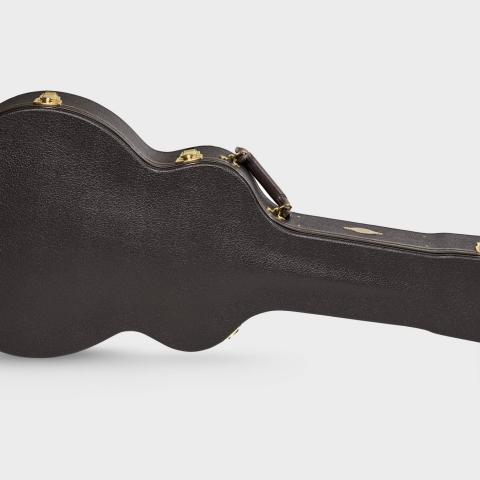
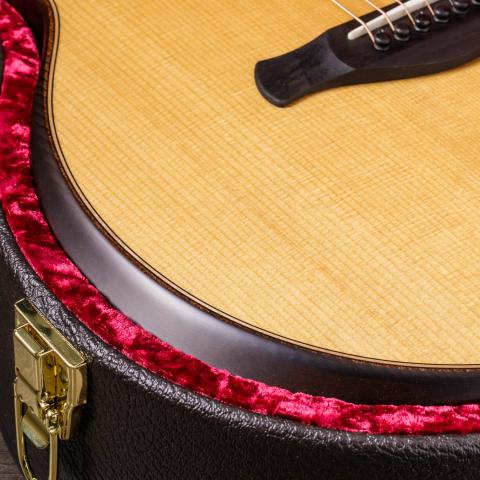
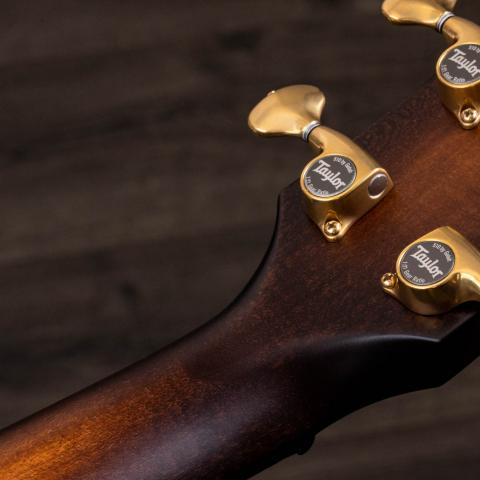
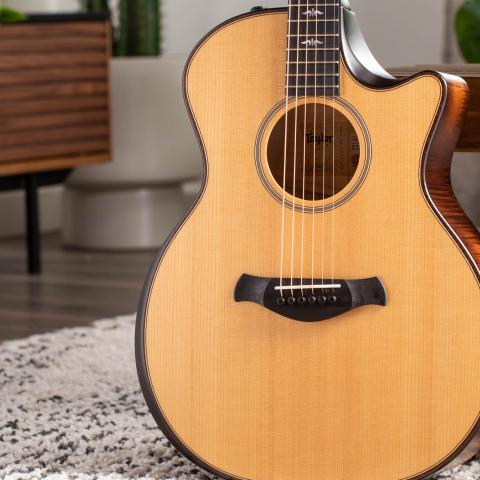
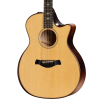 Natural
Natural
 WHB
WHB

